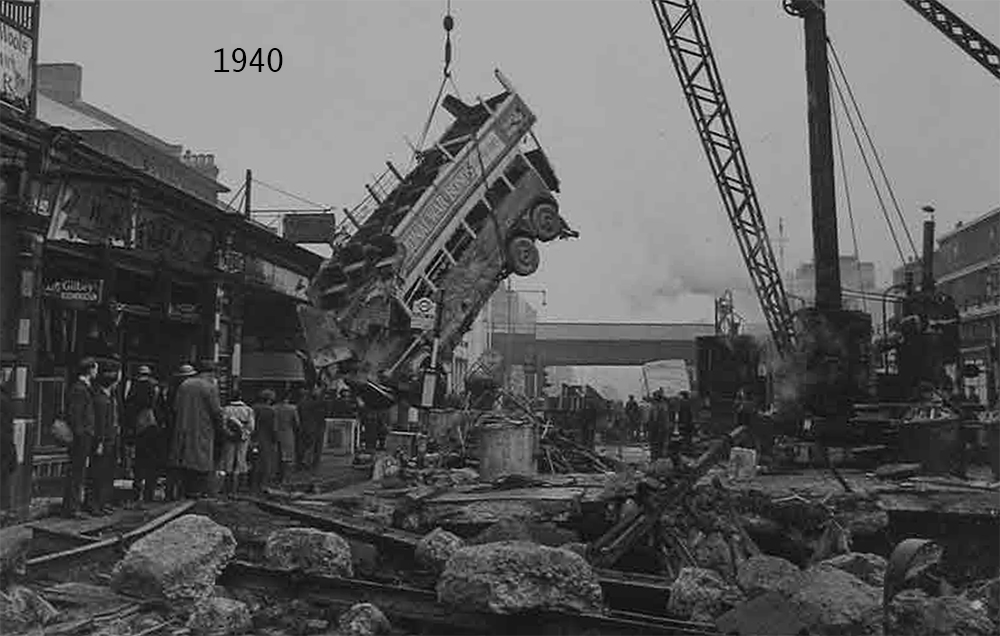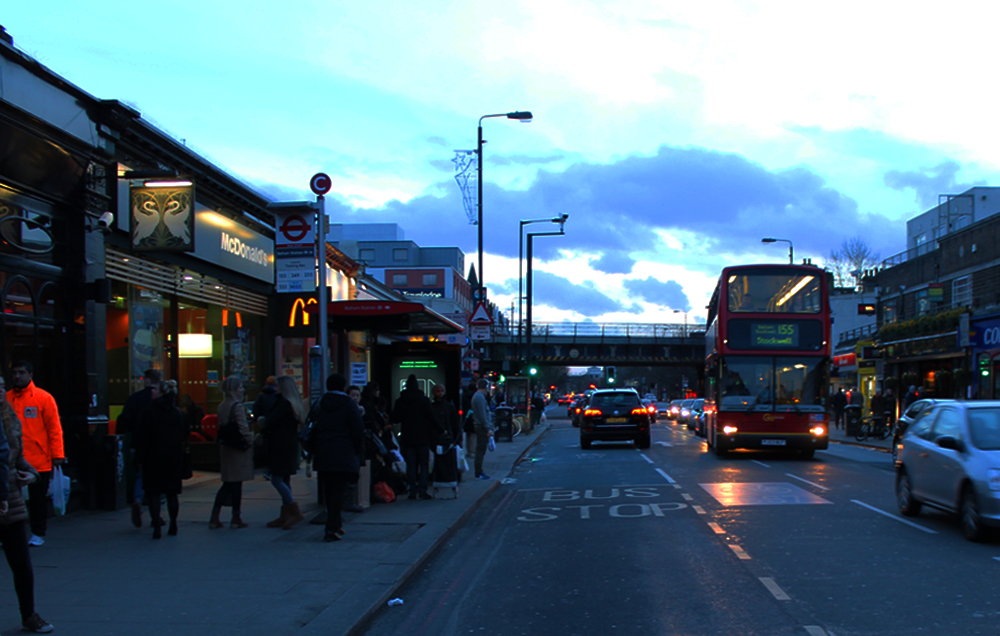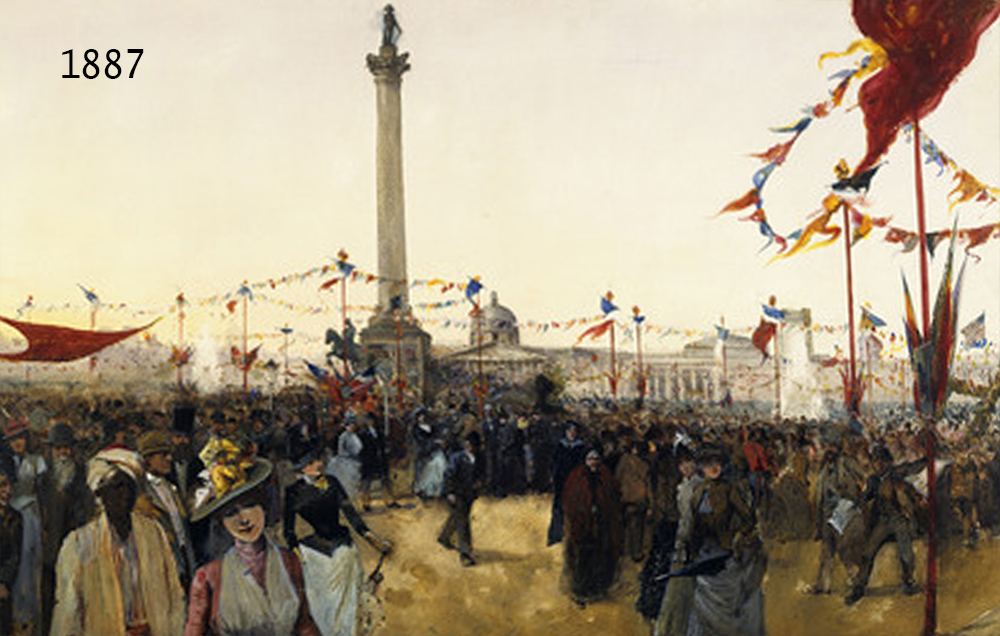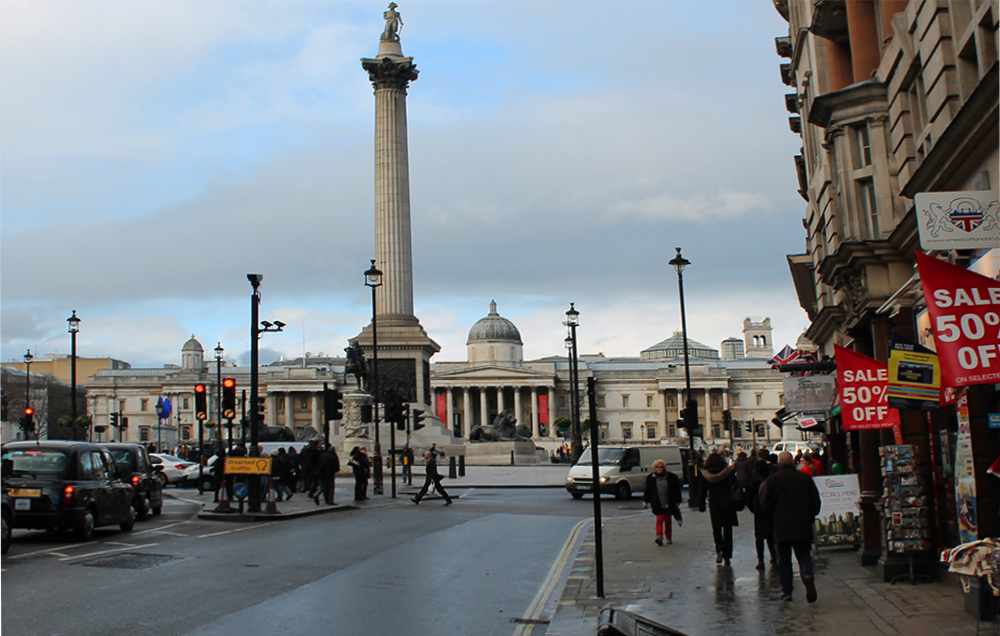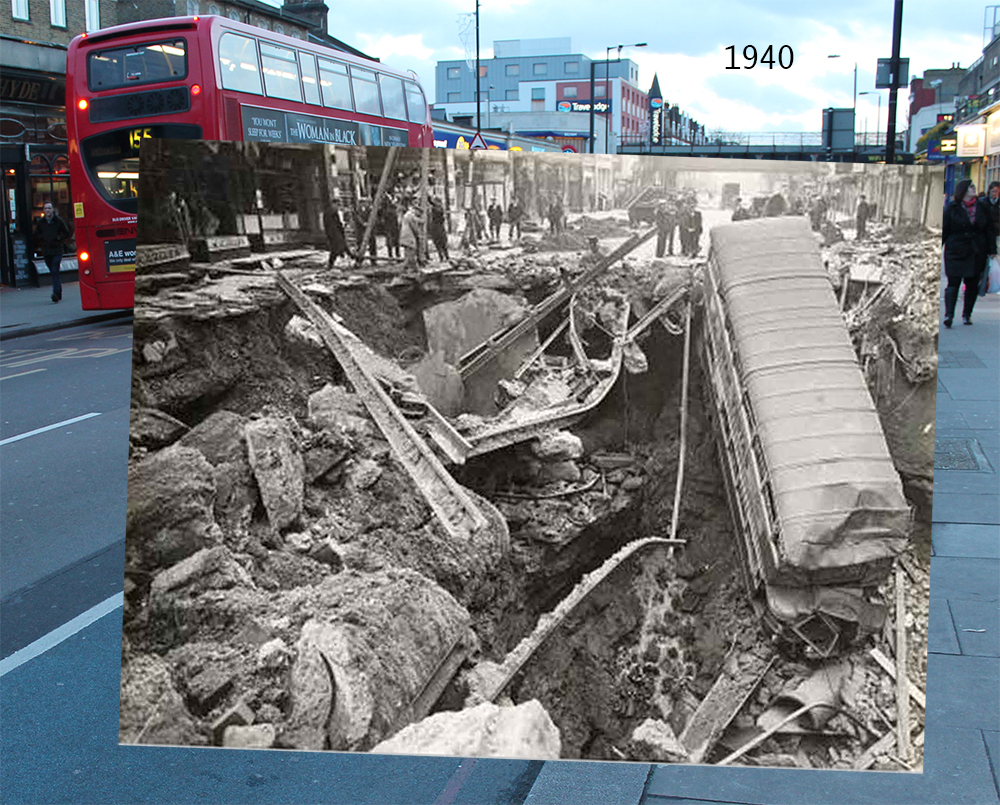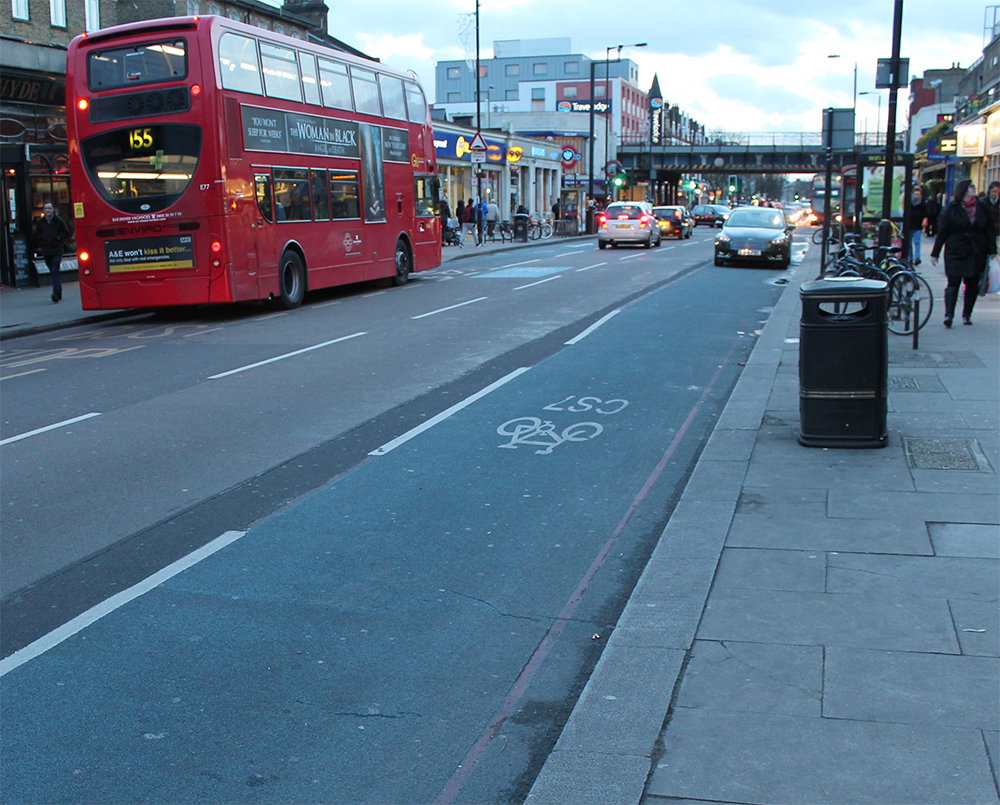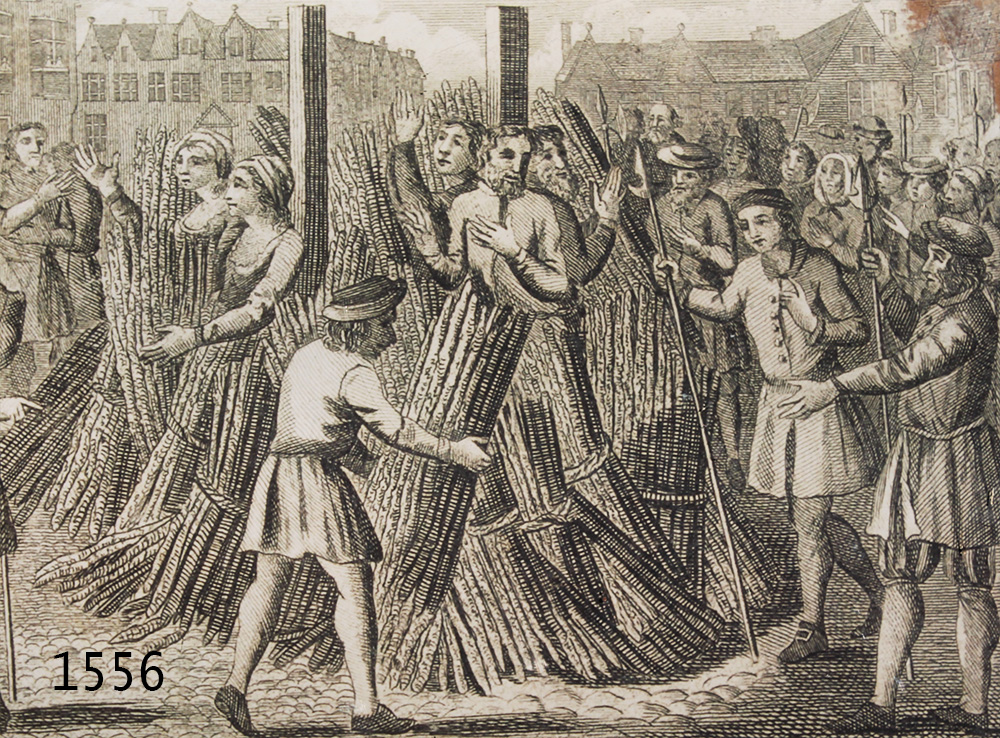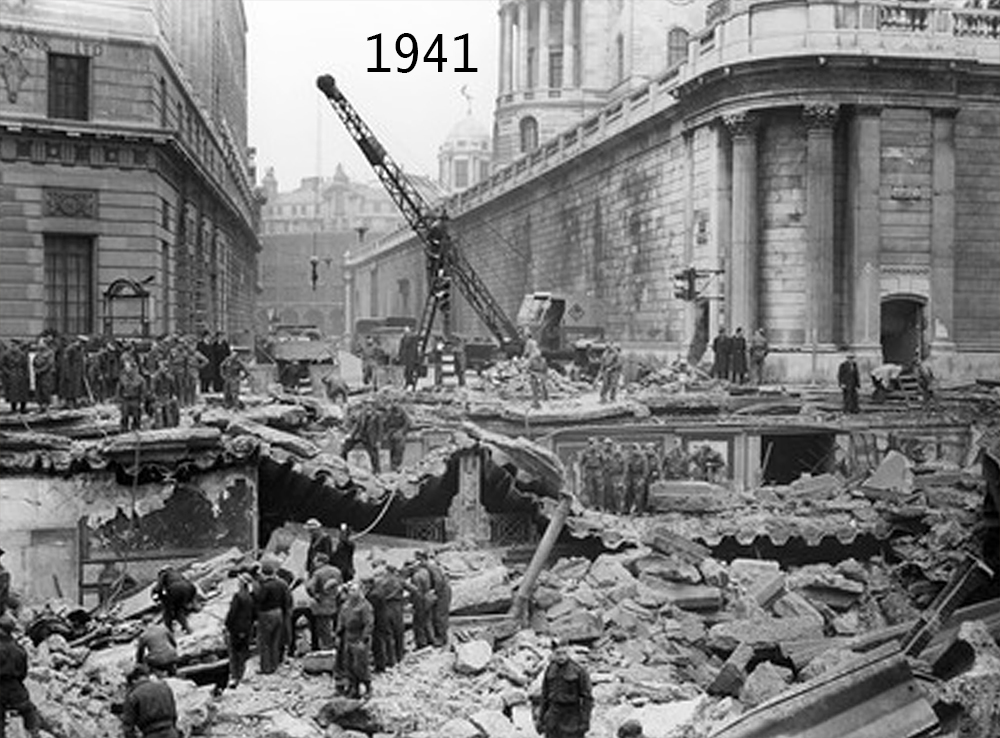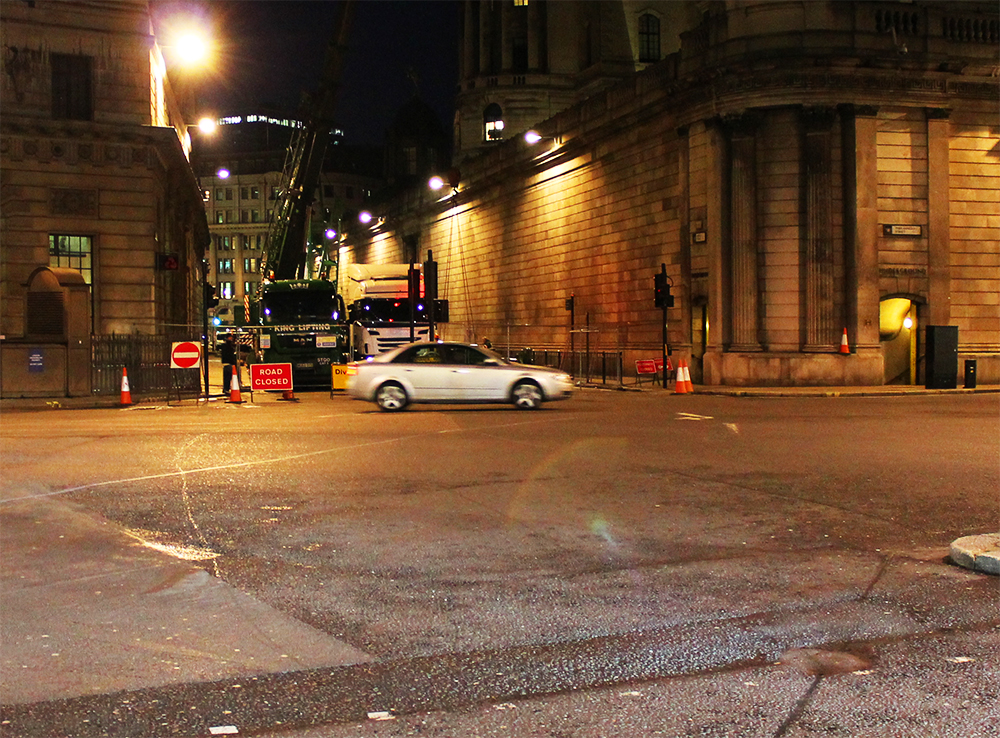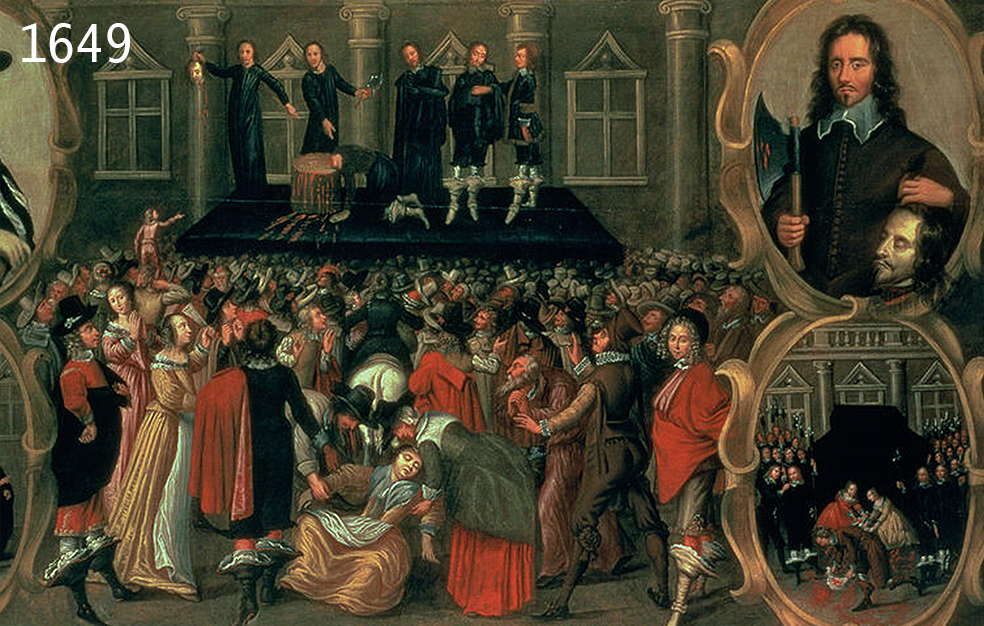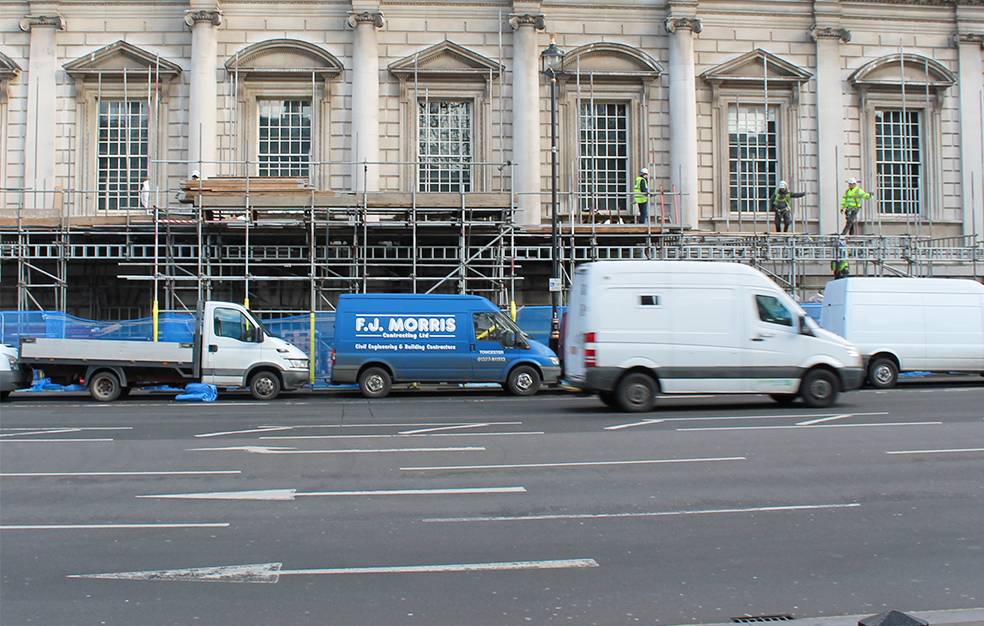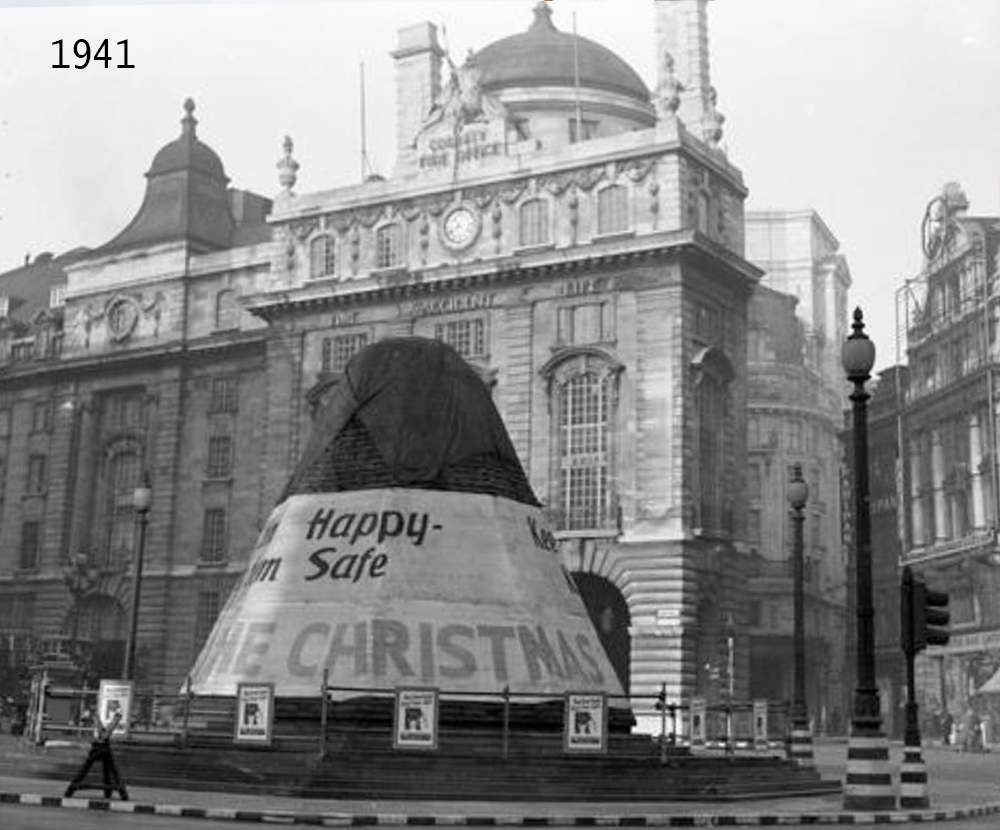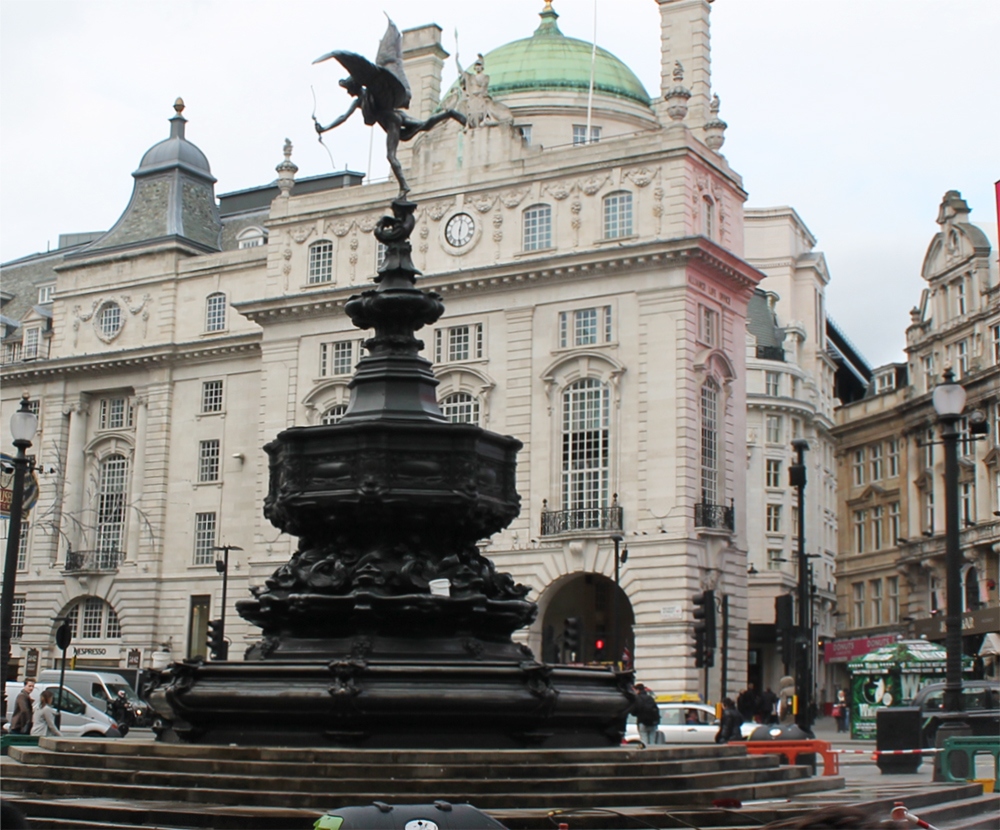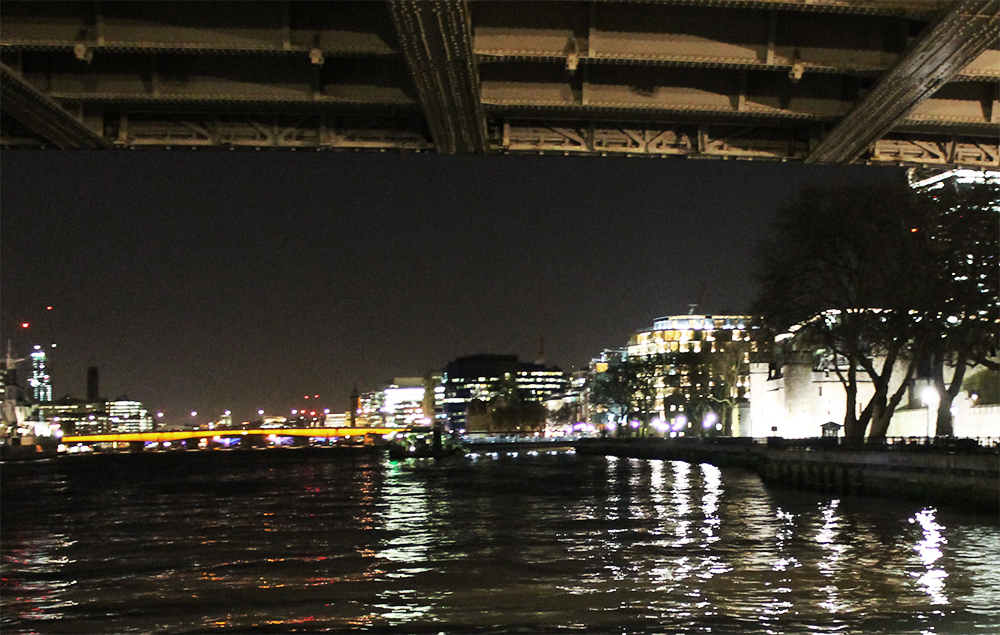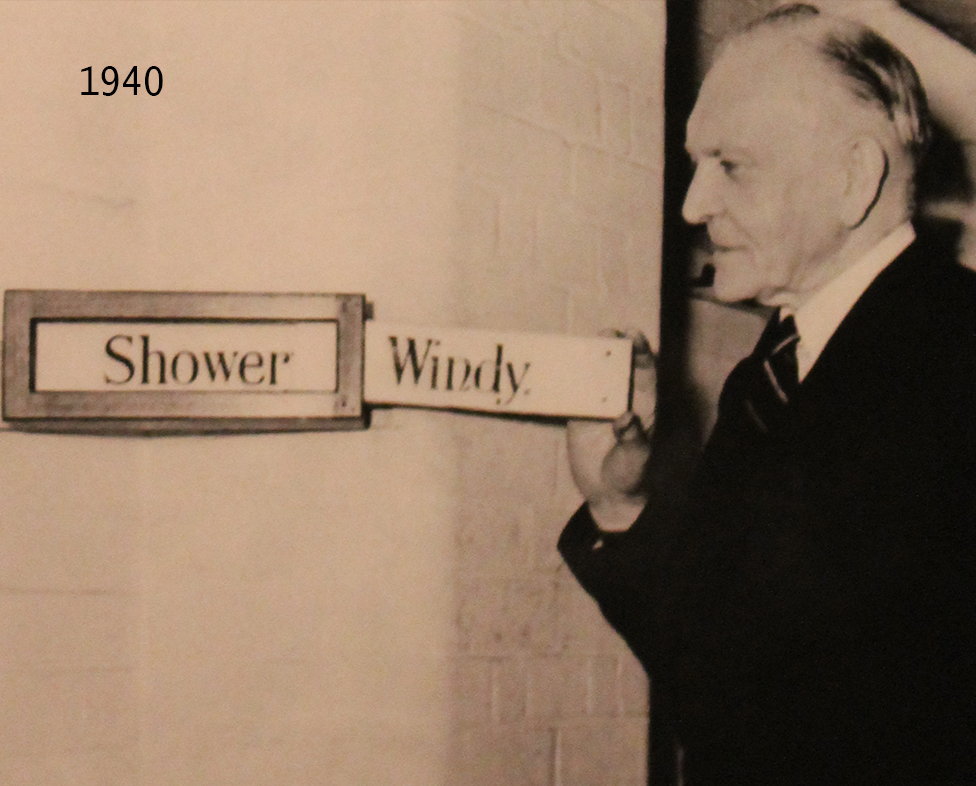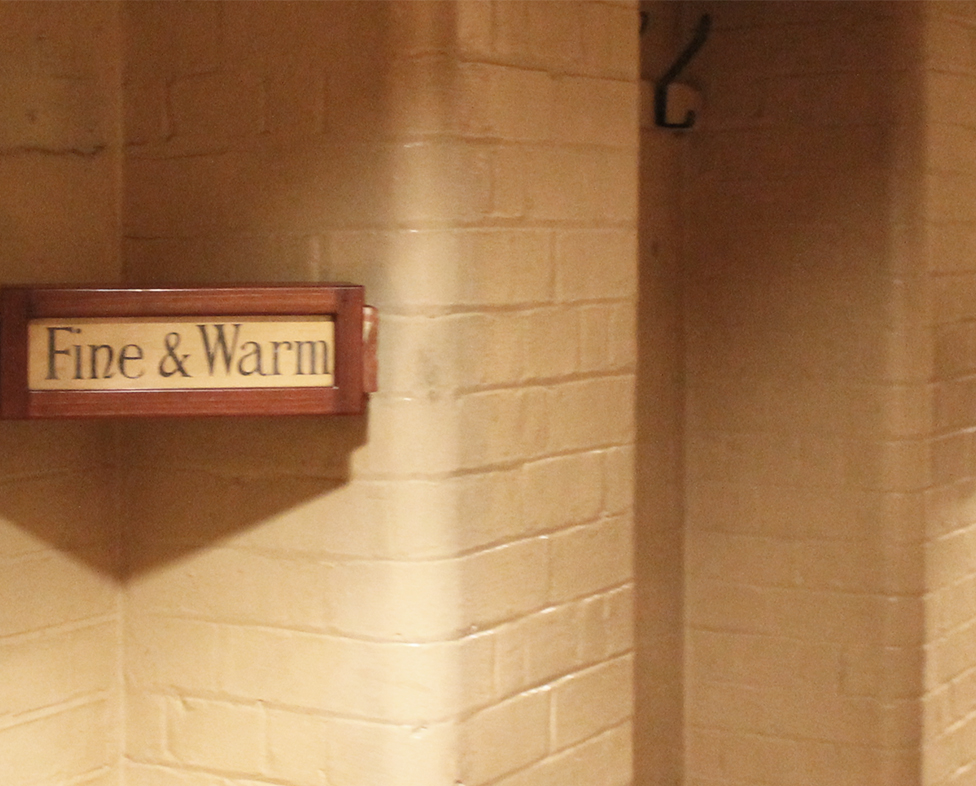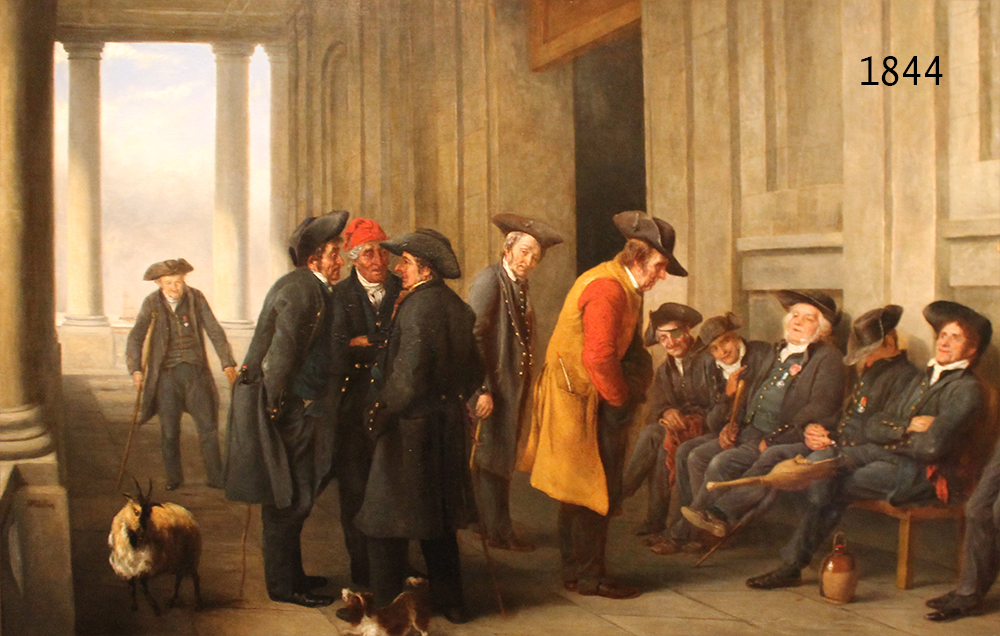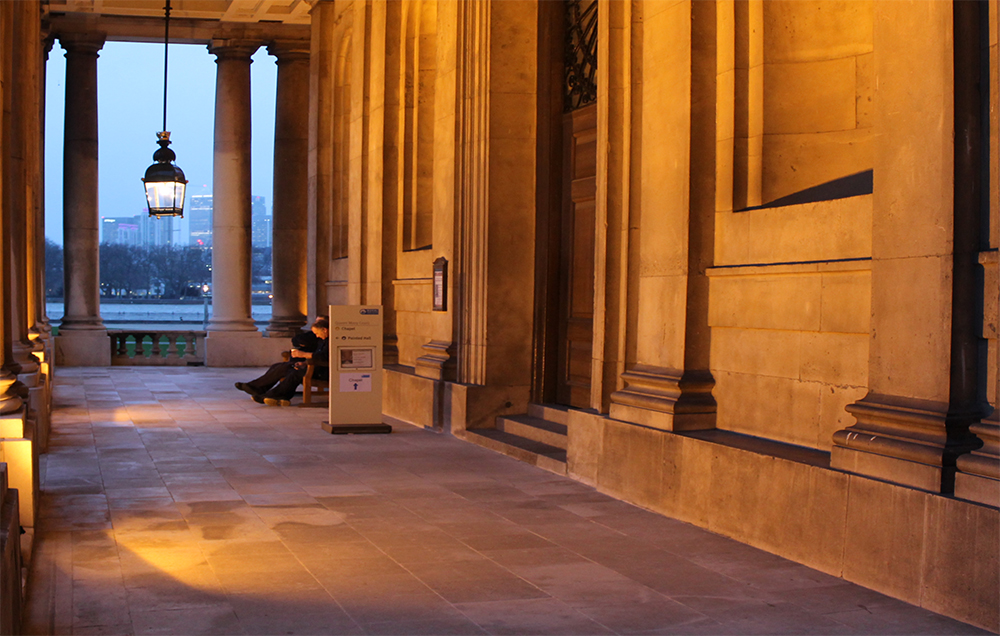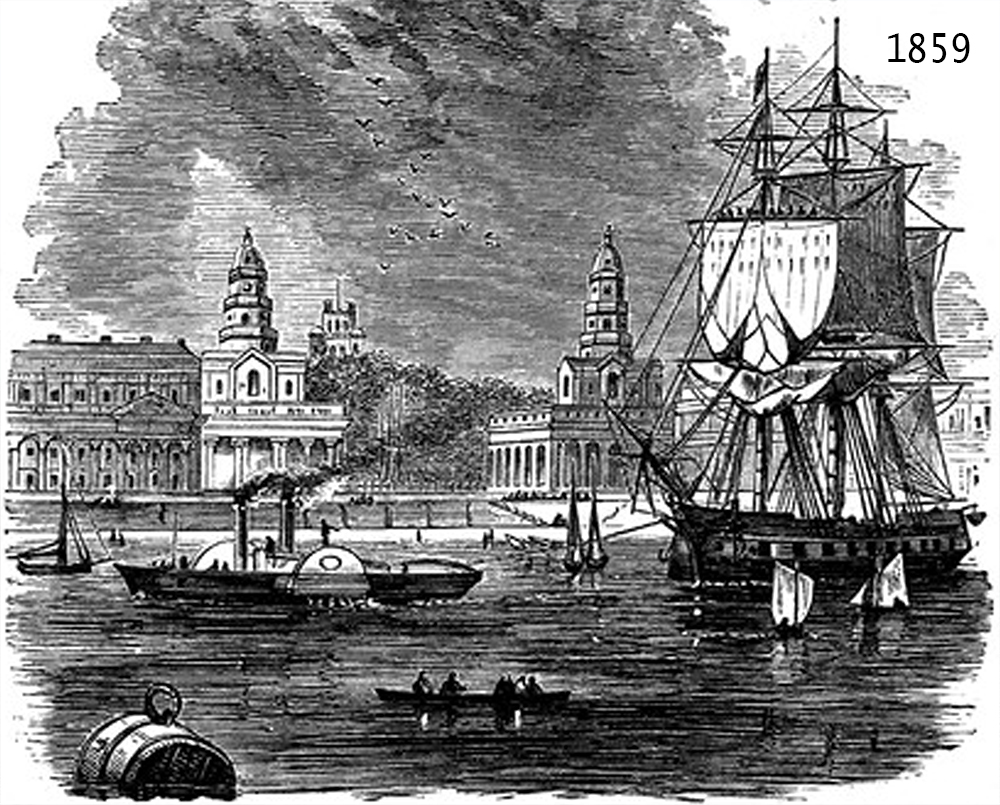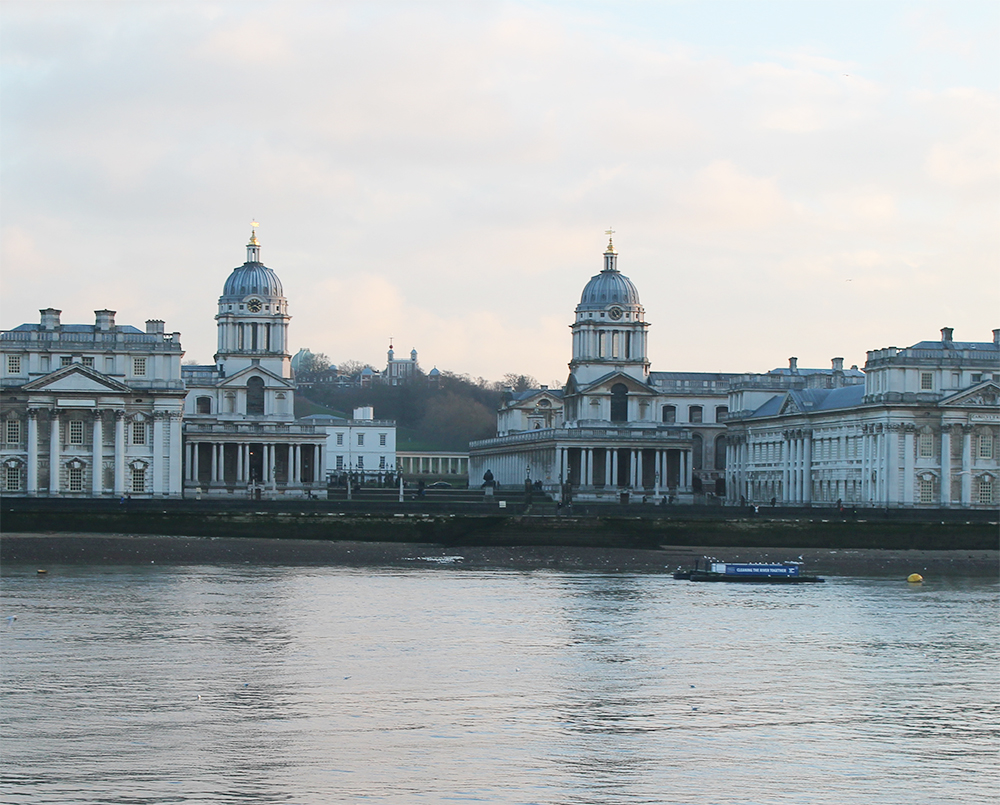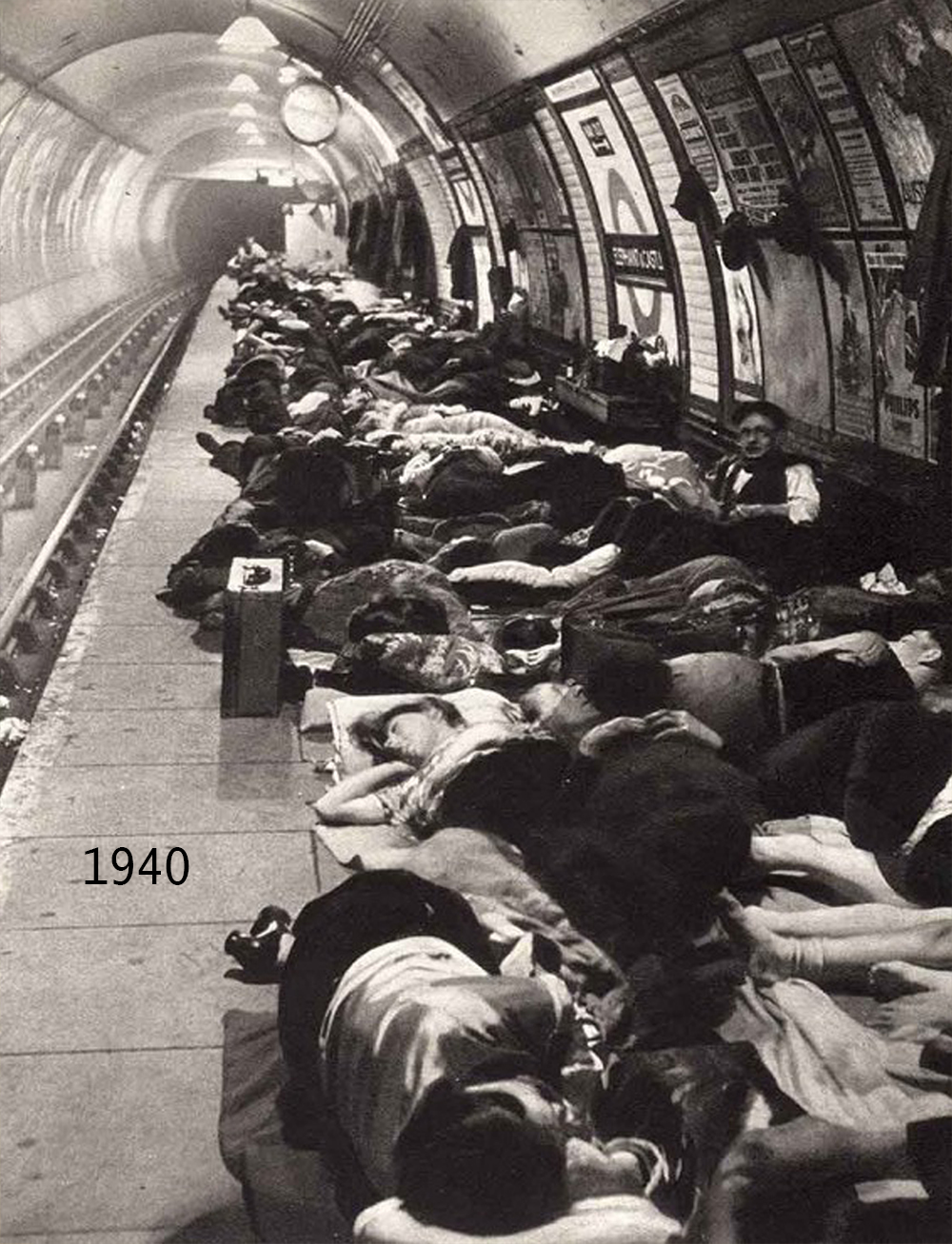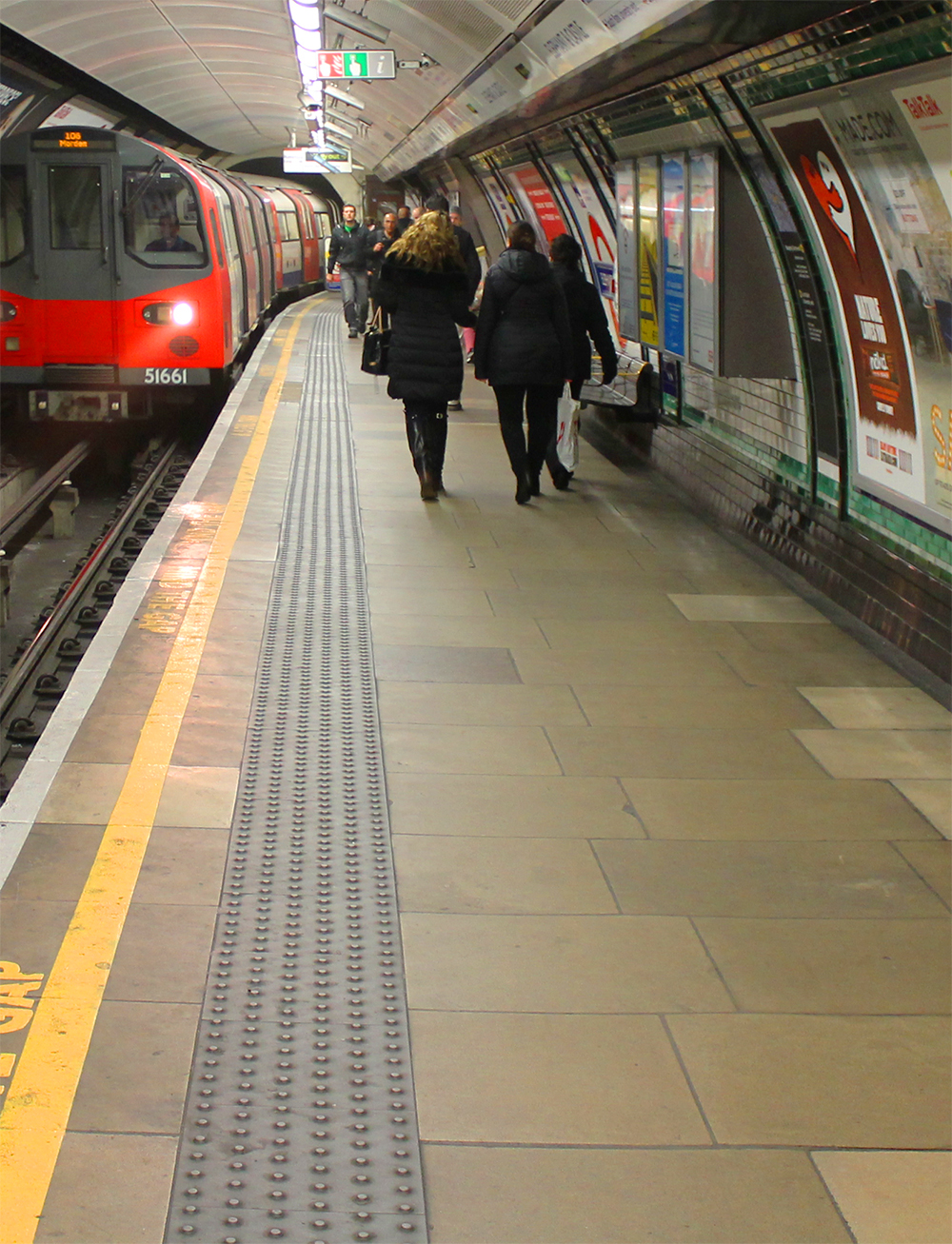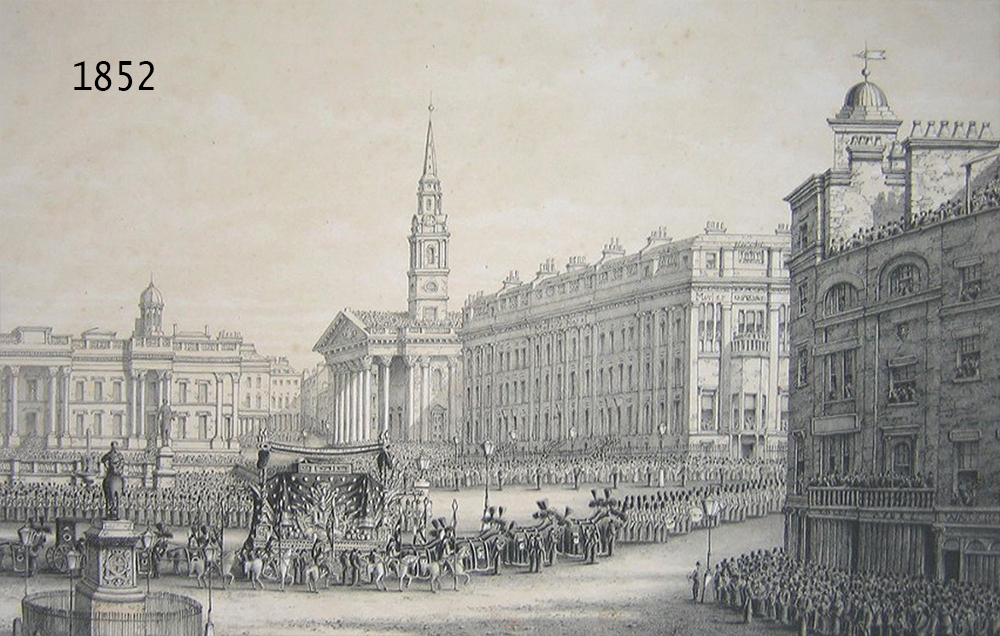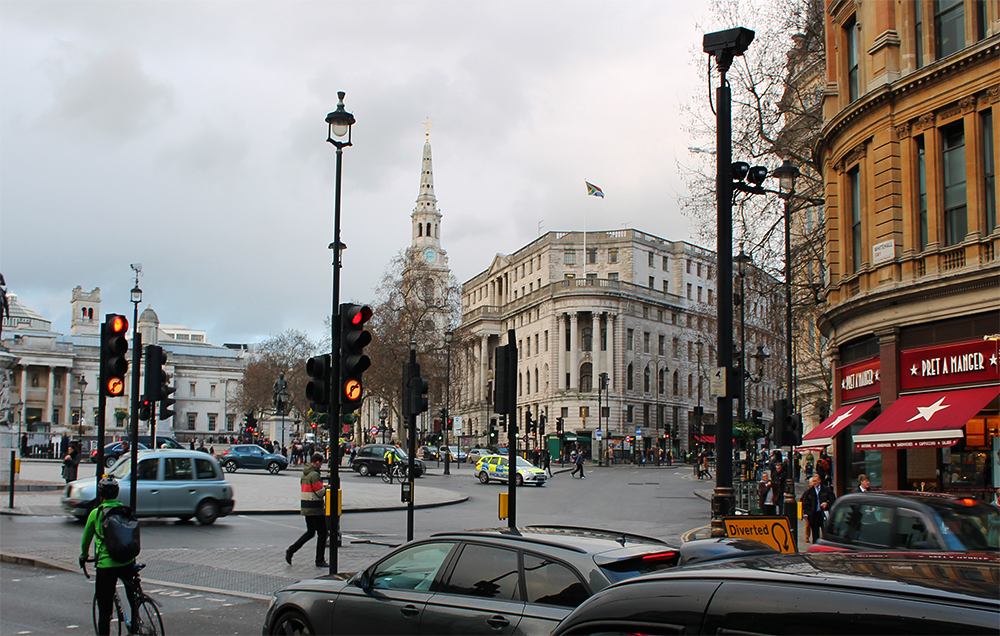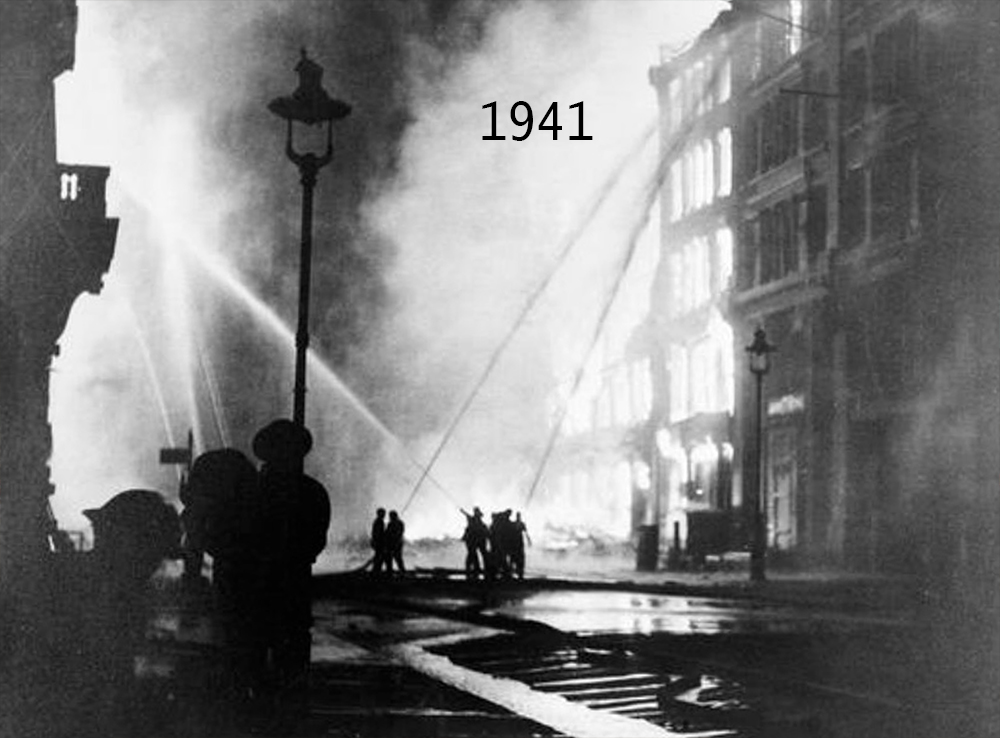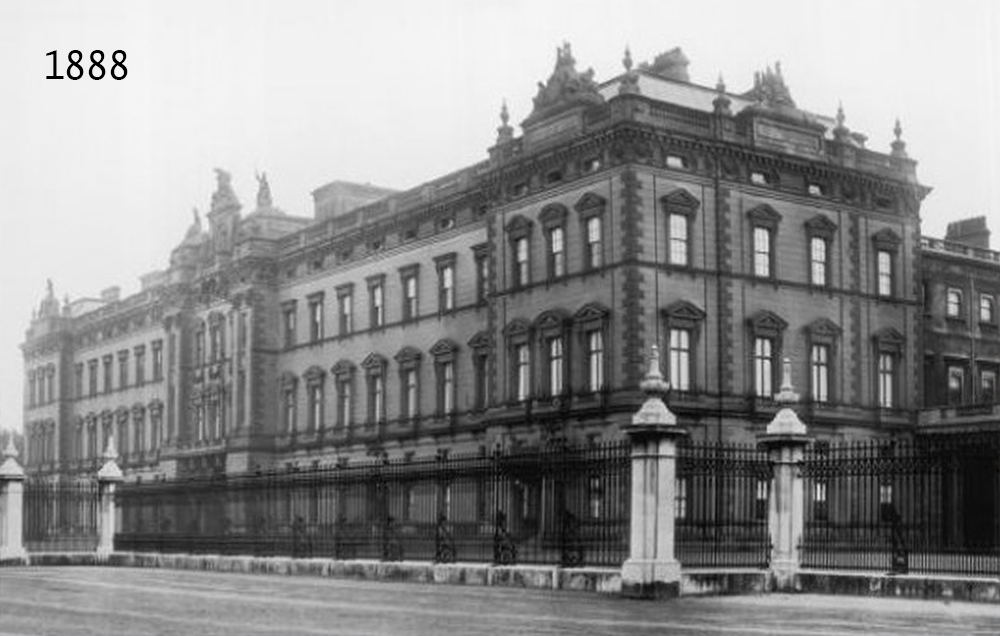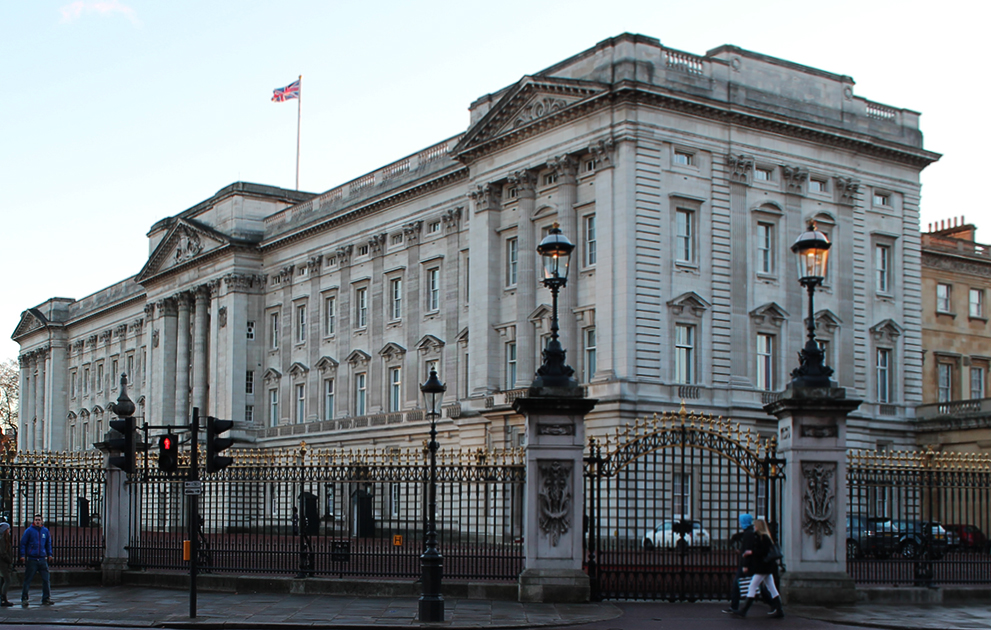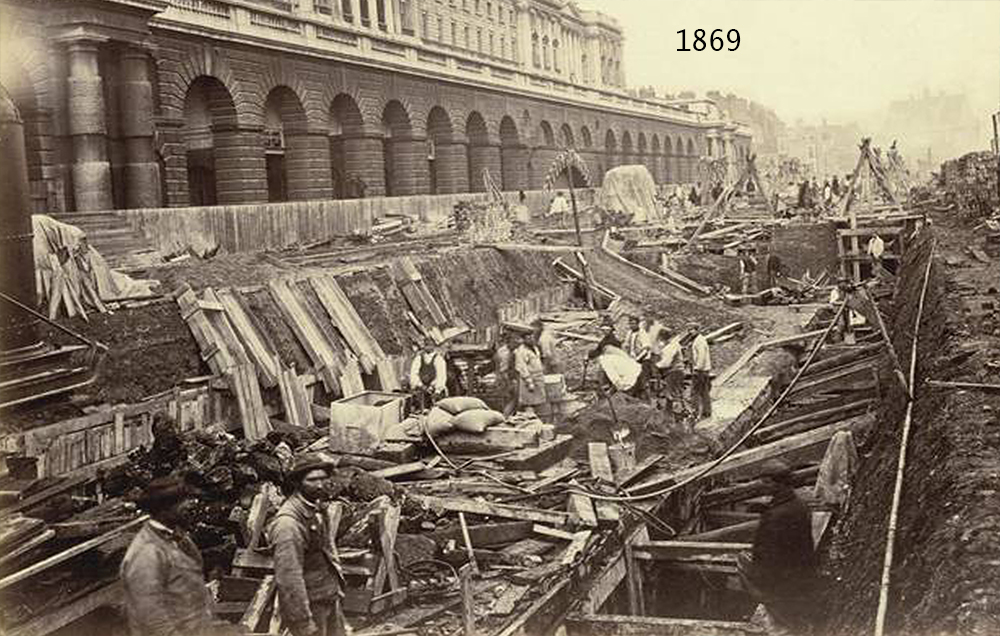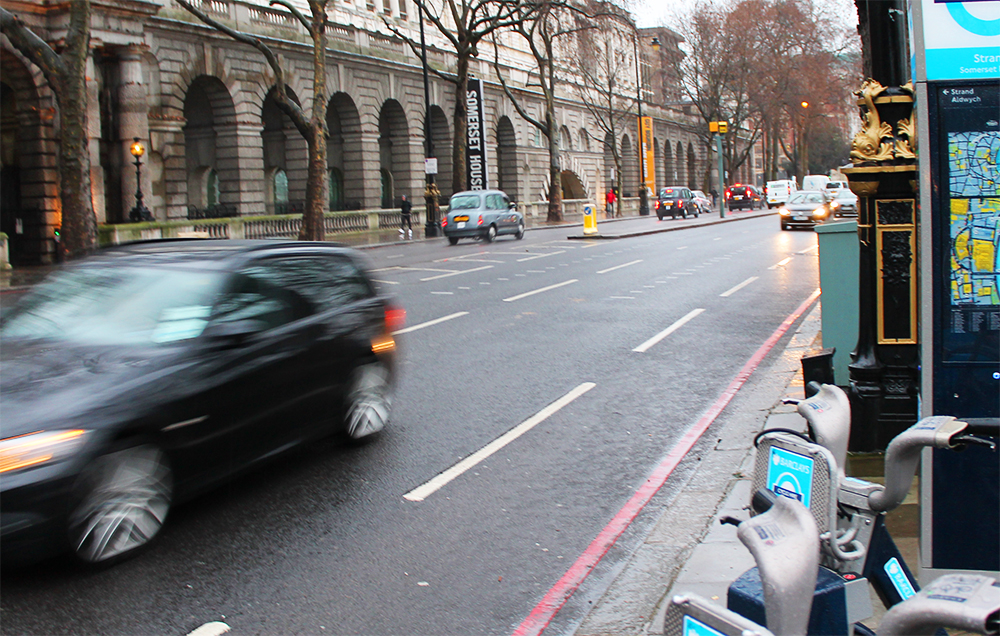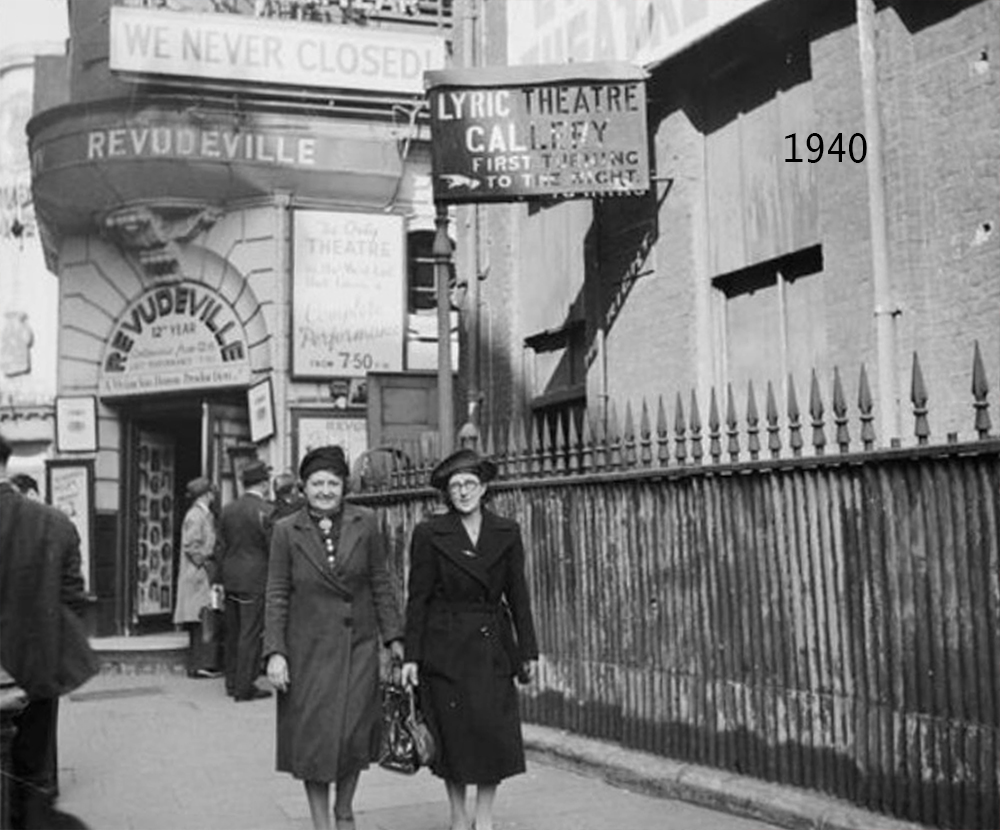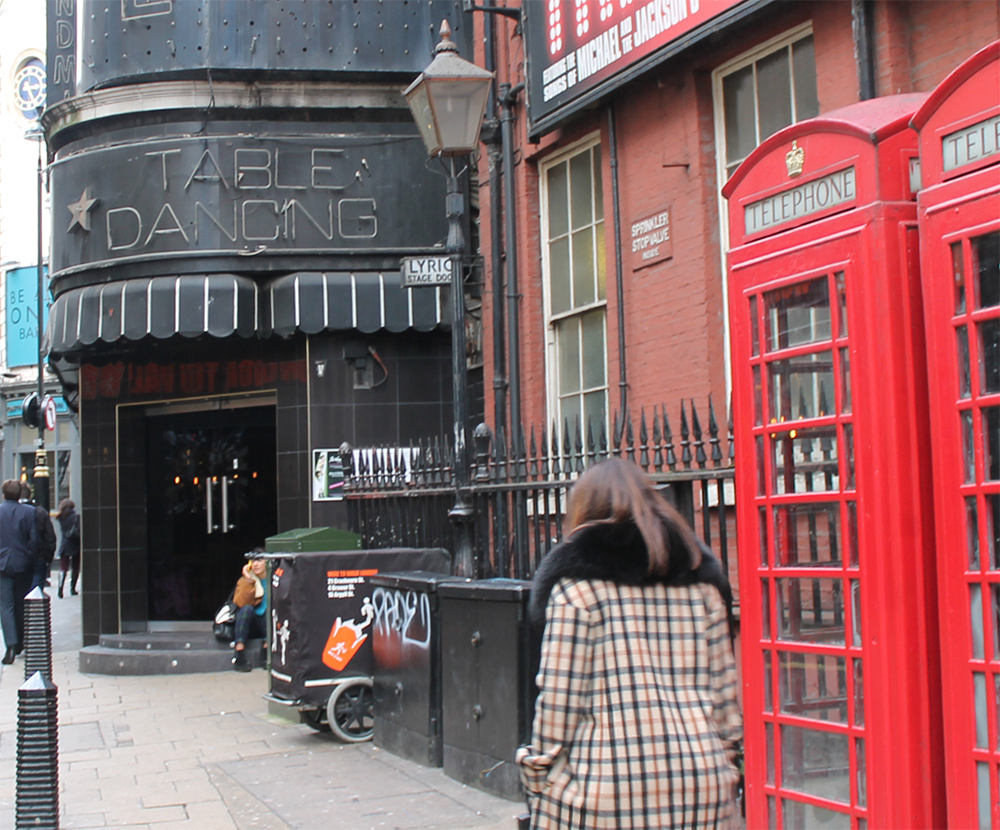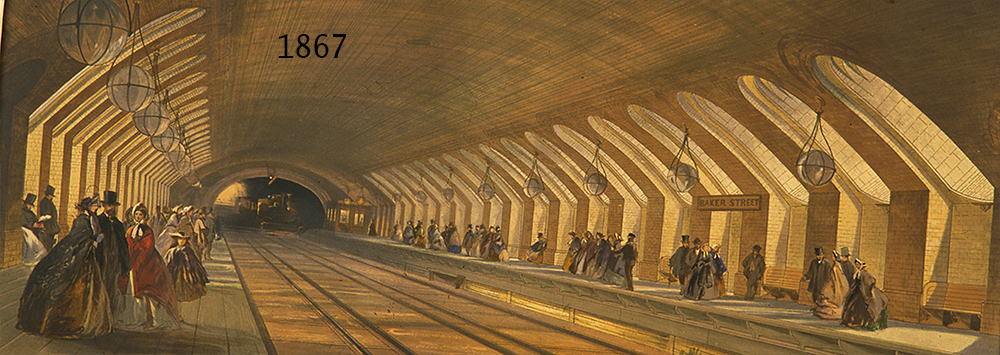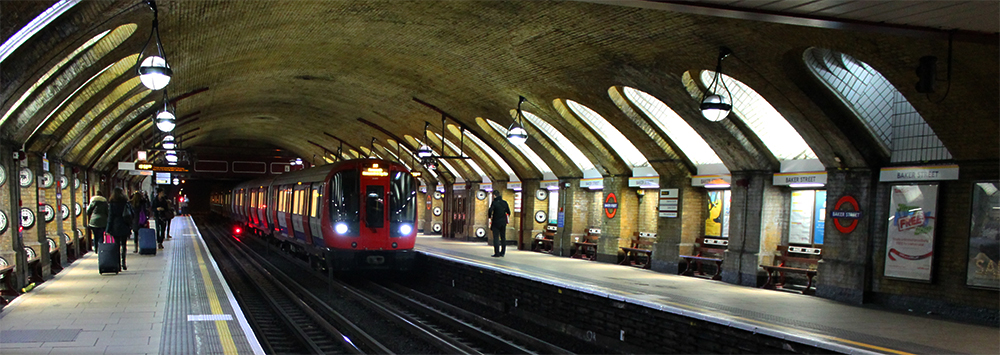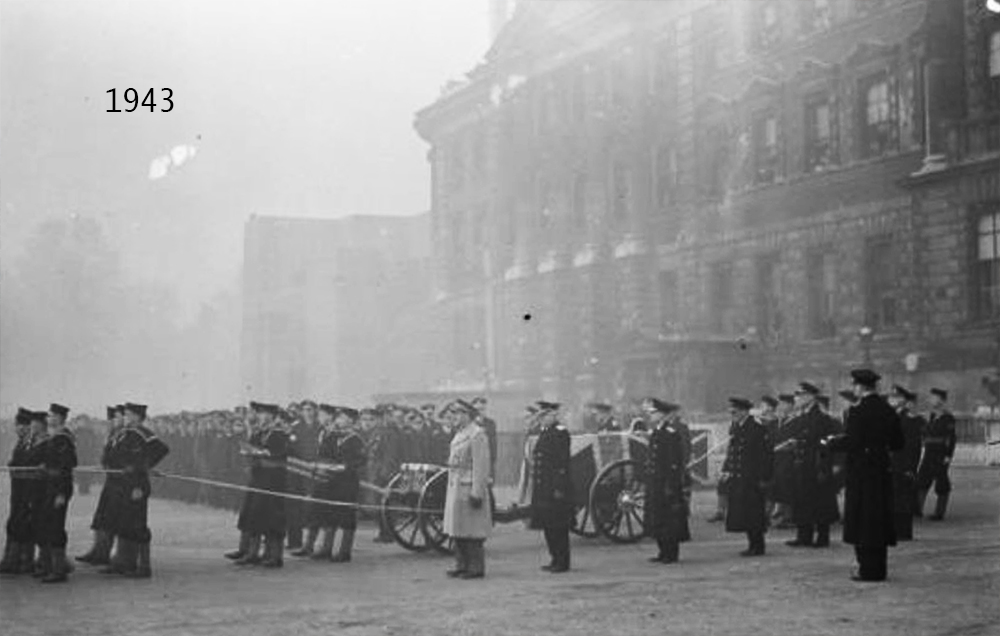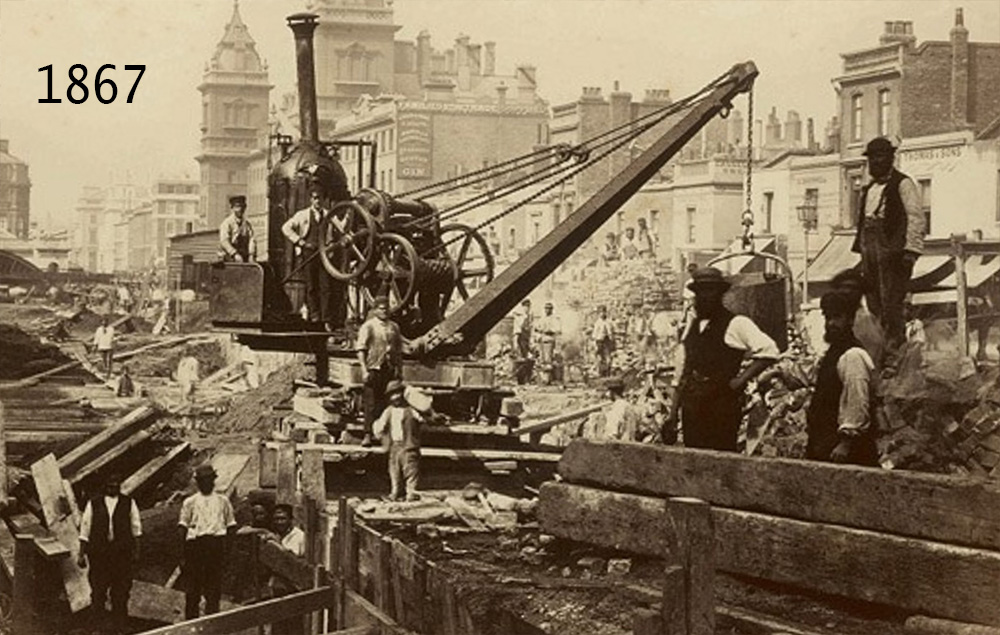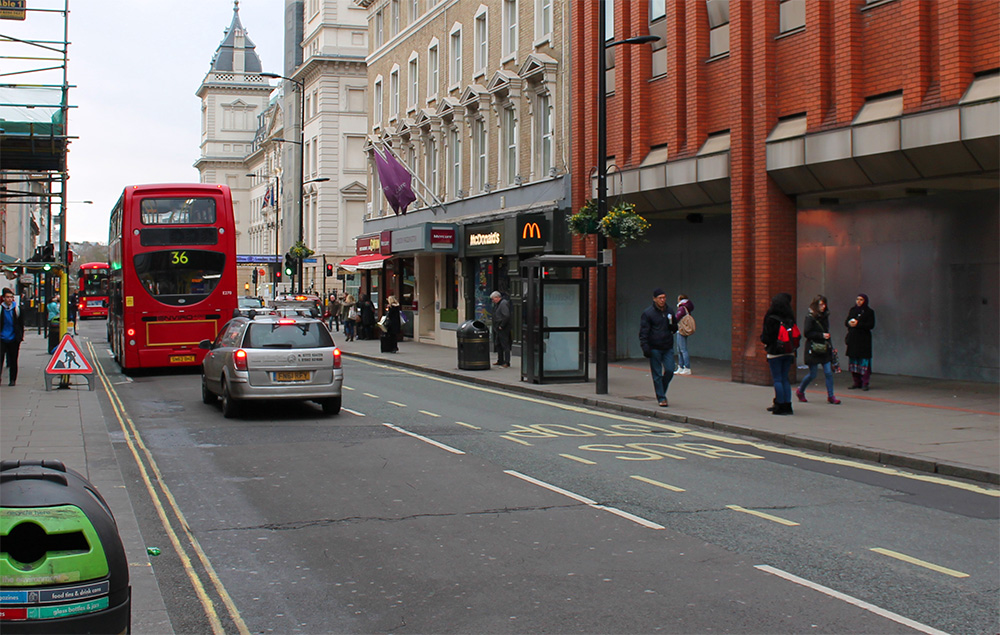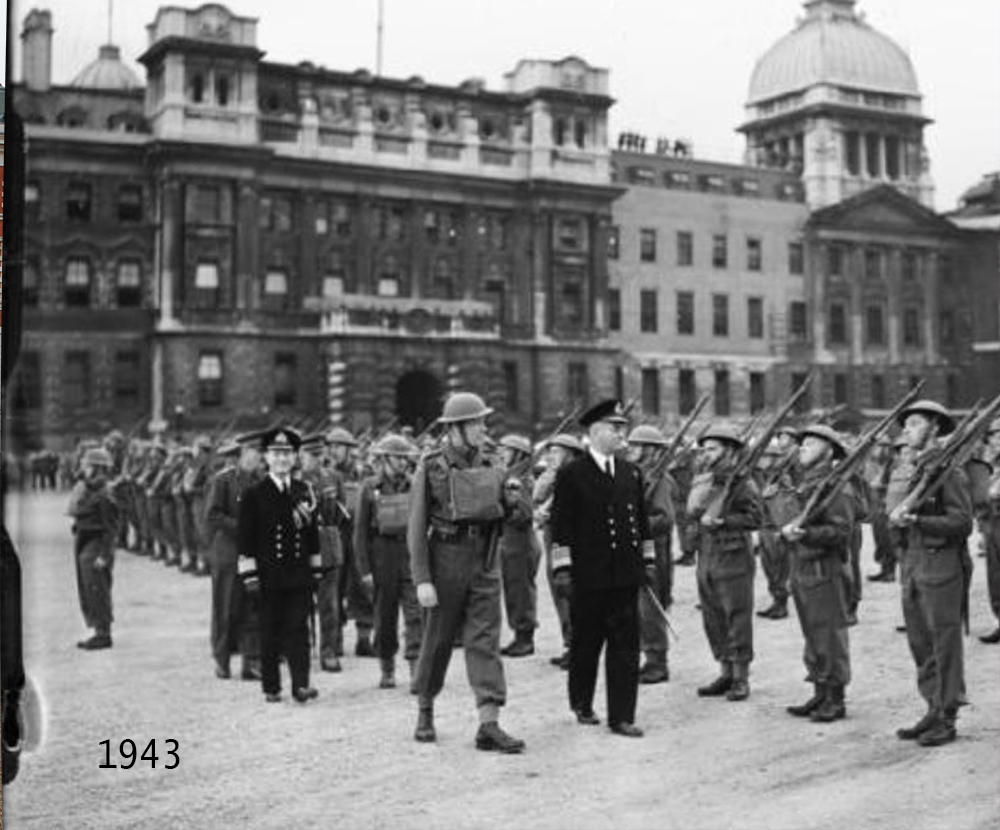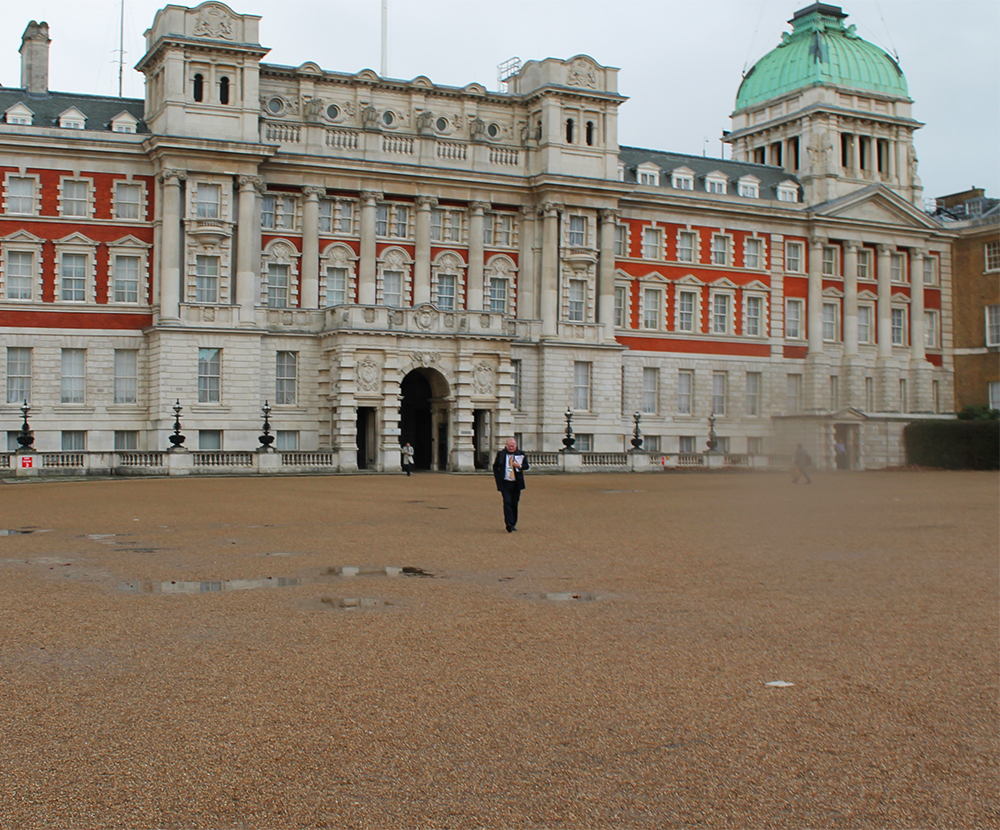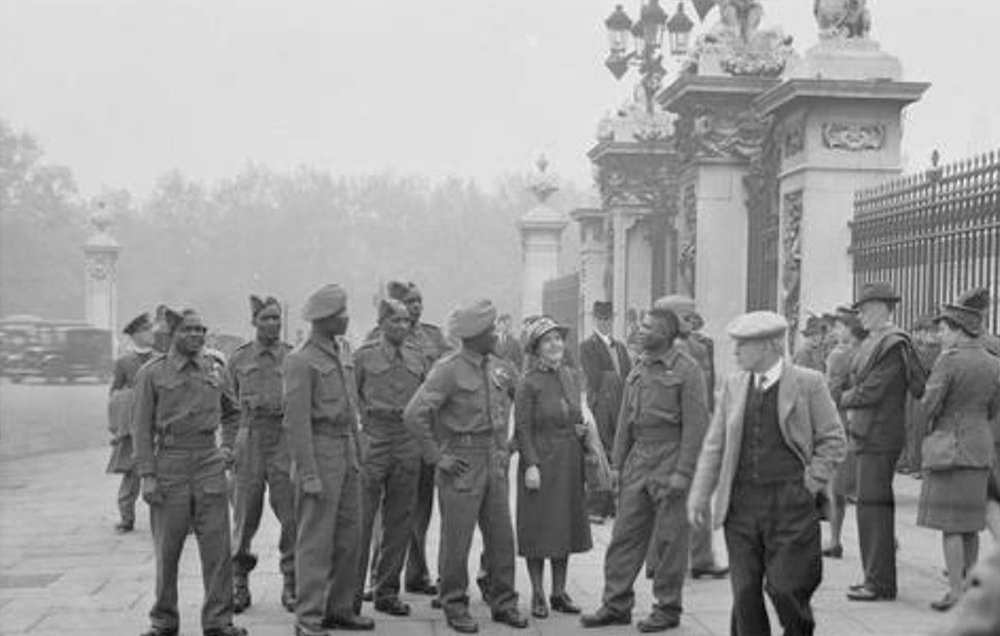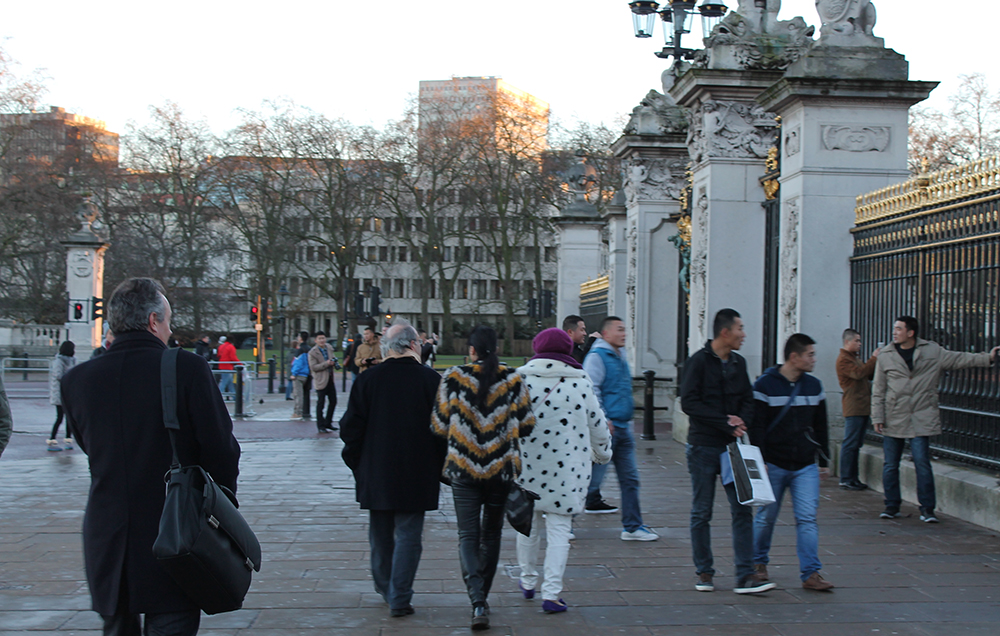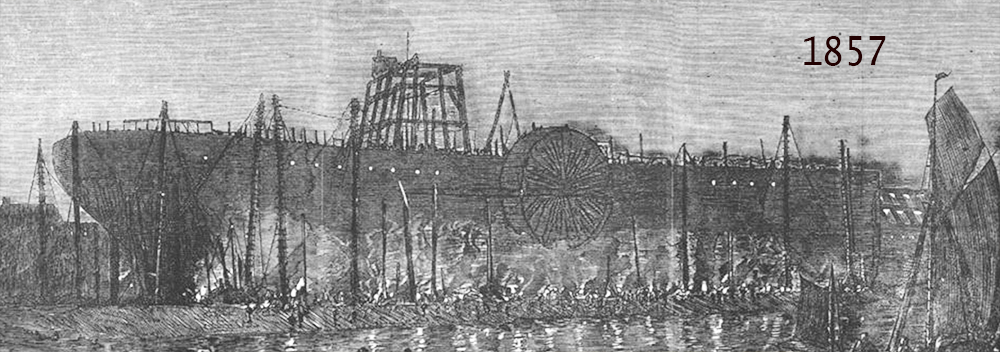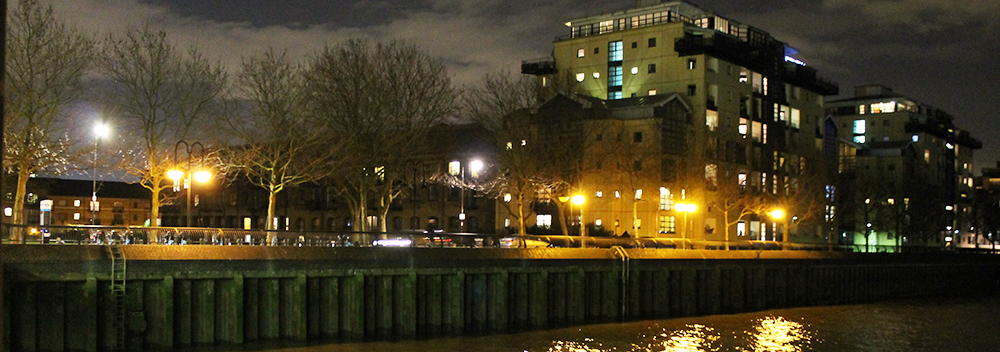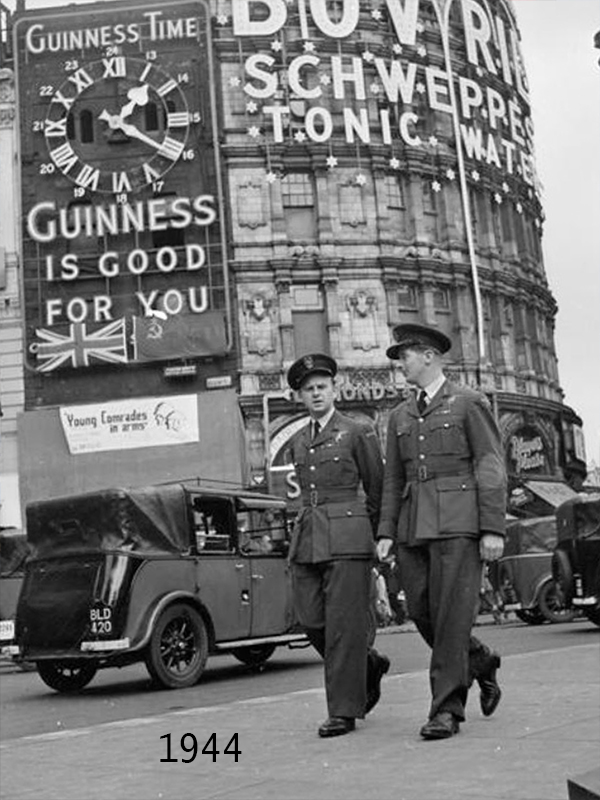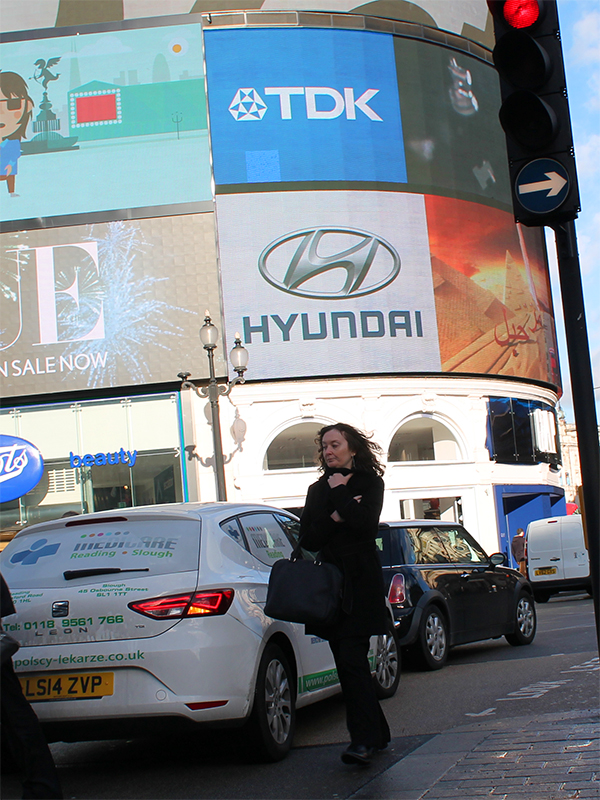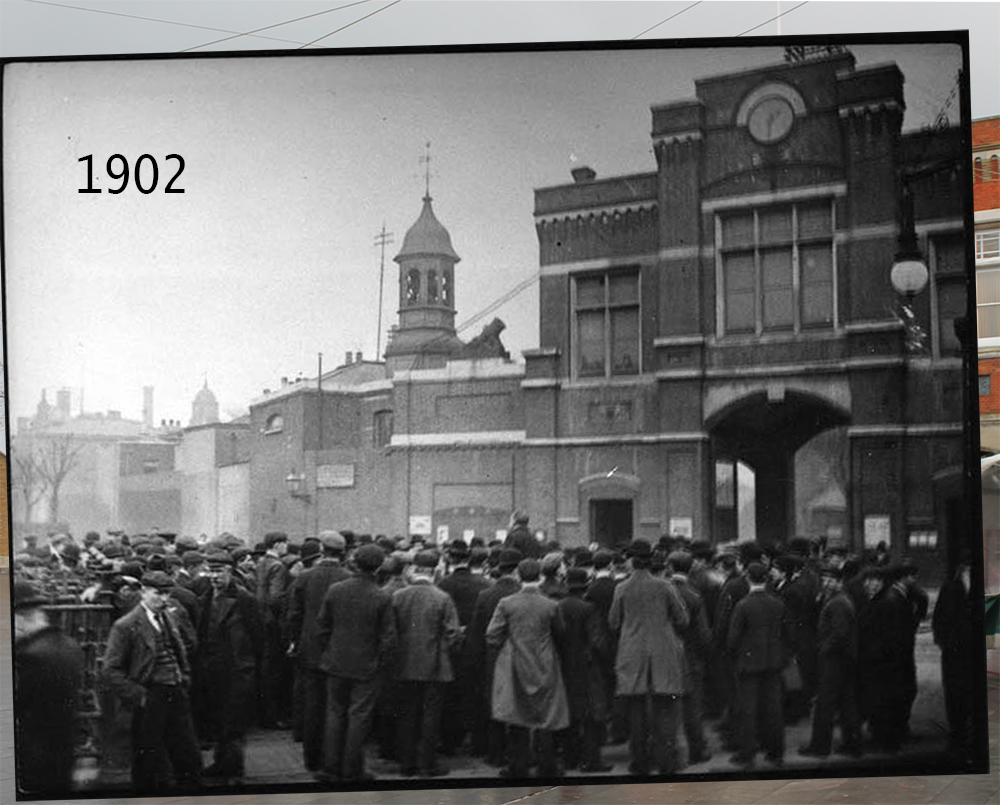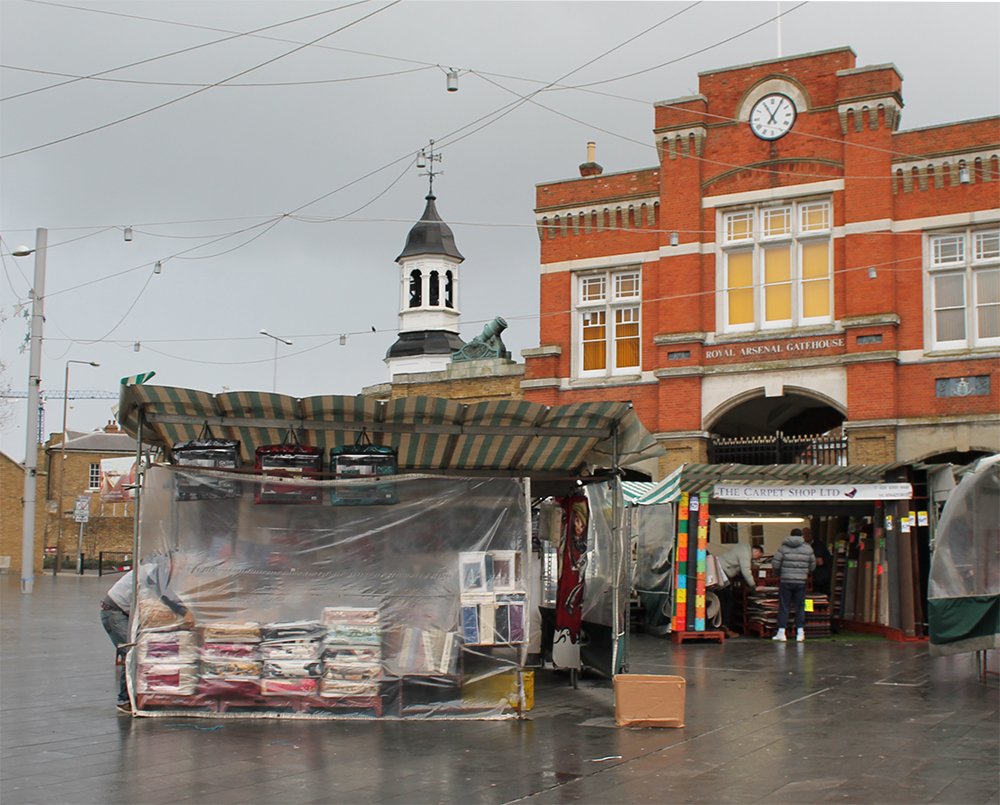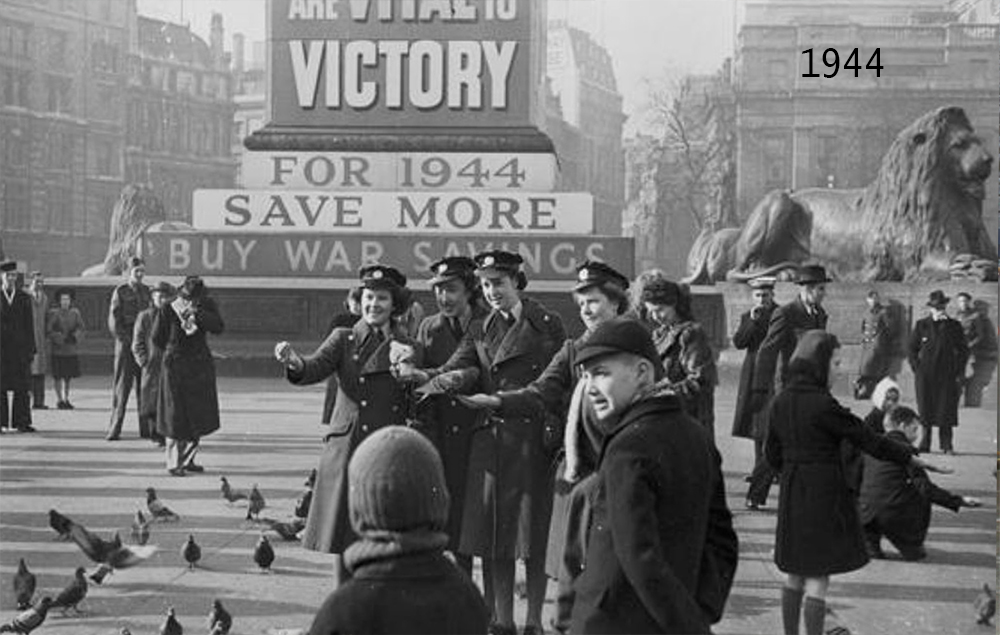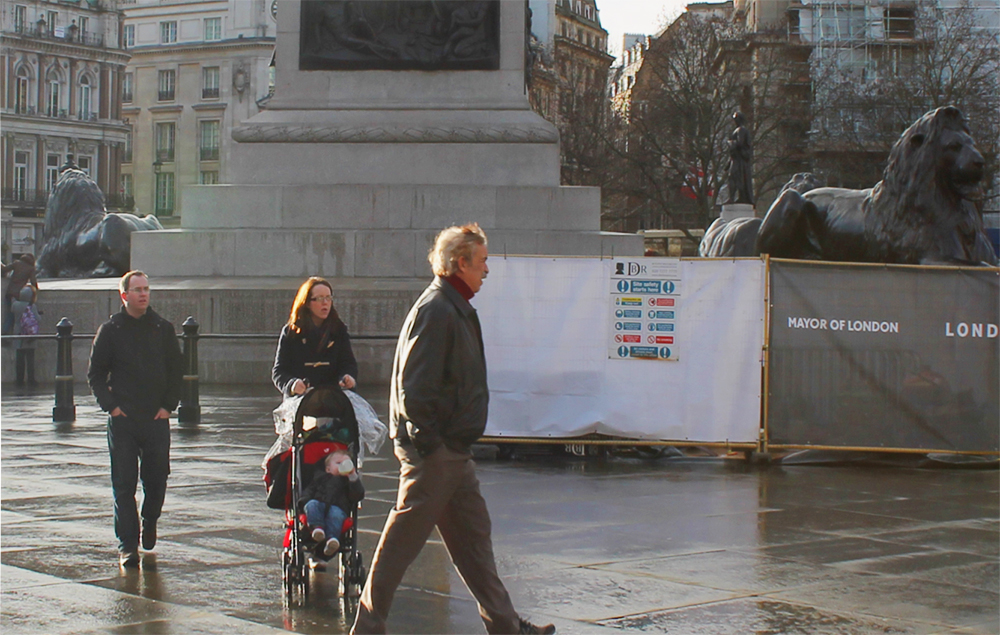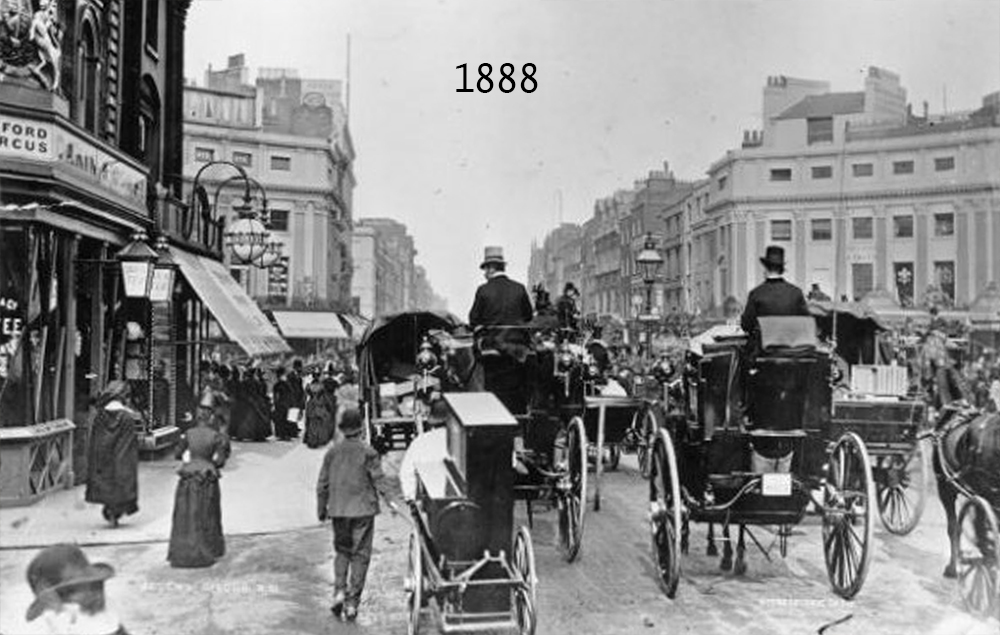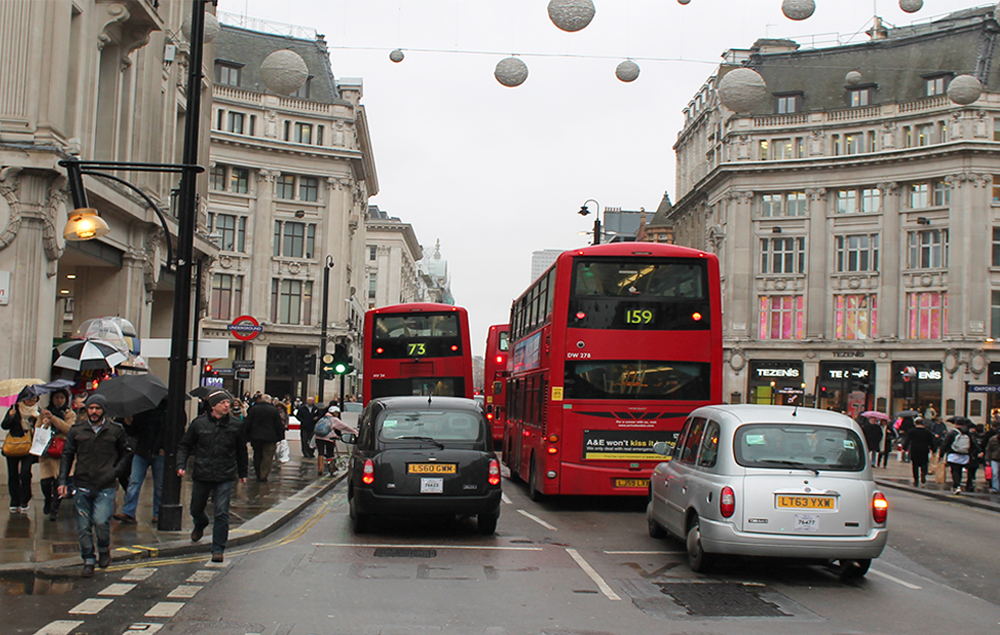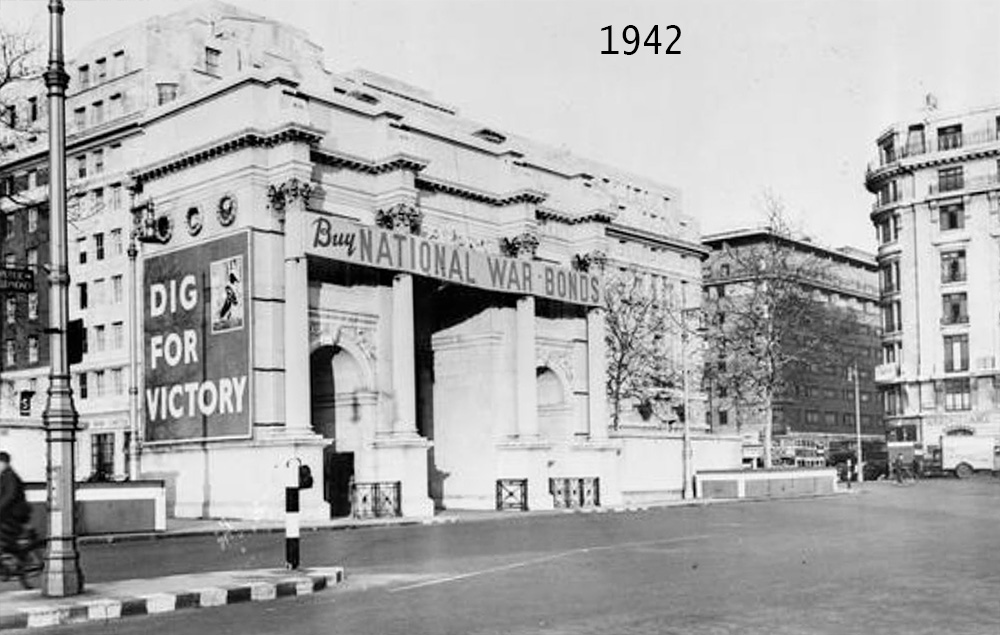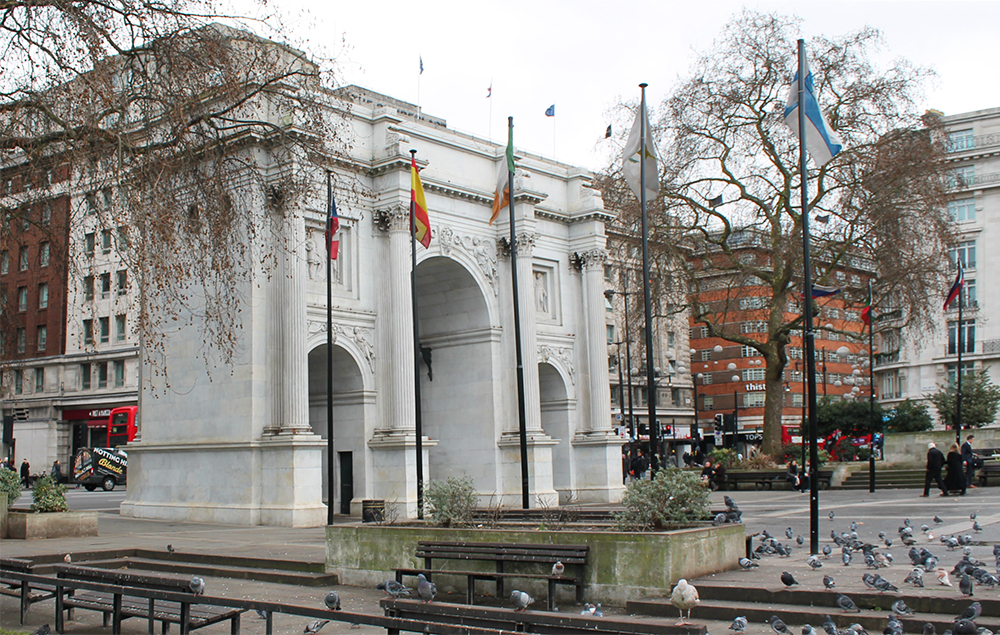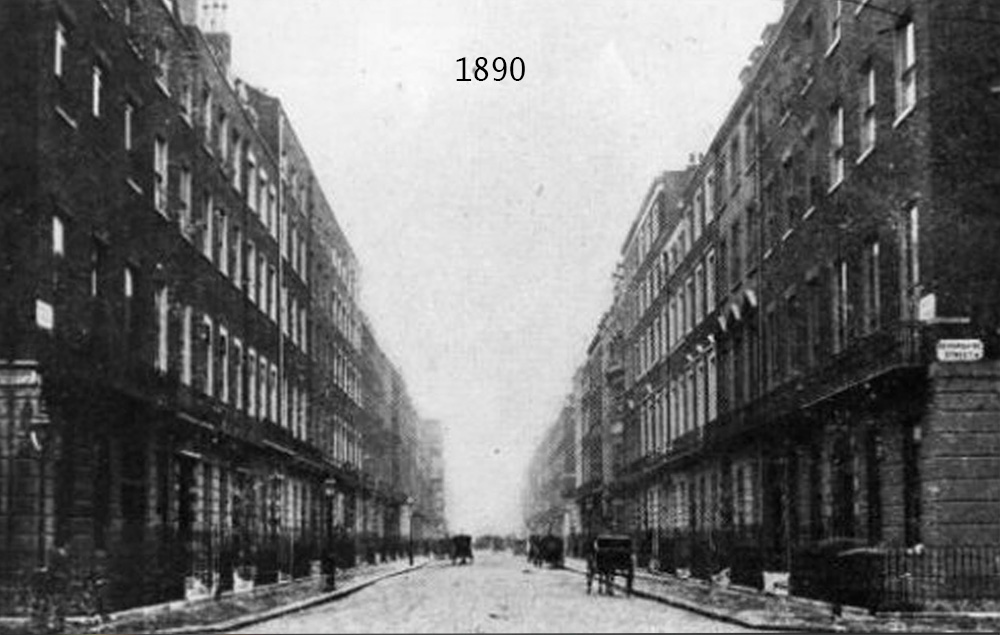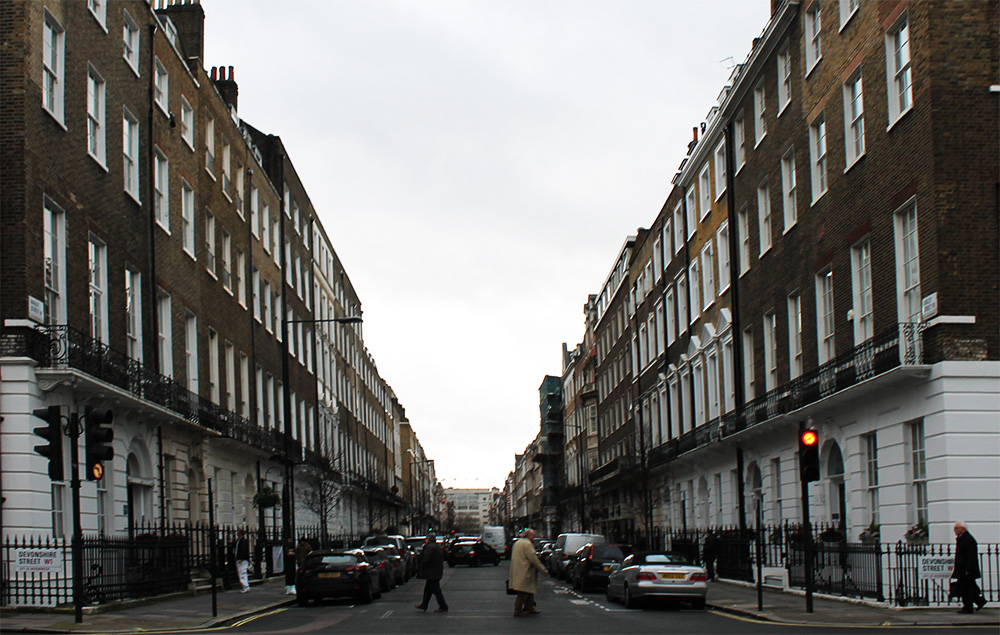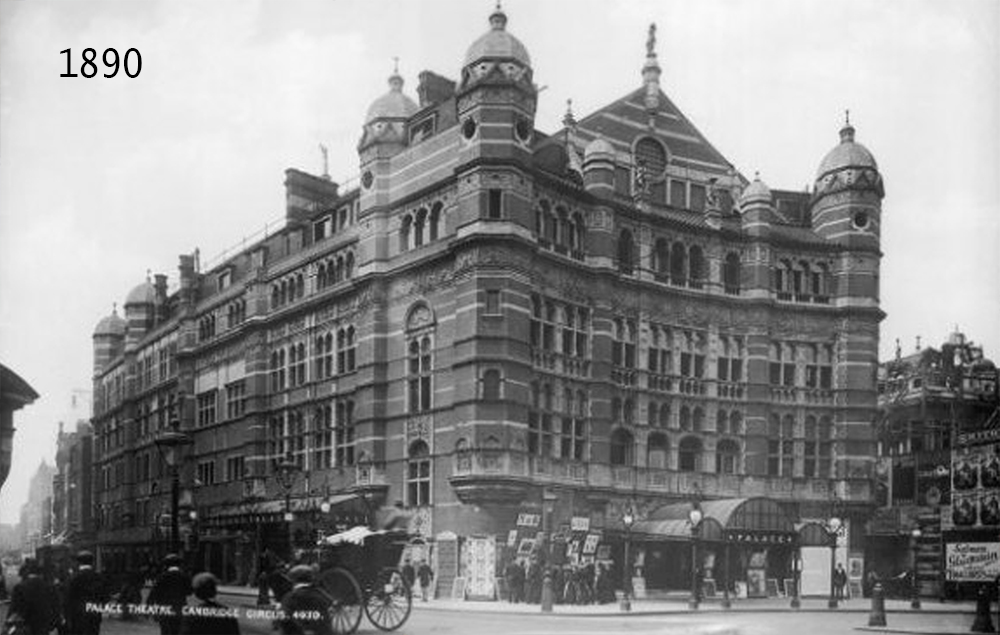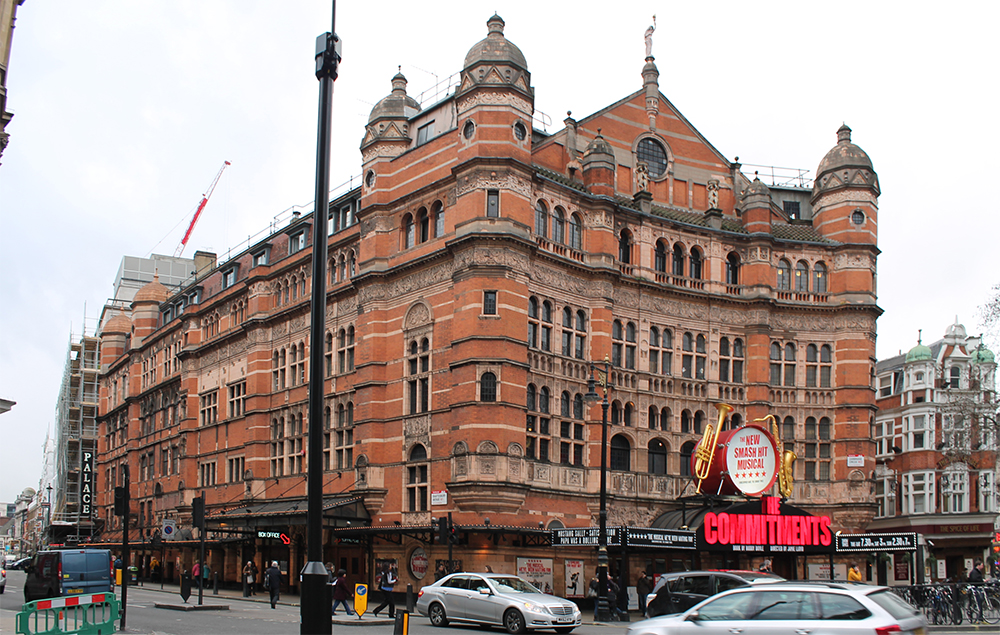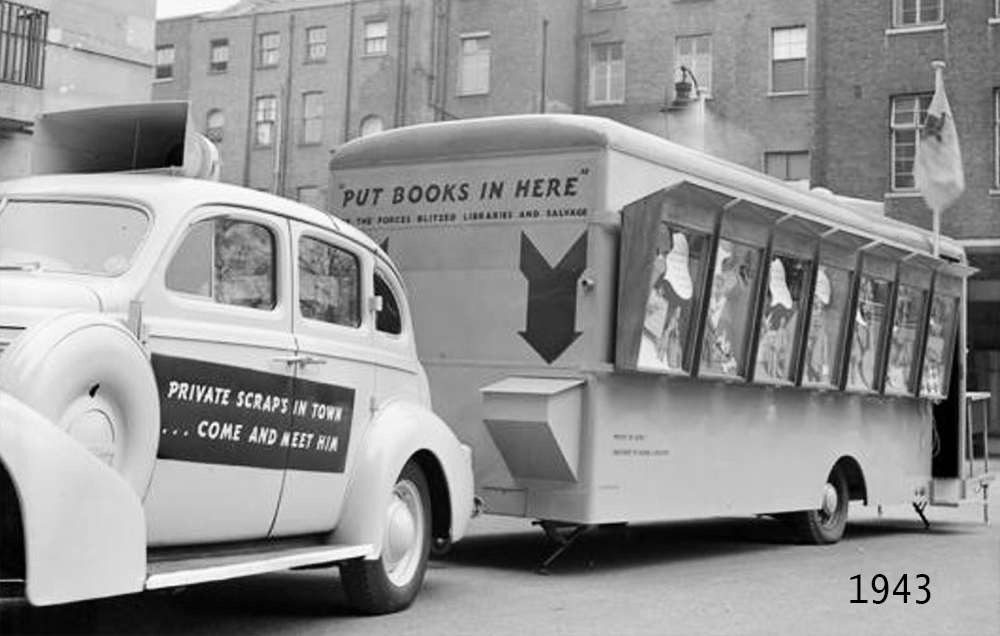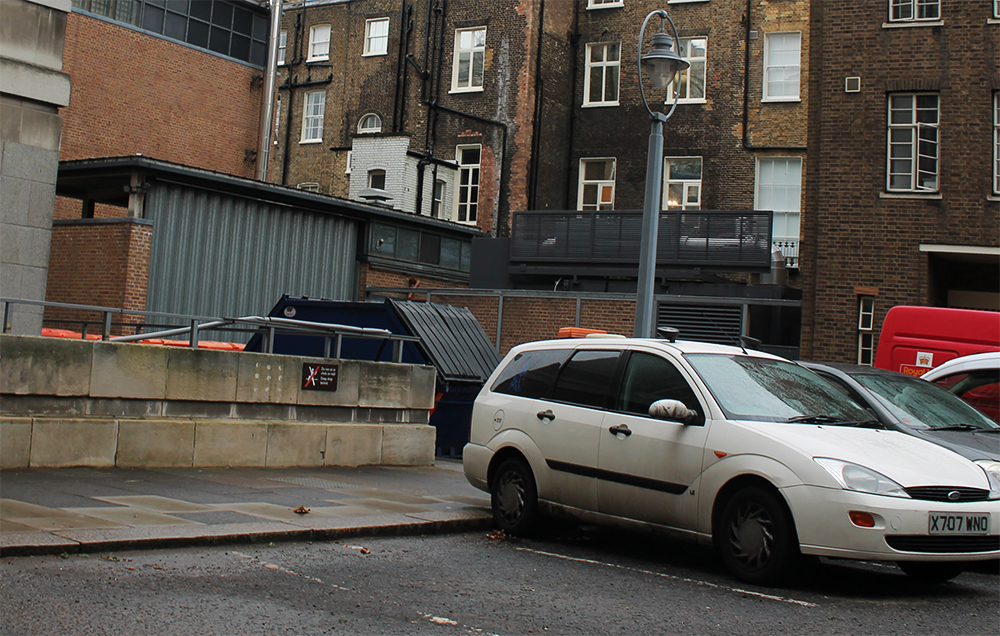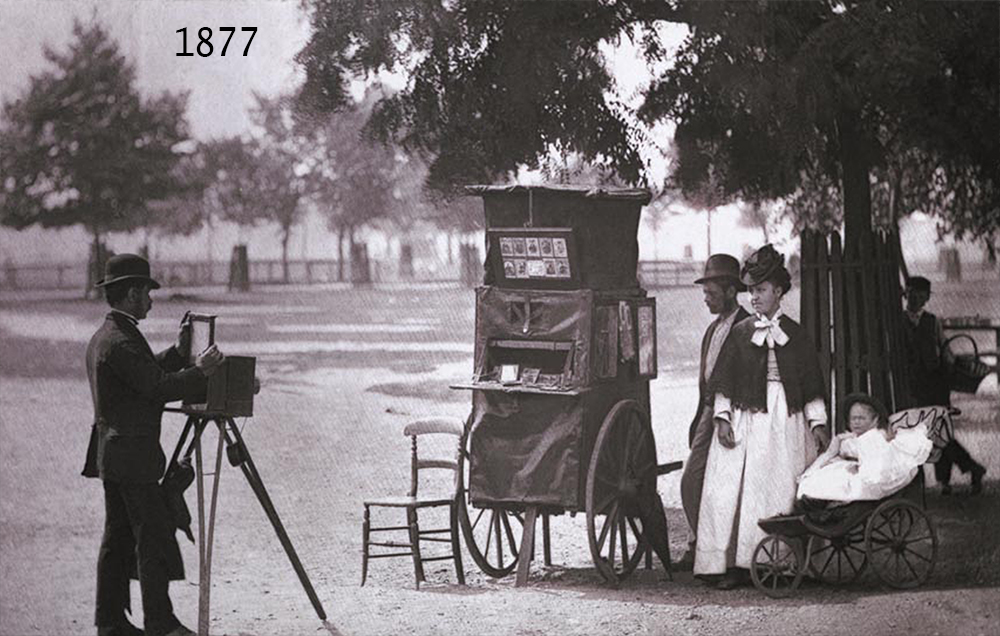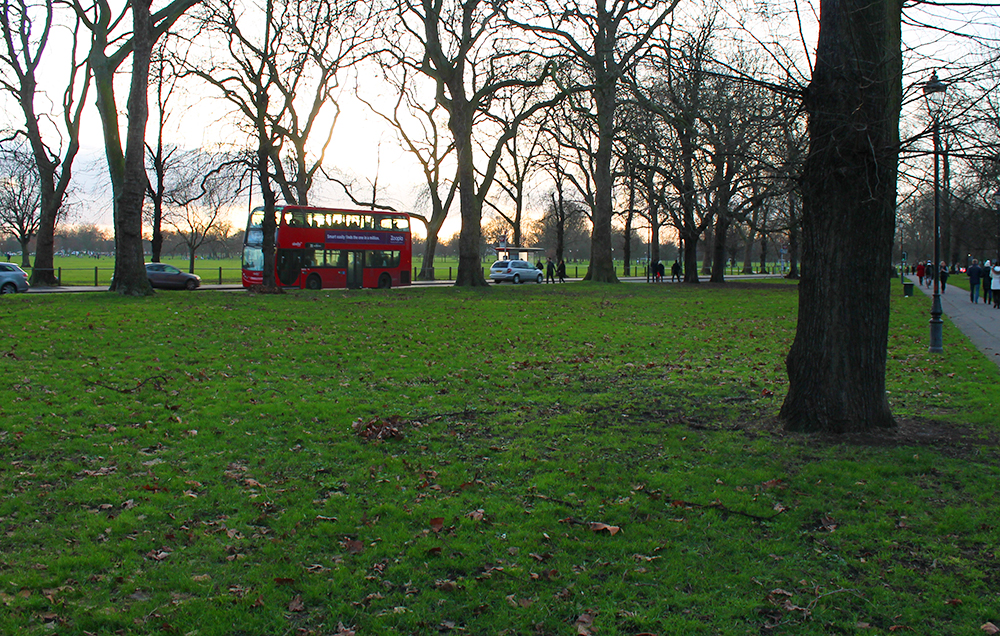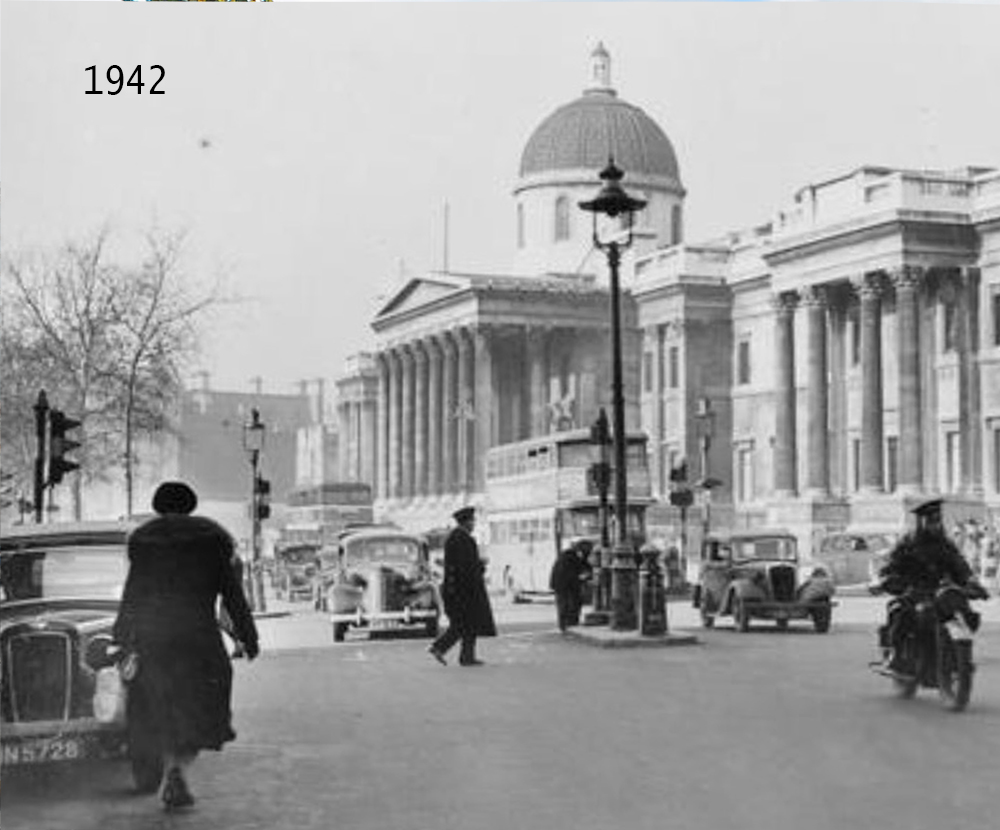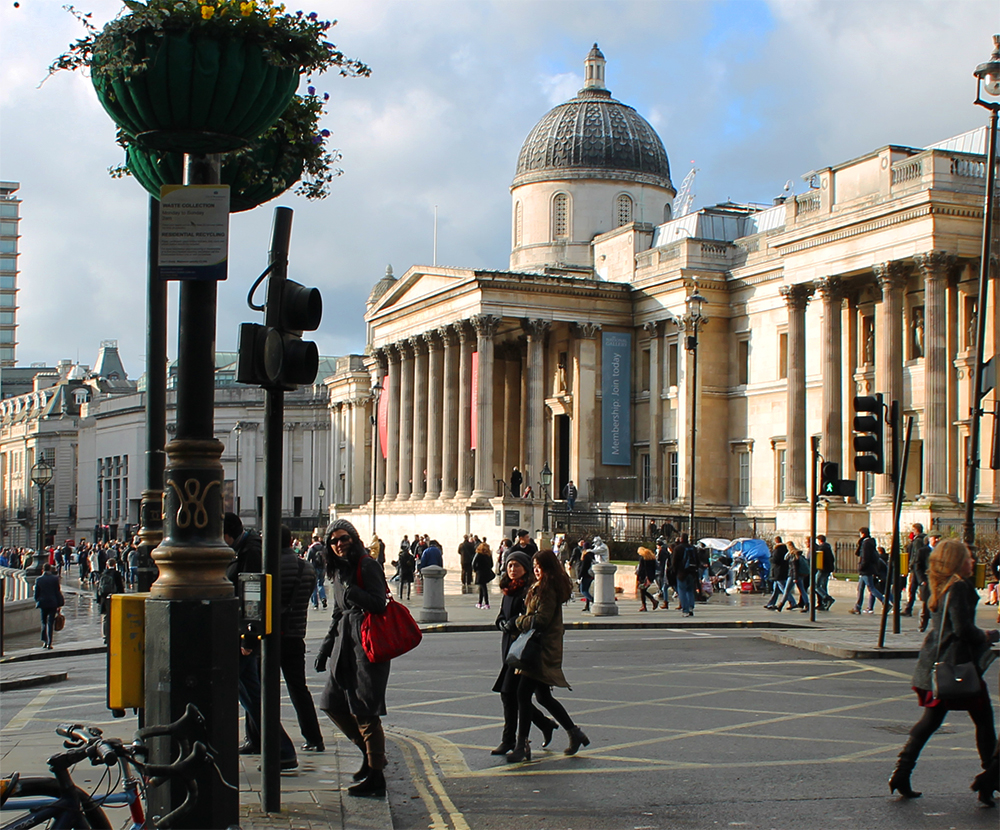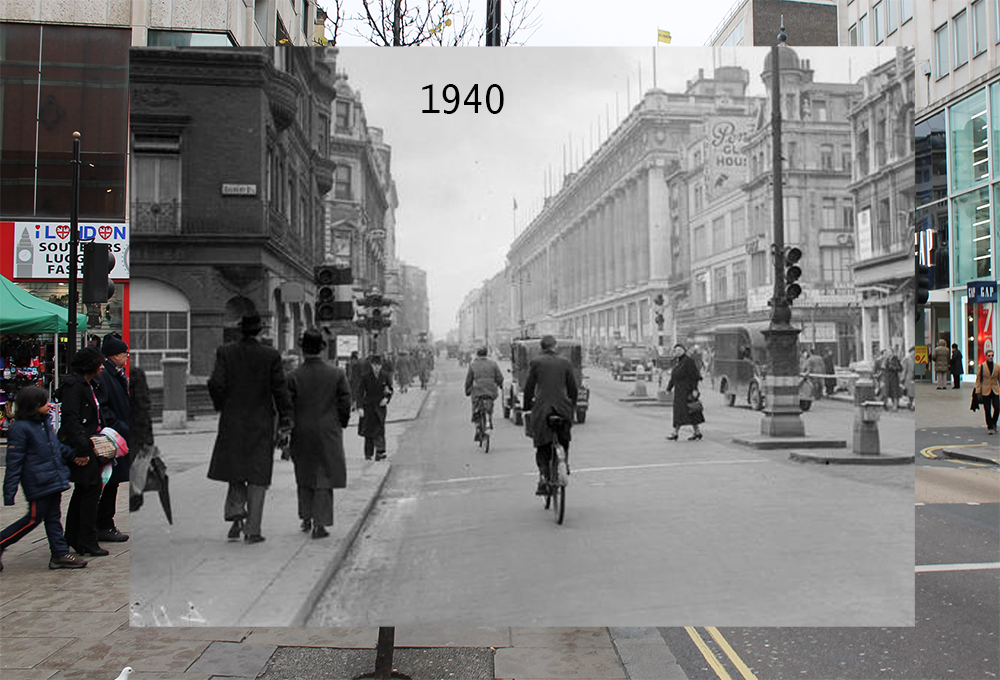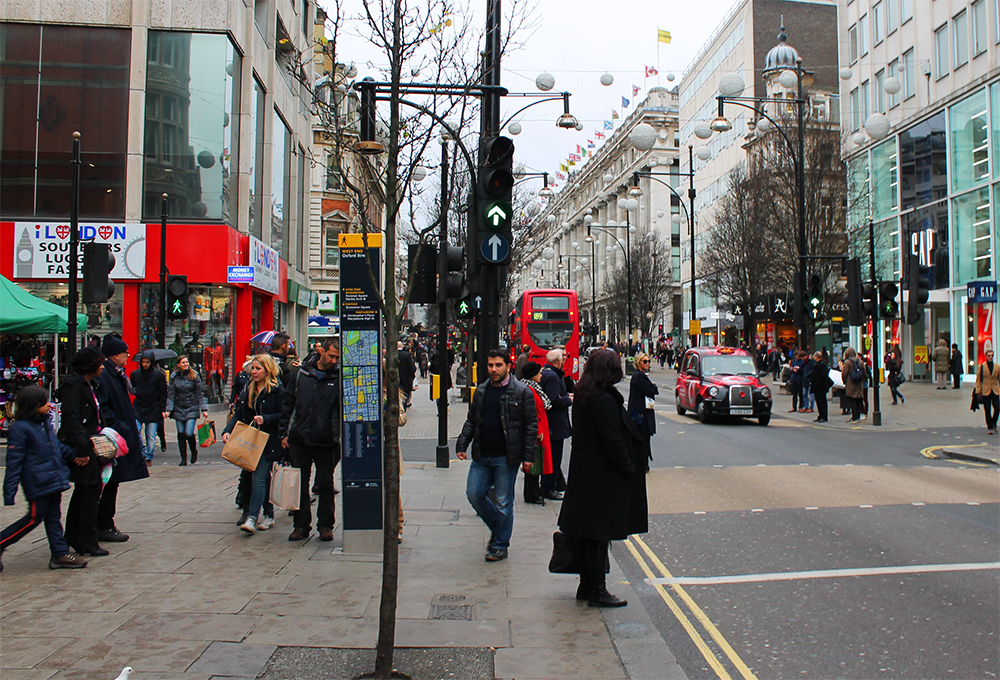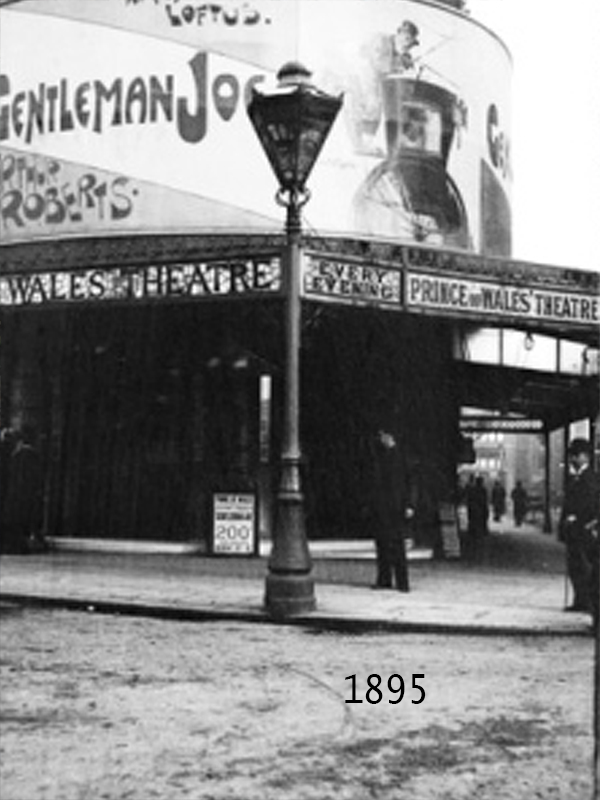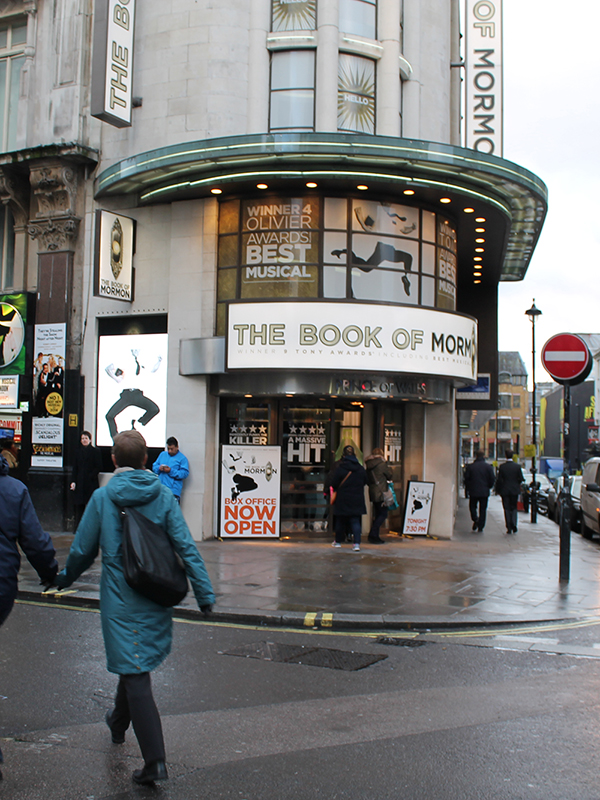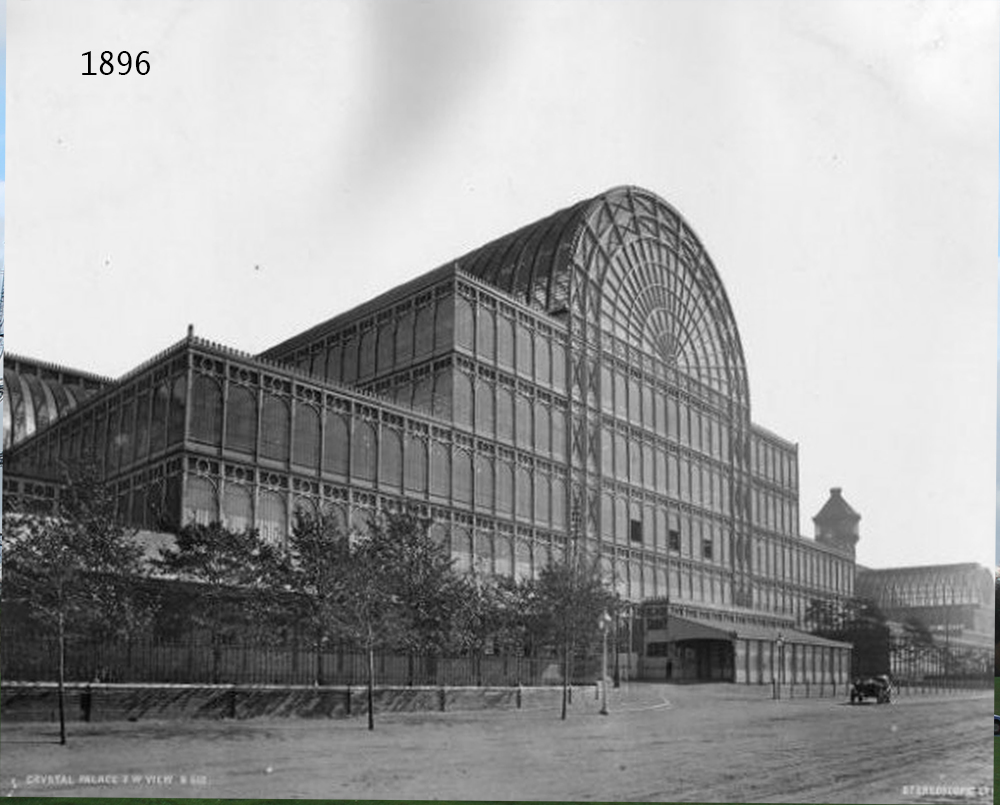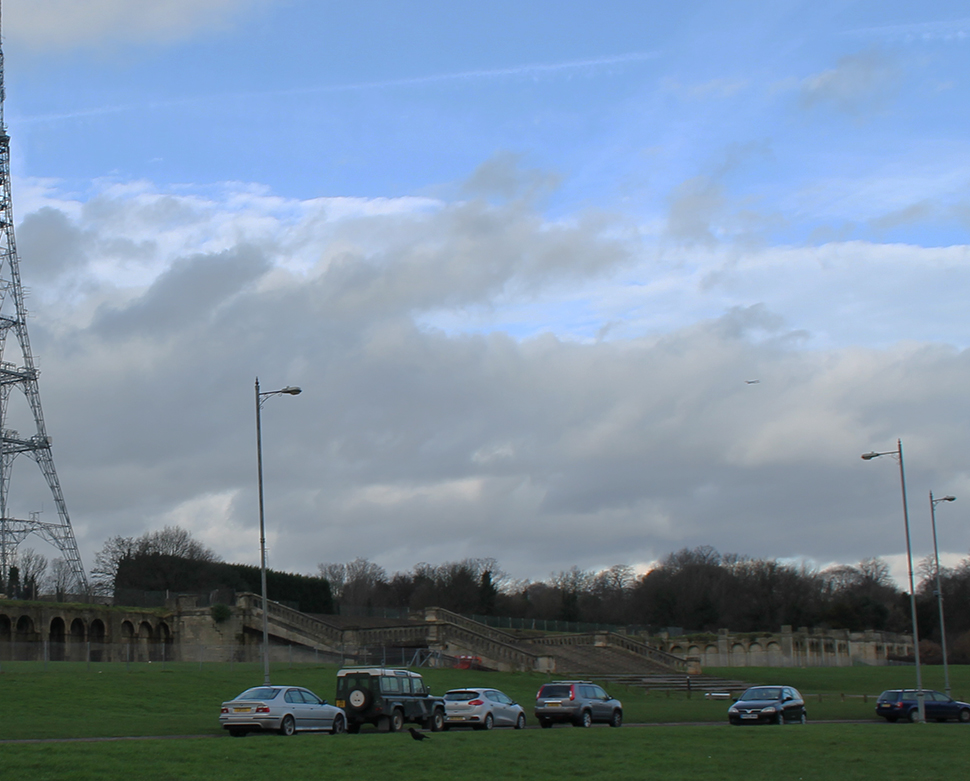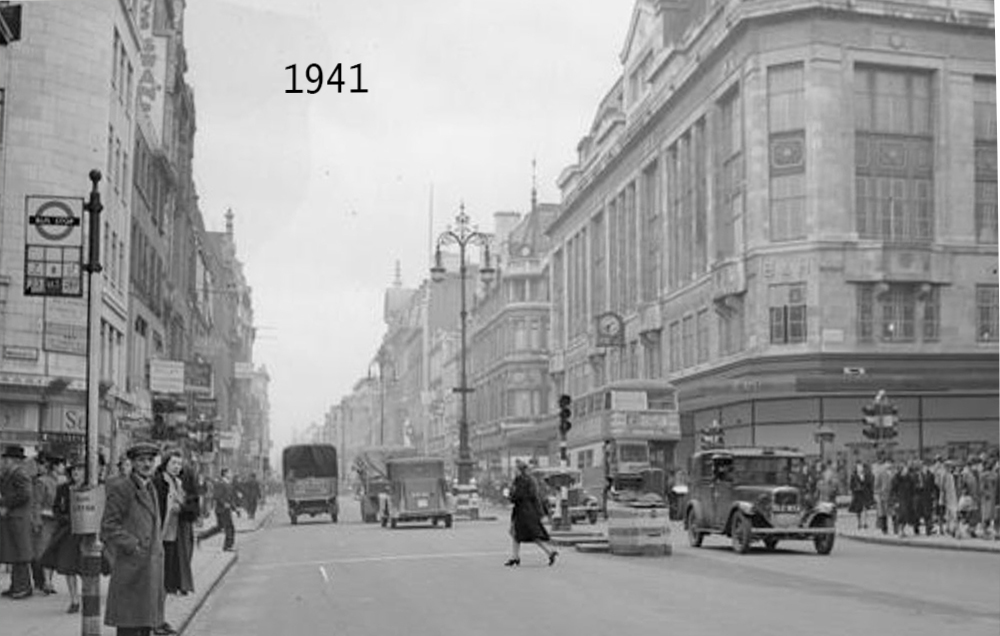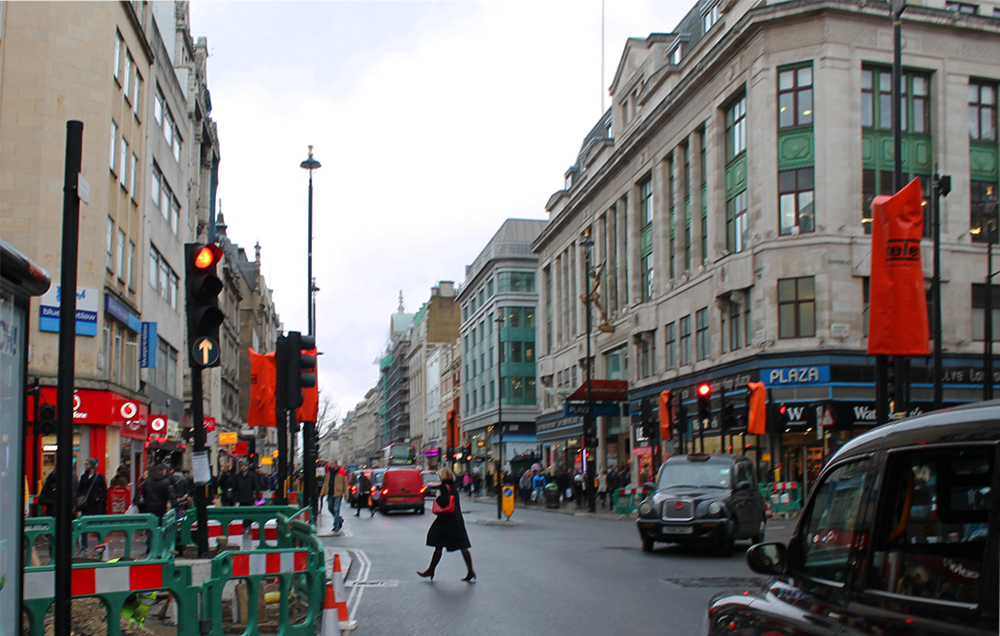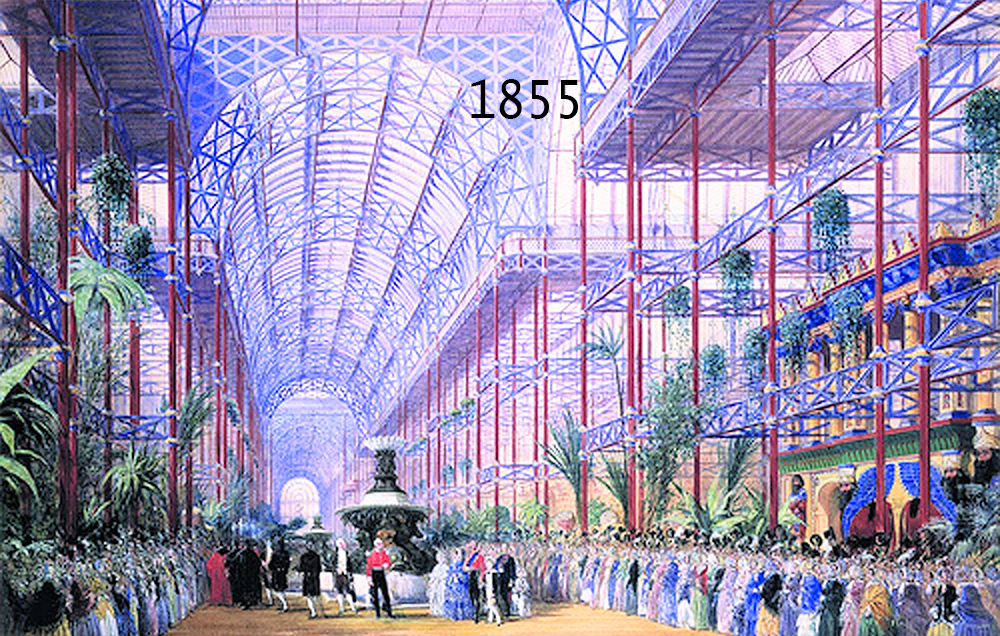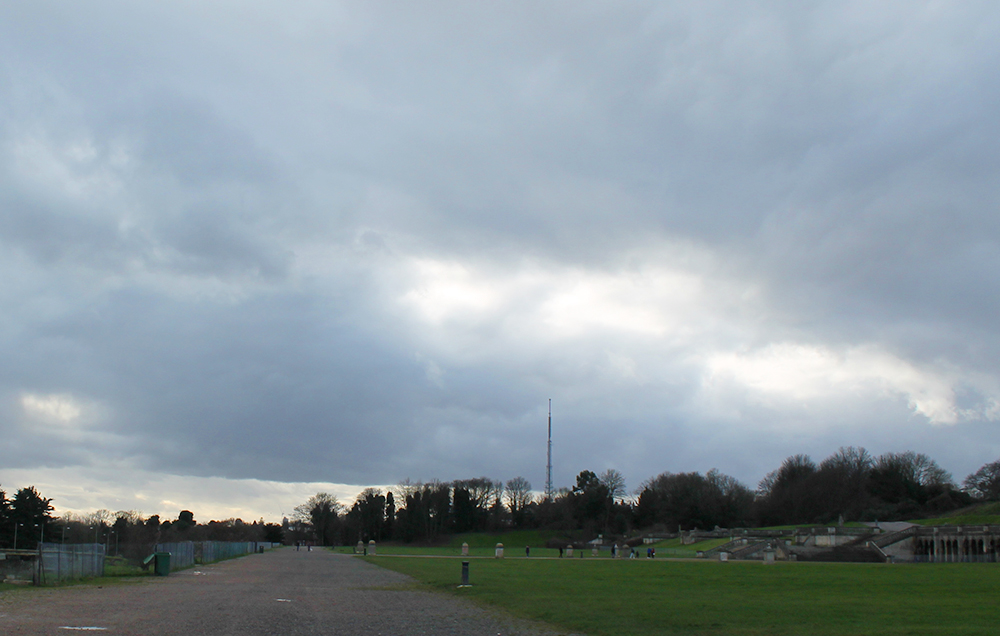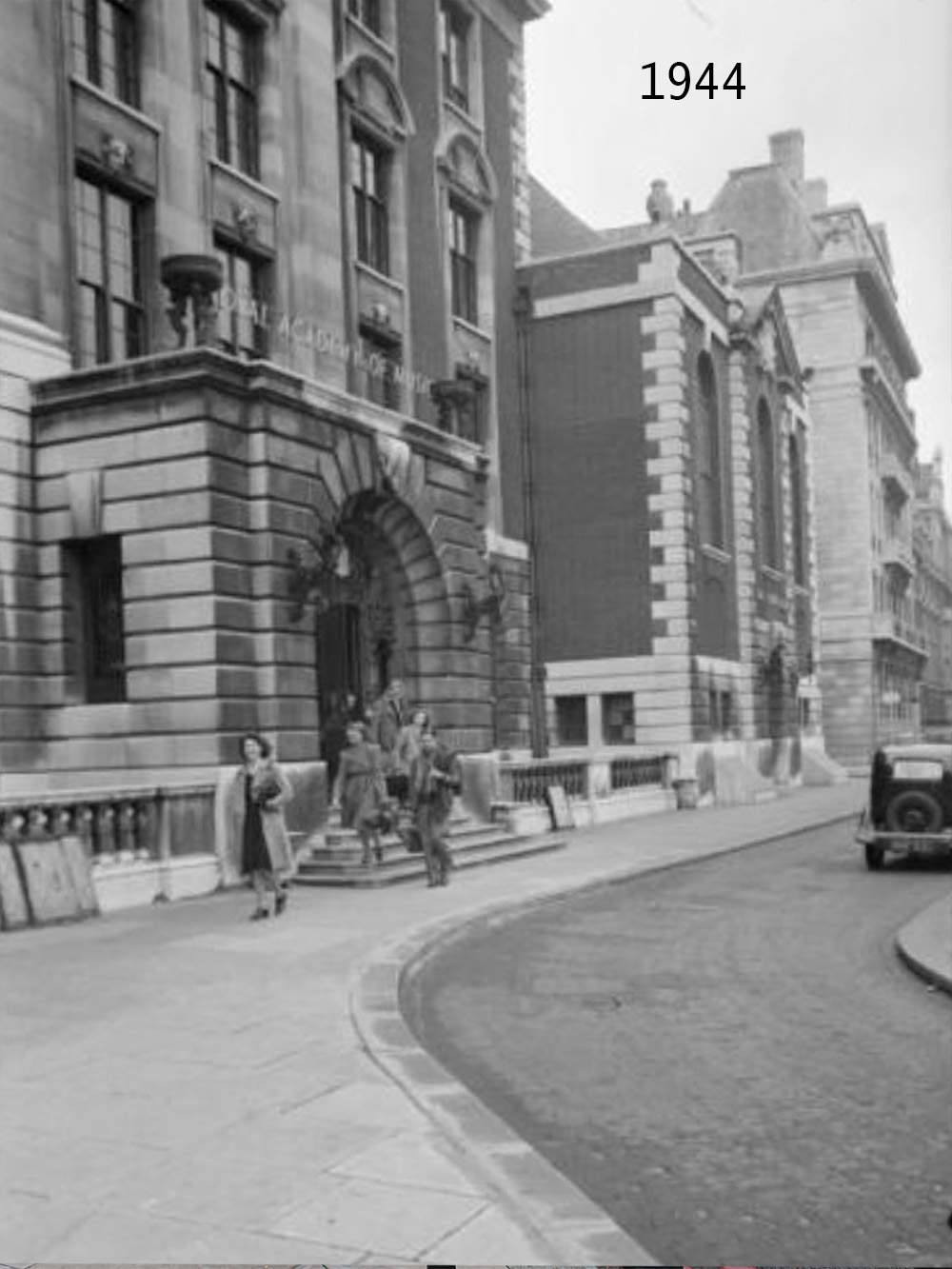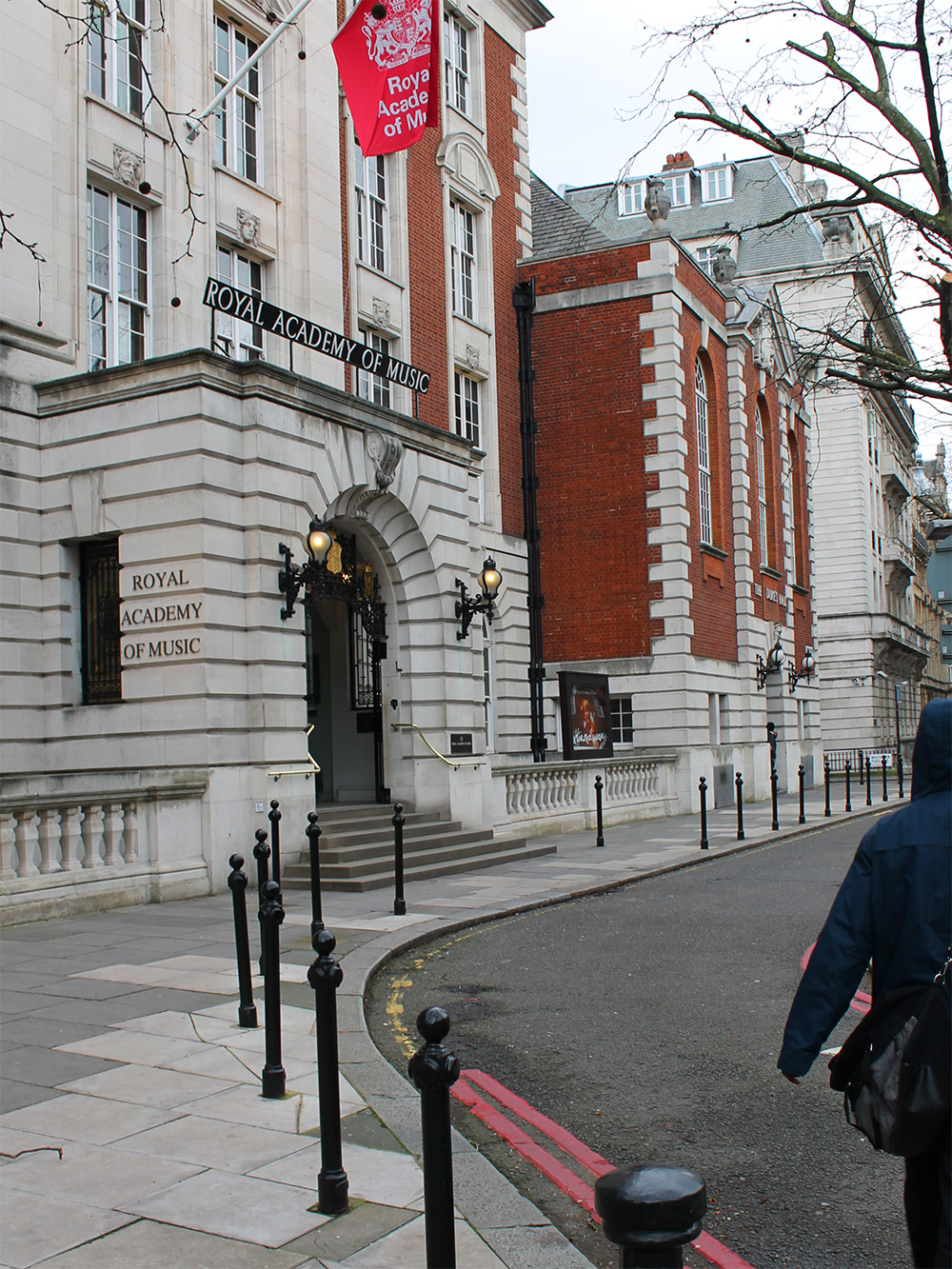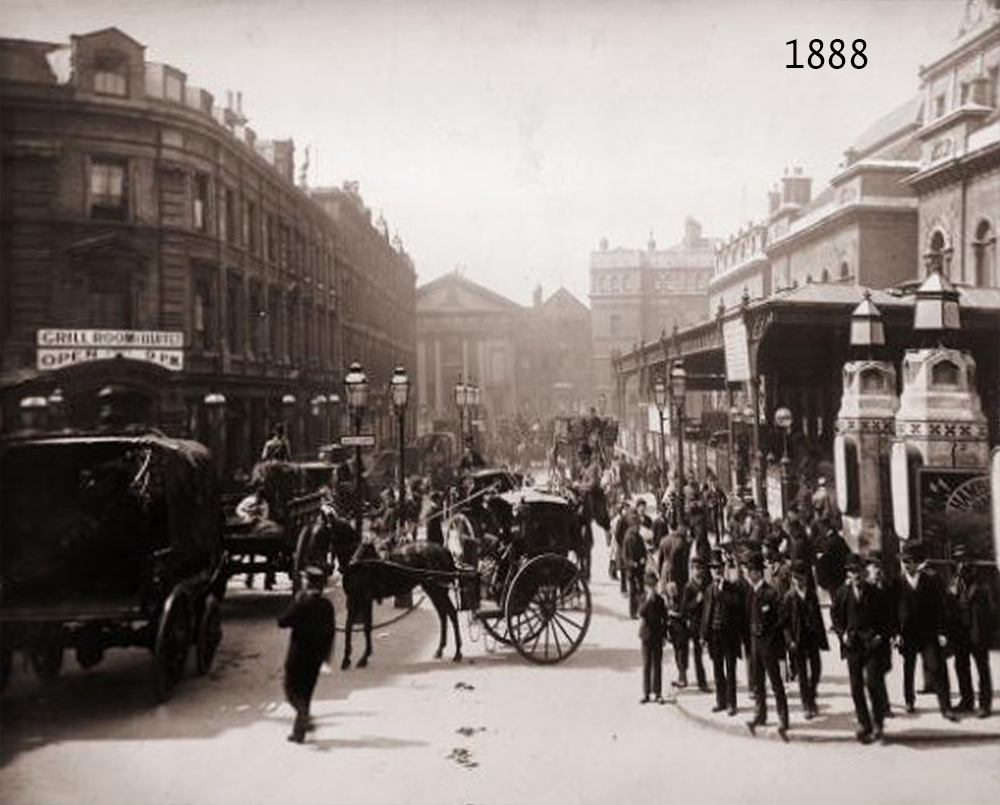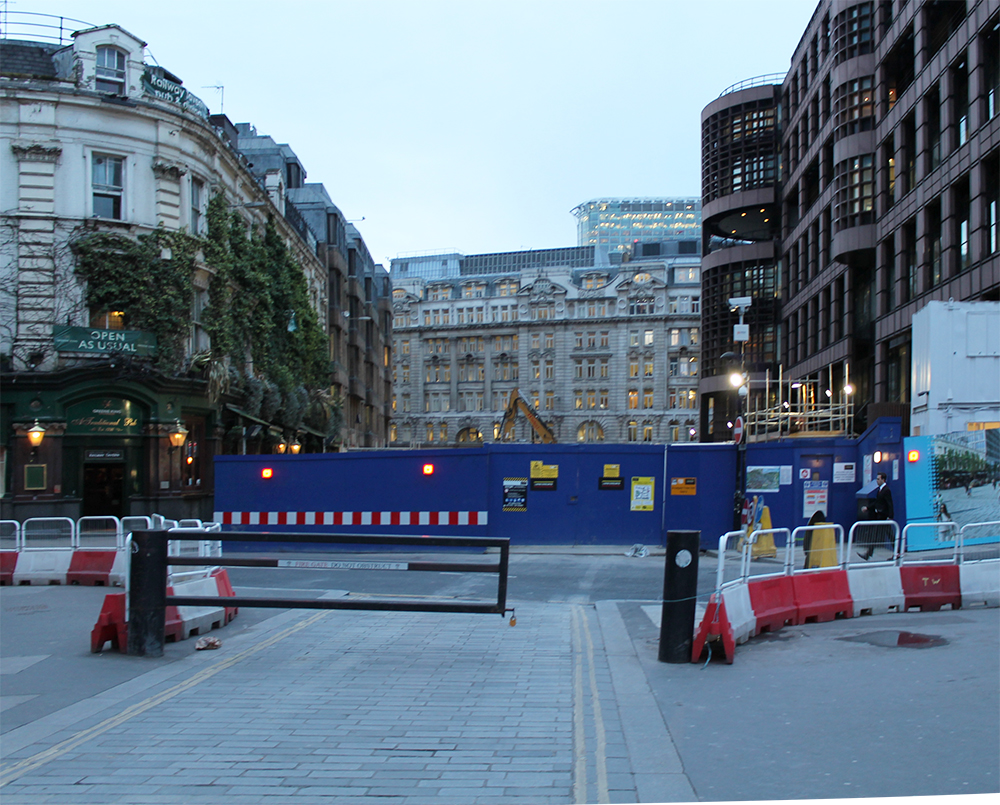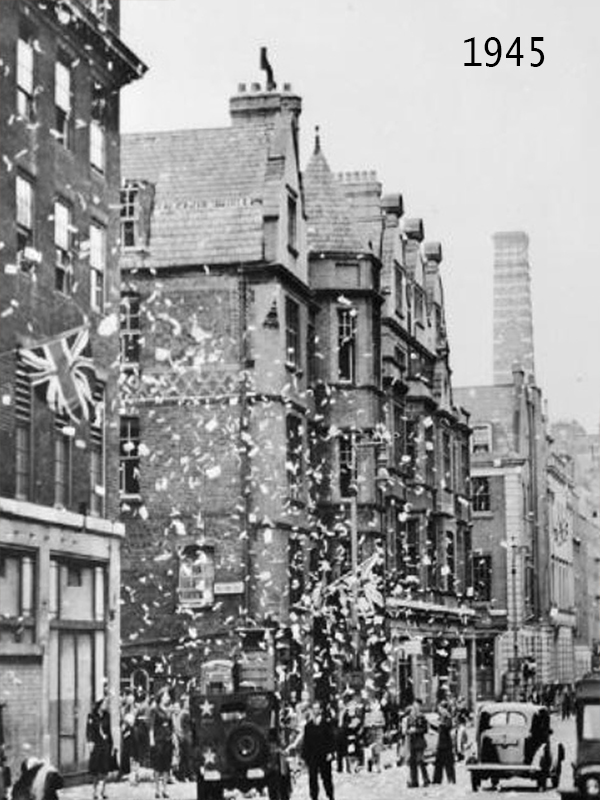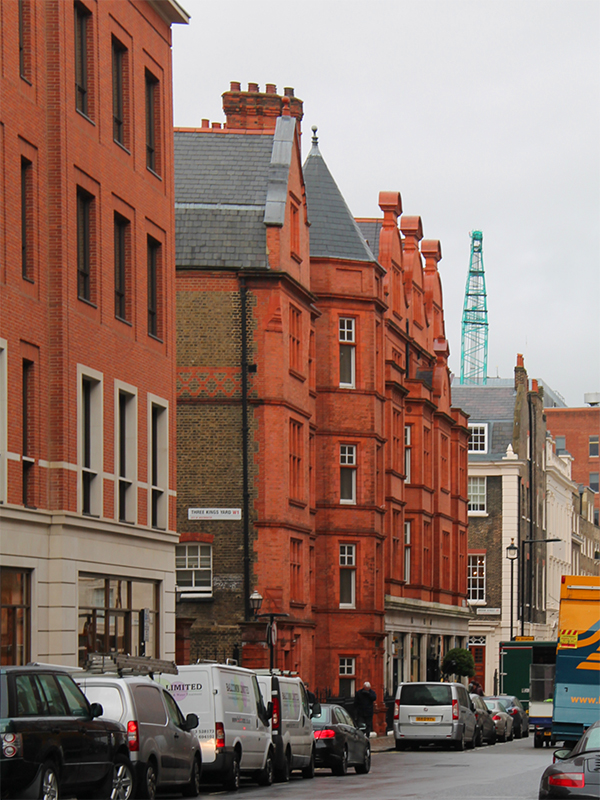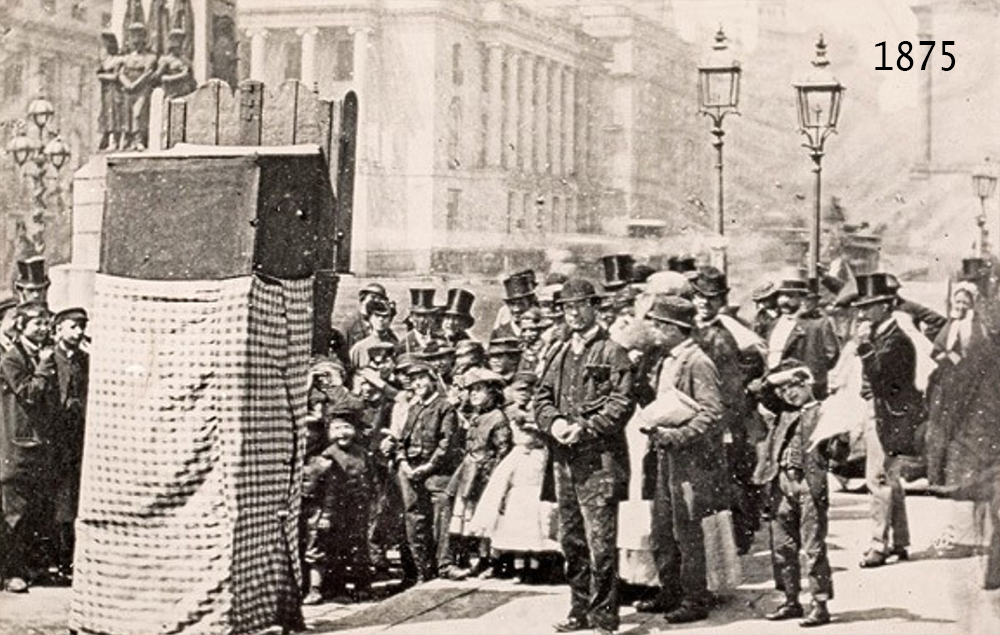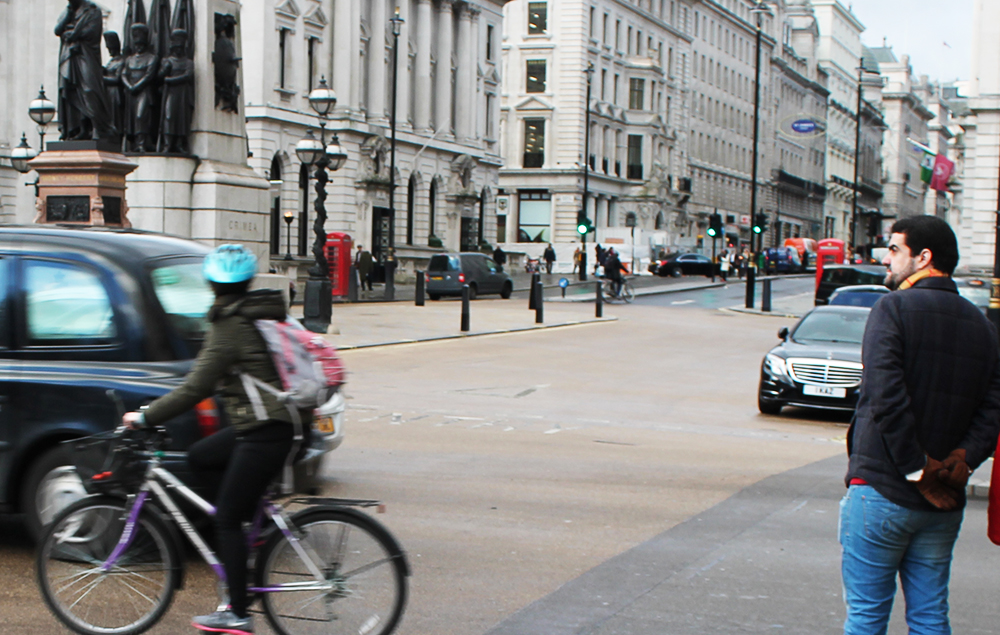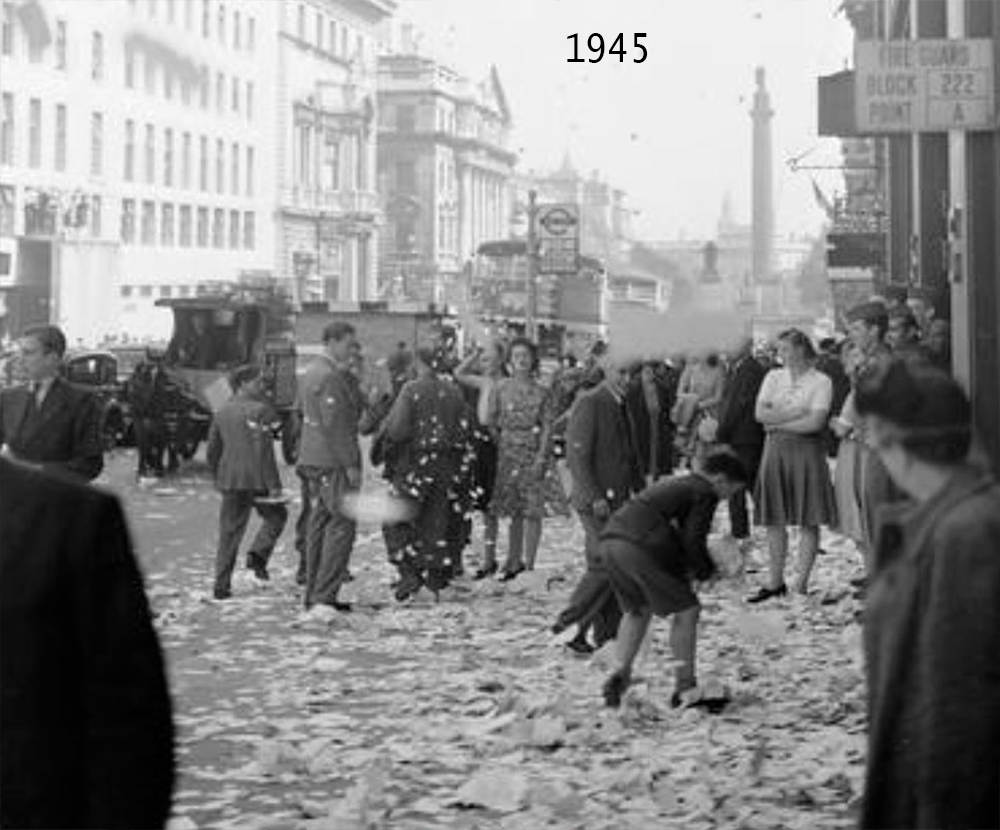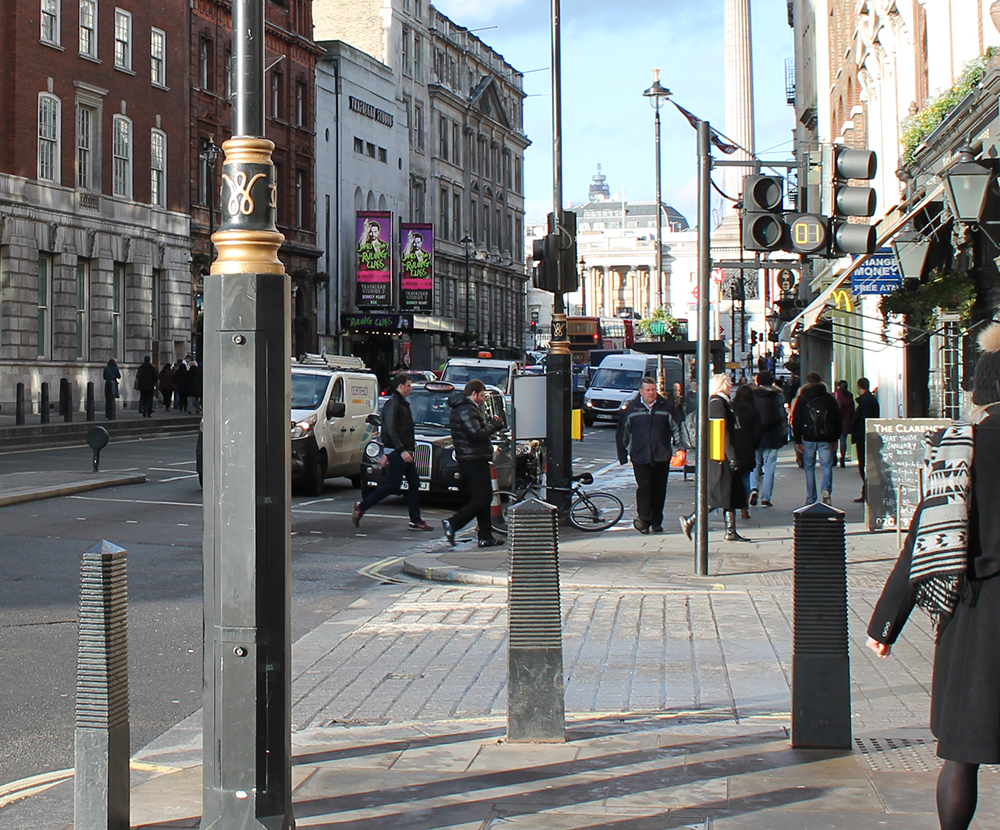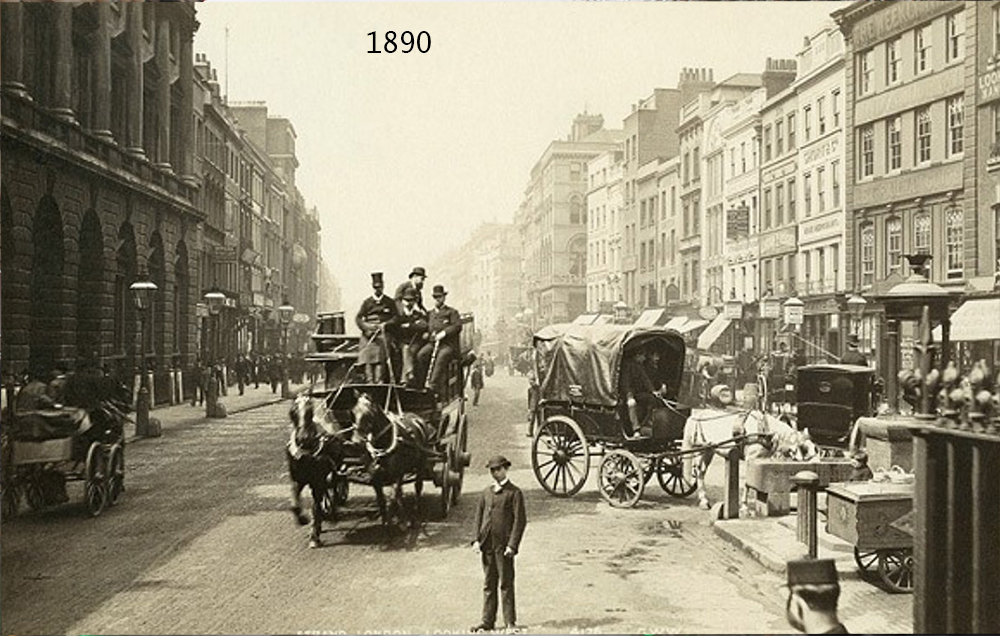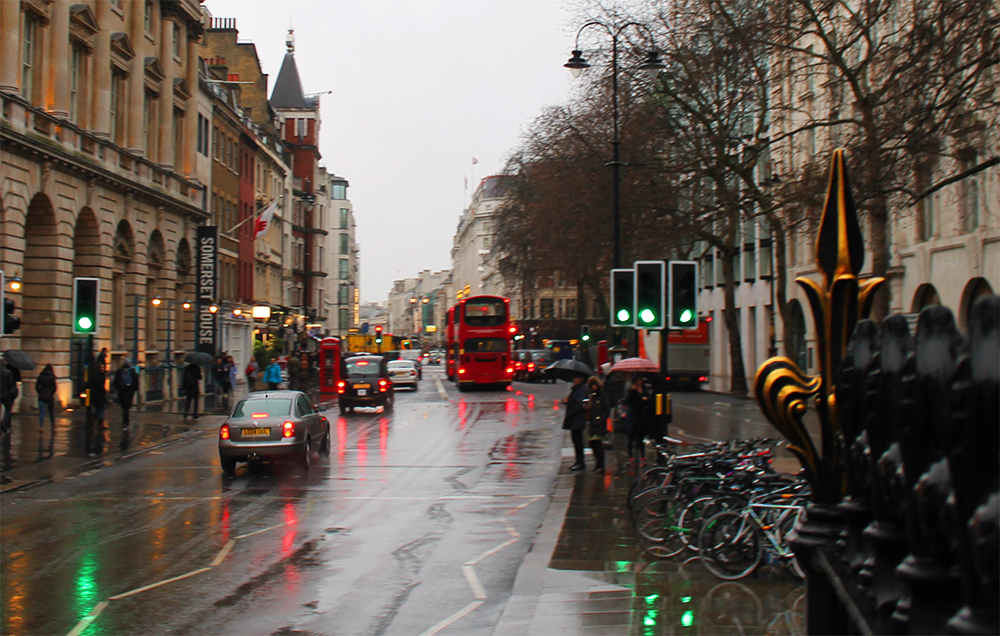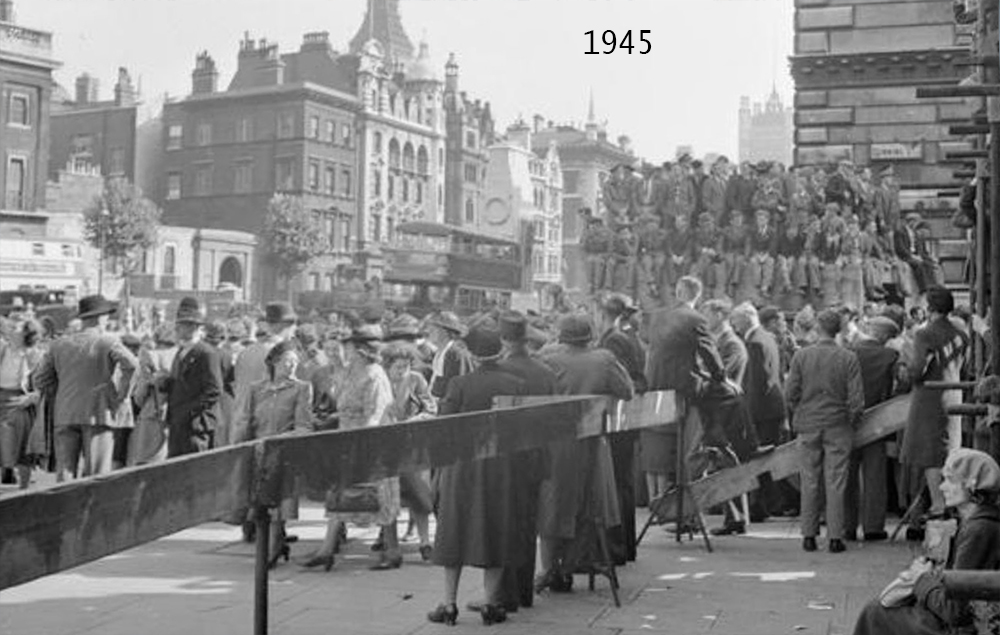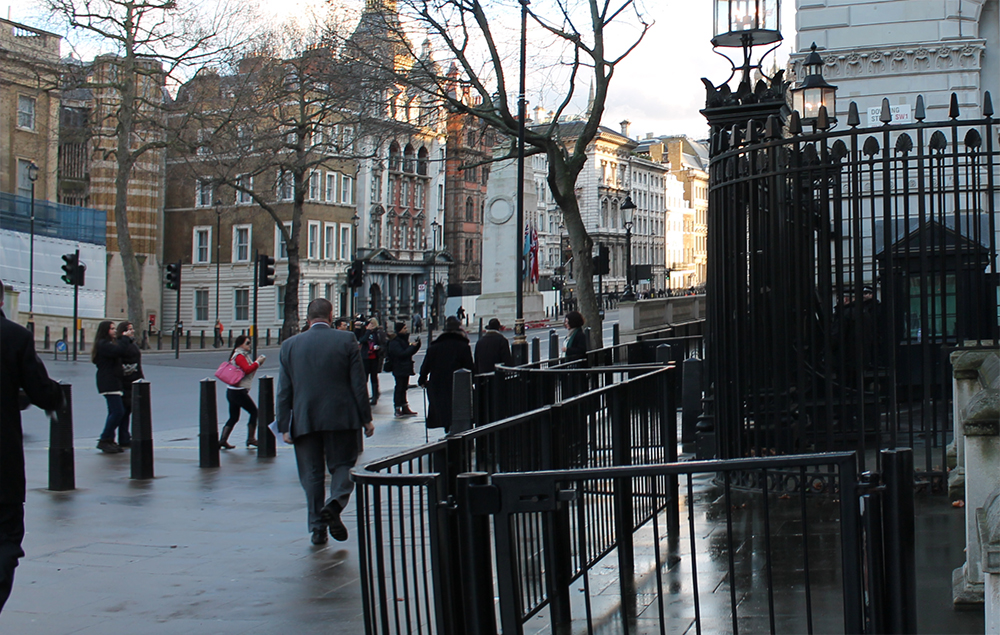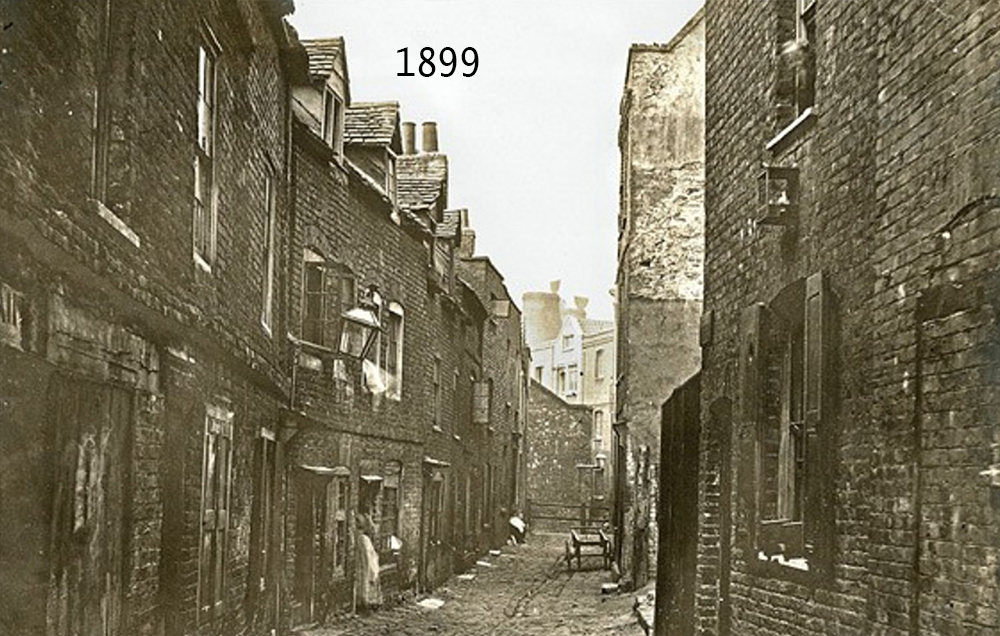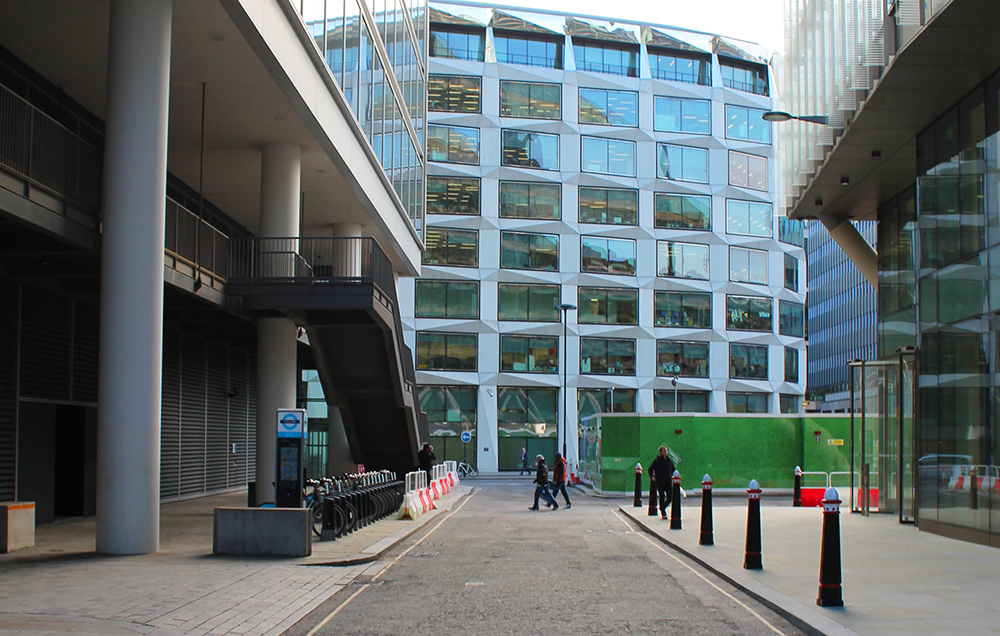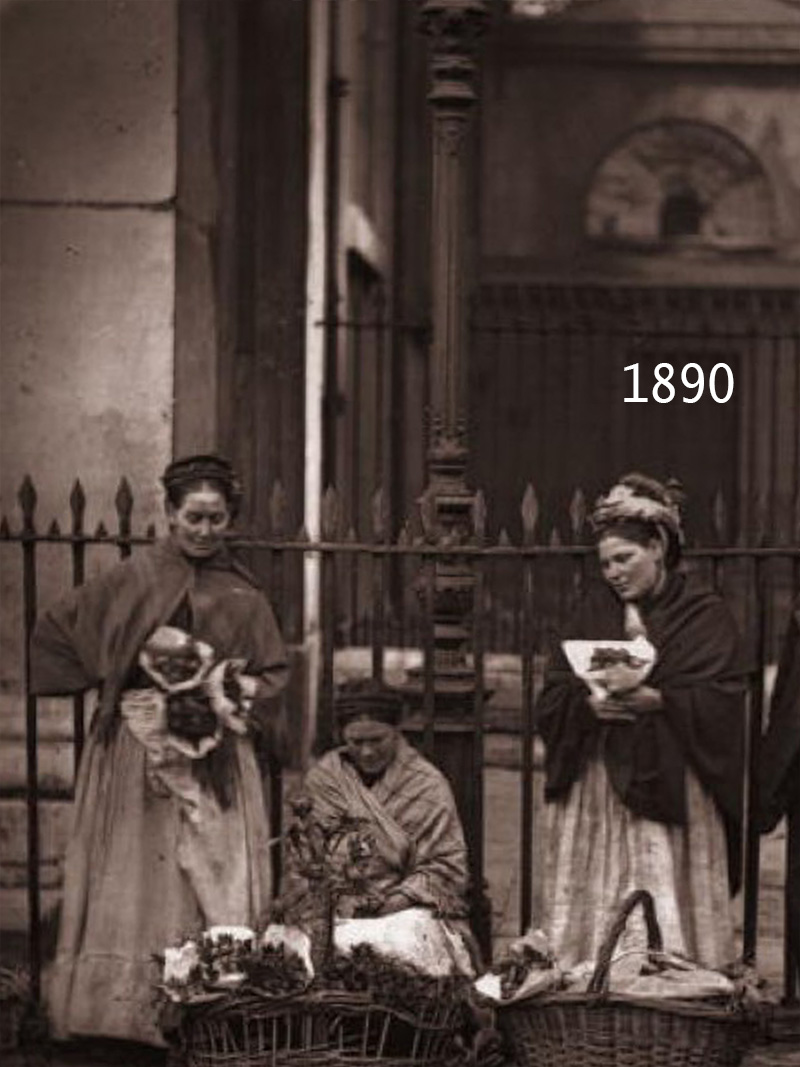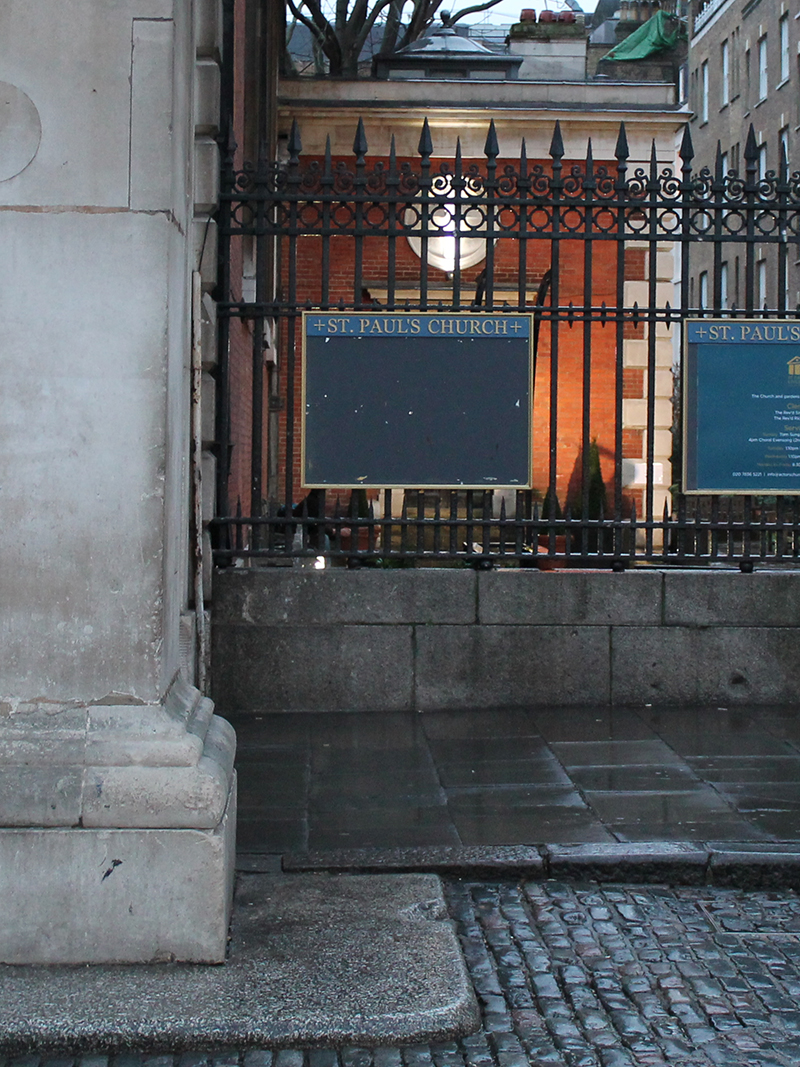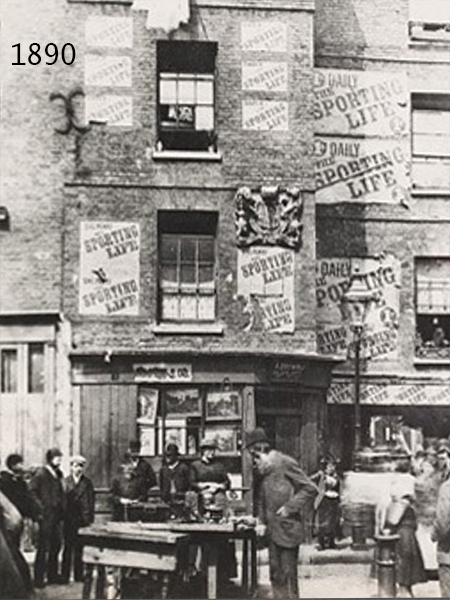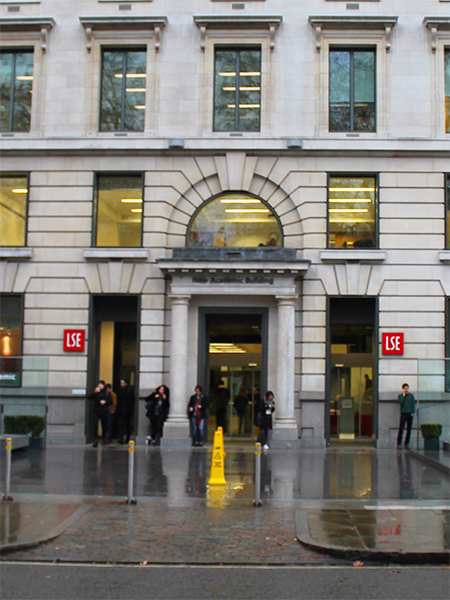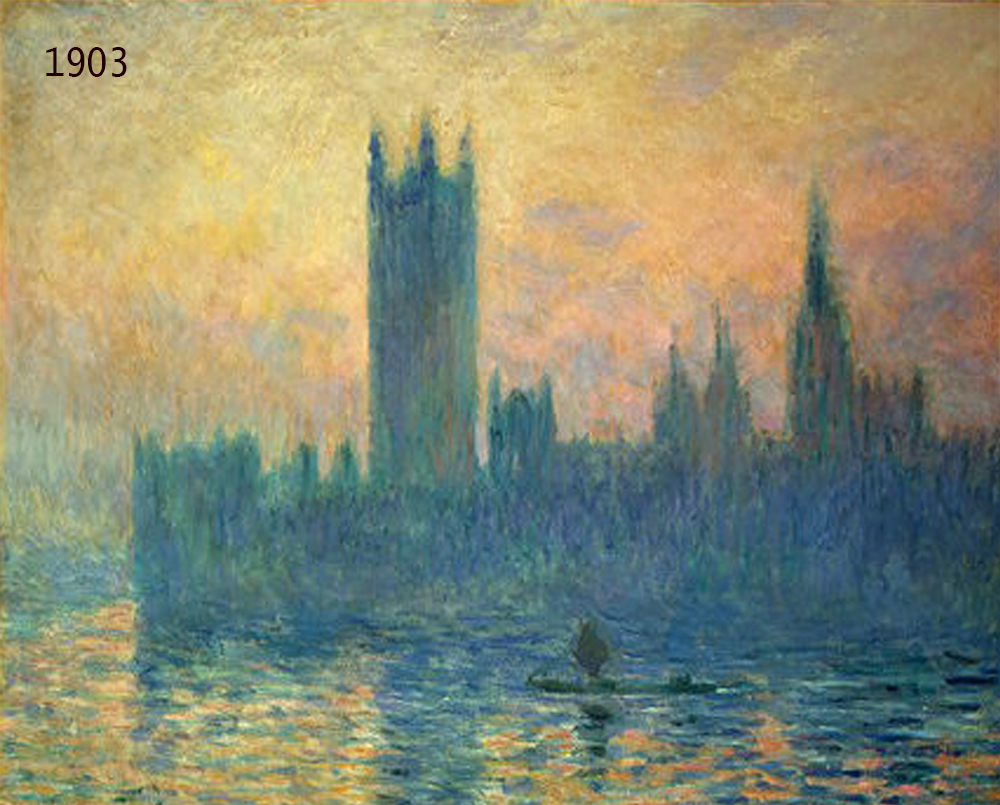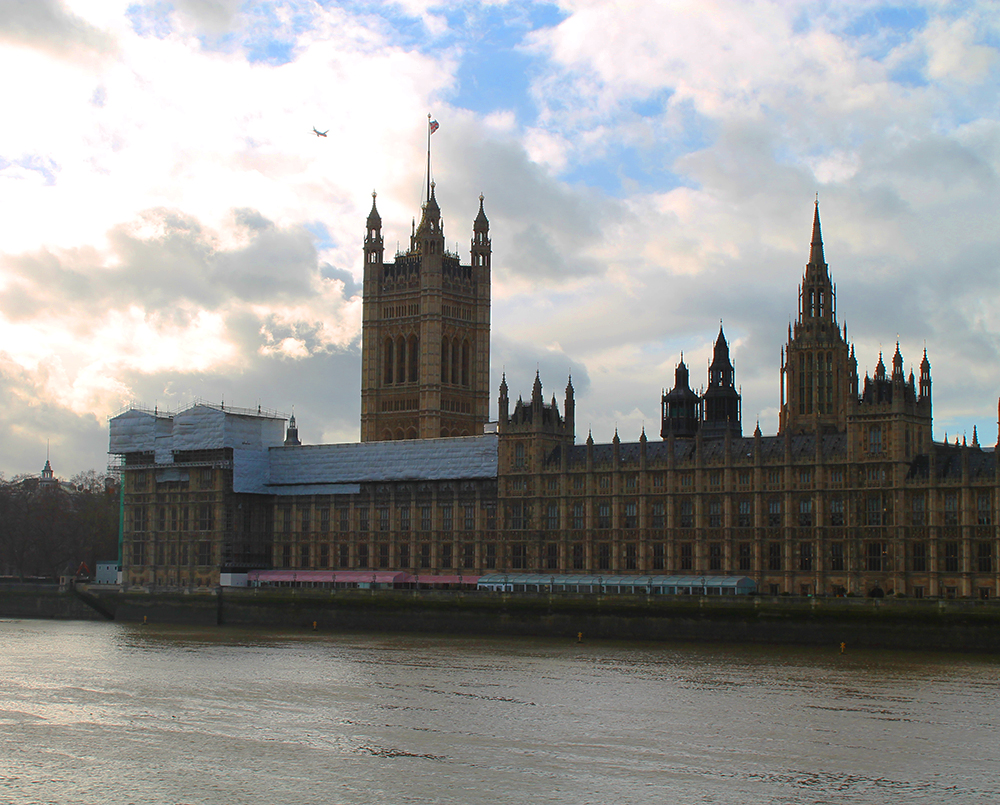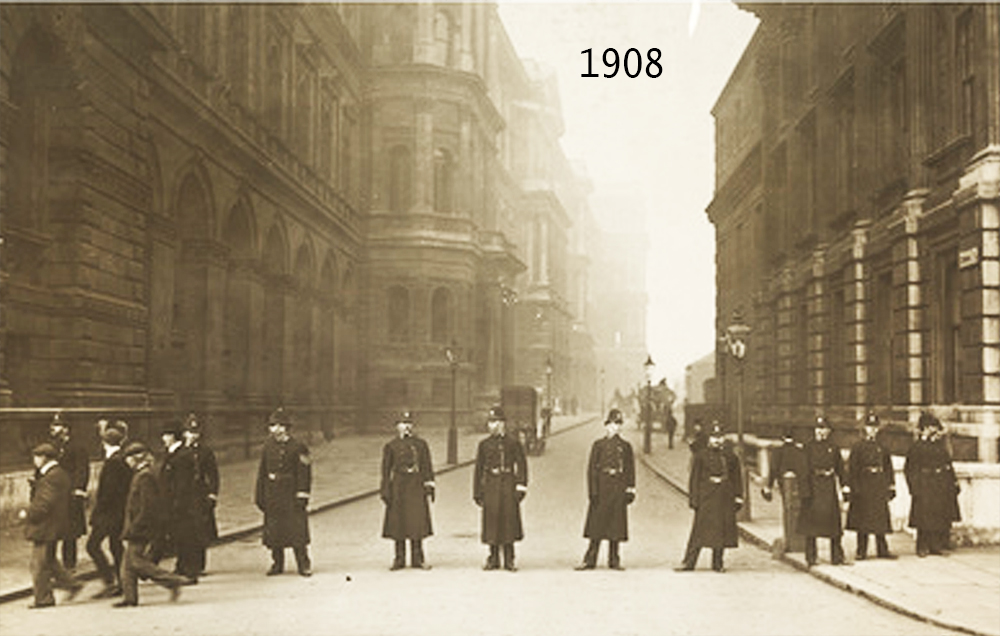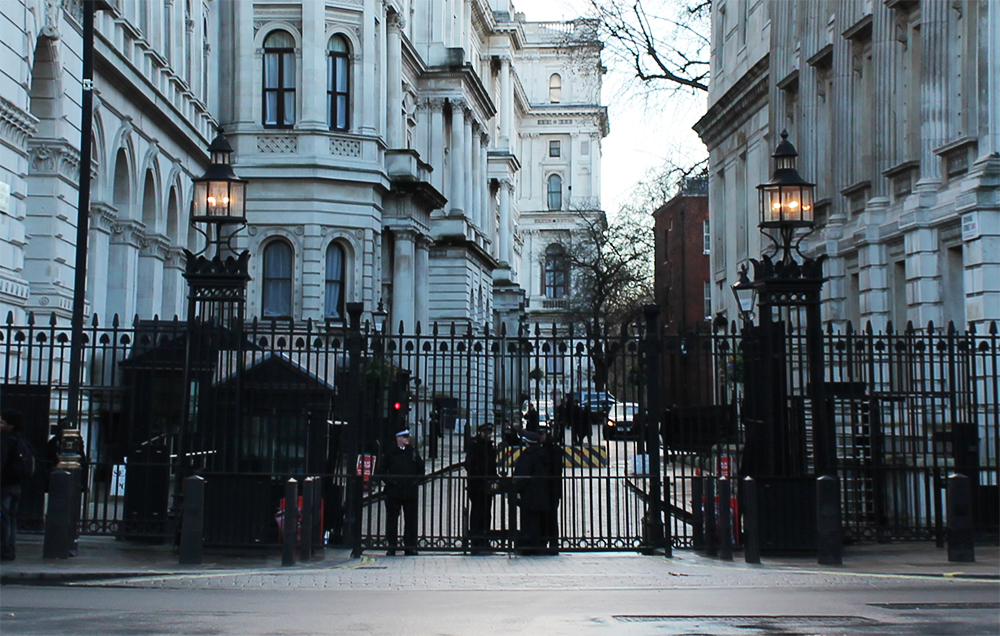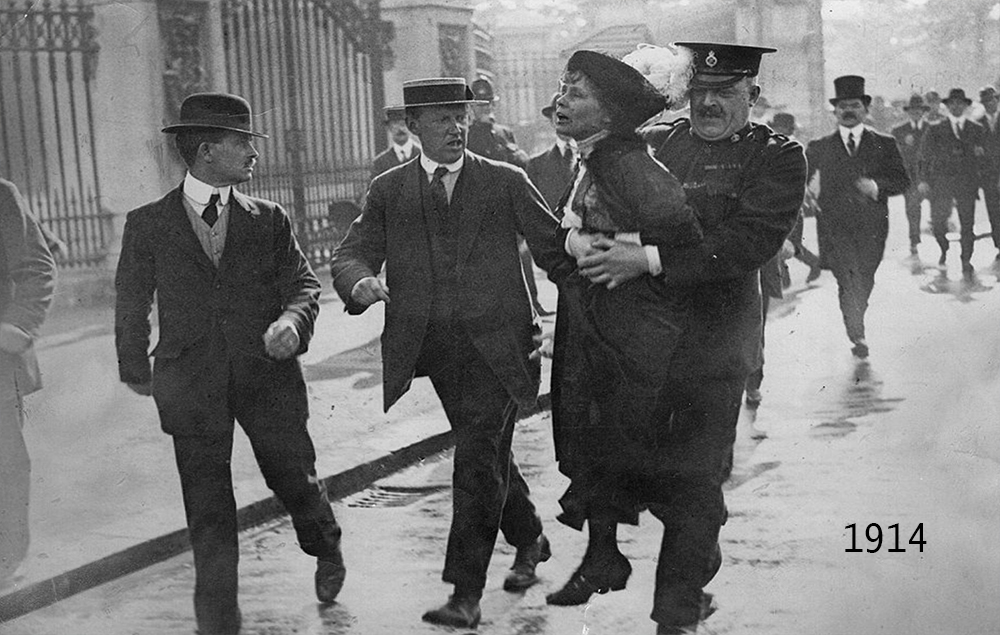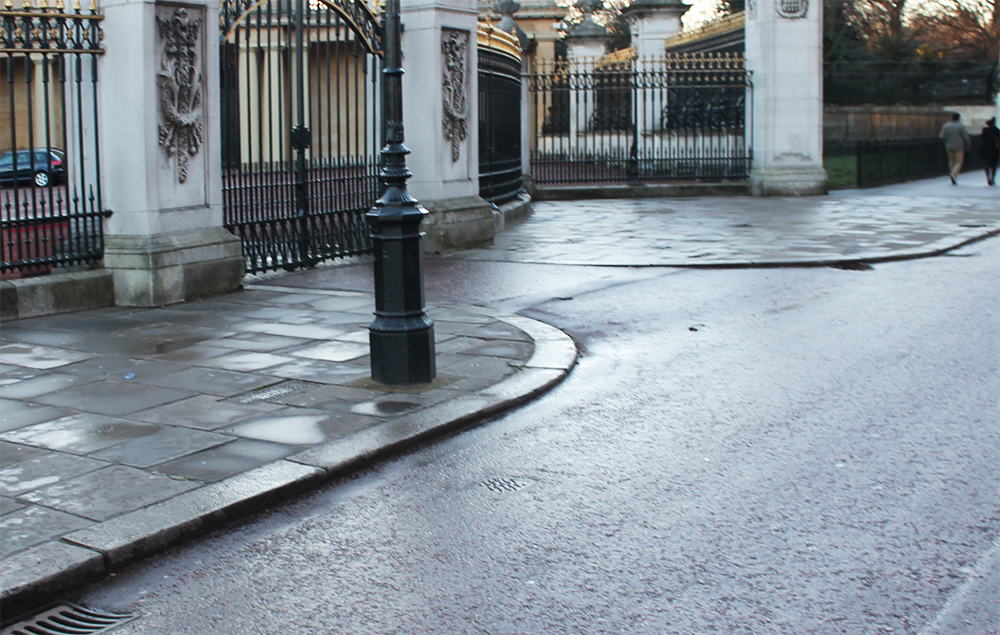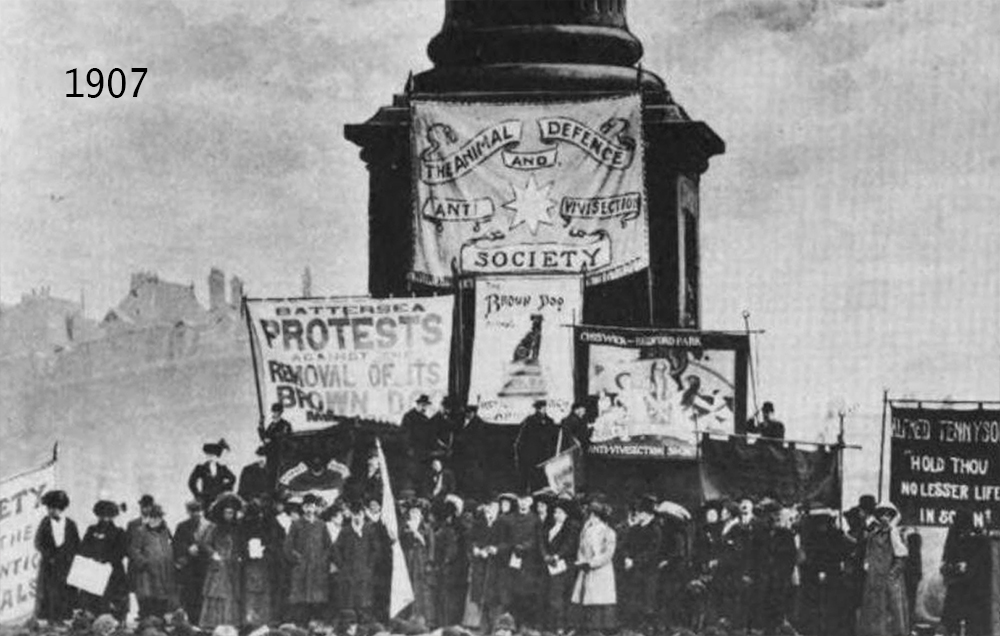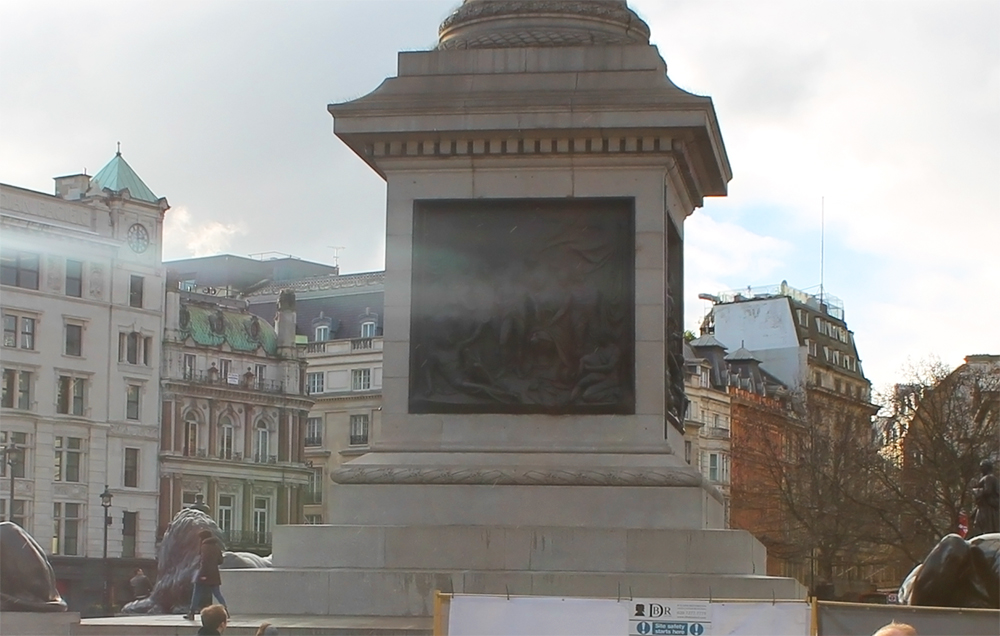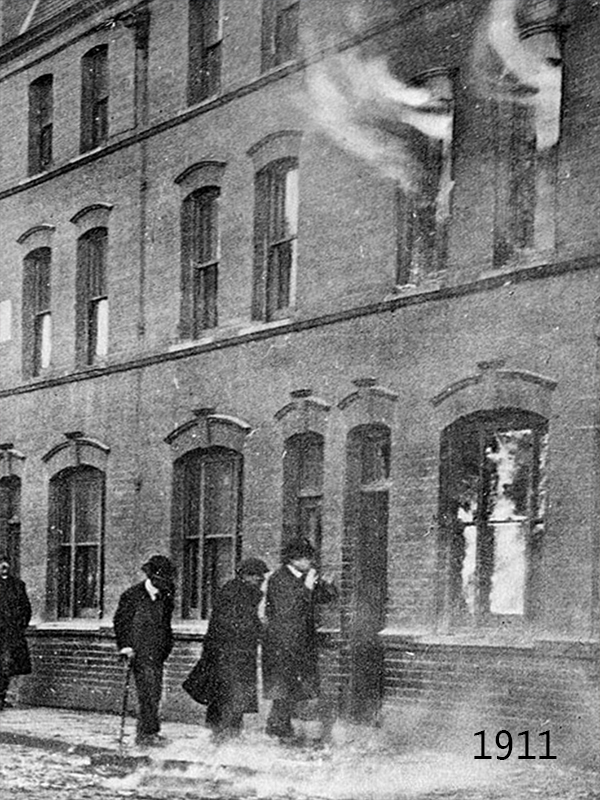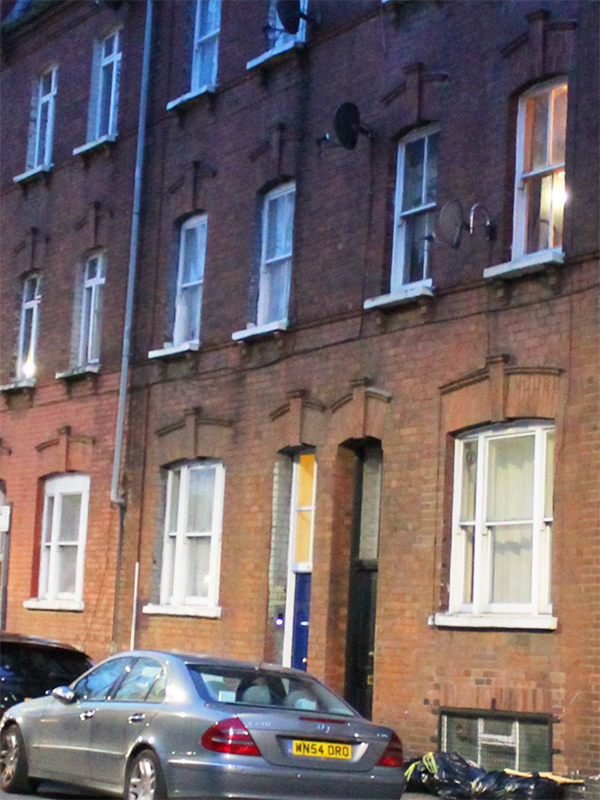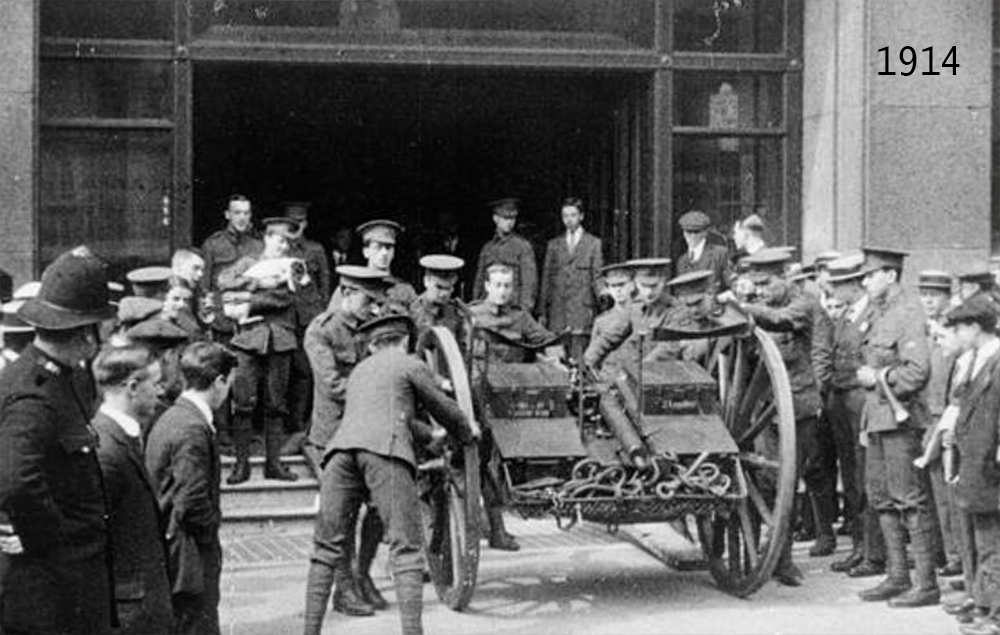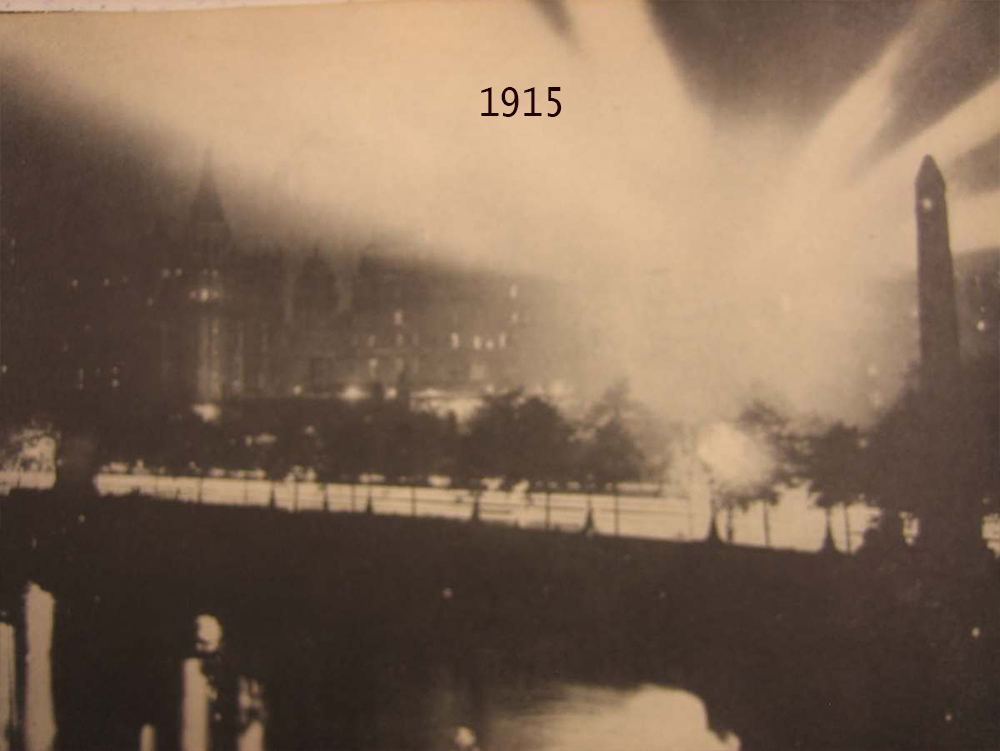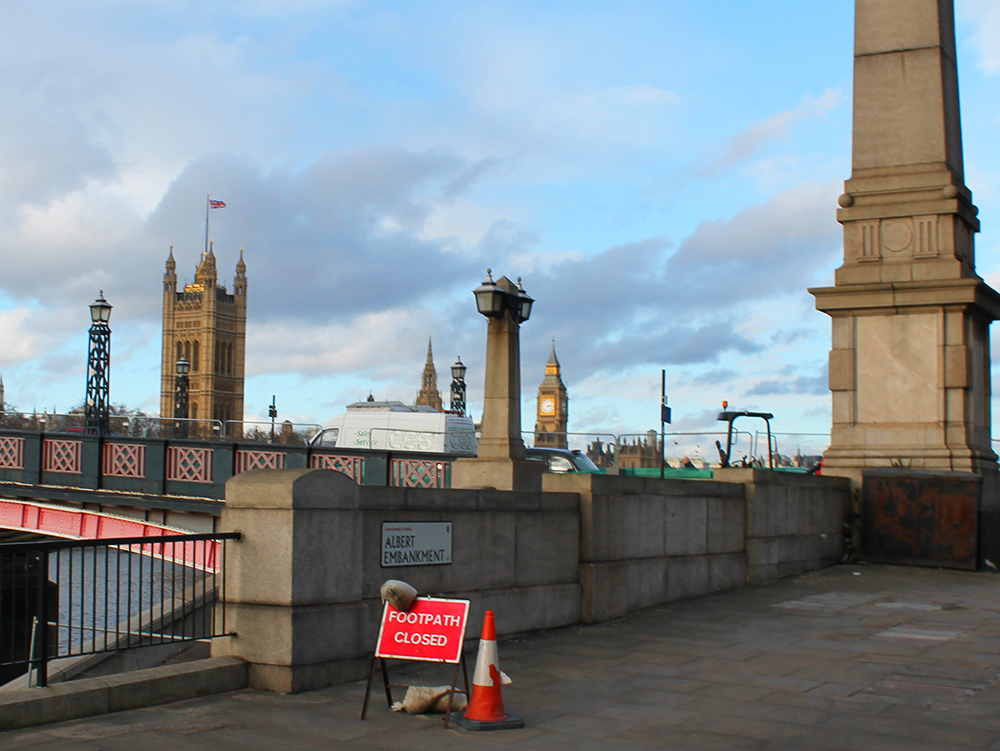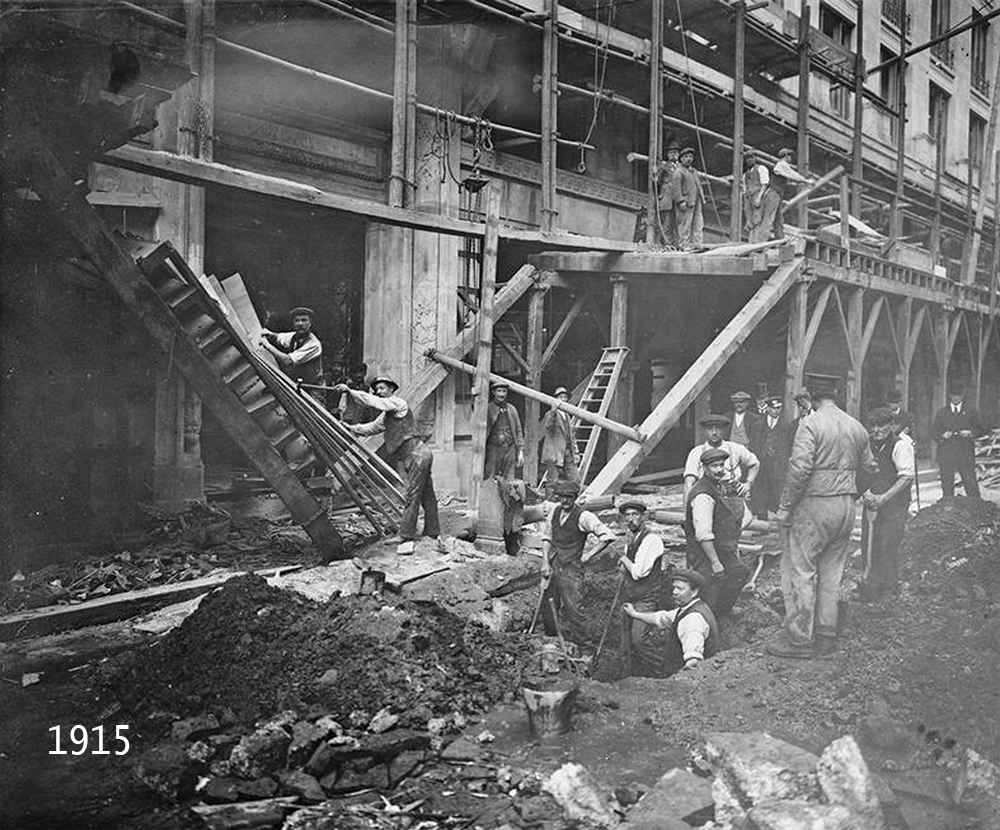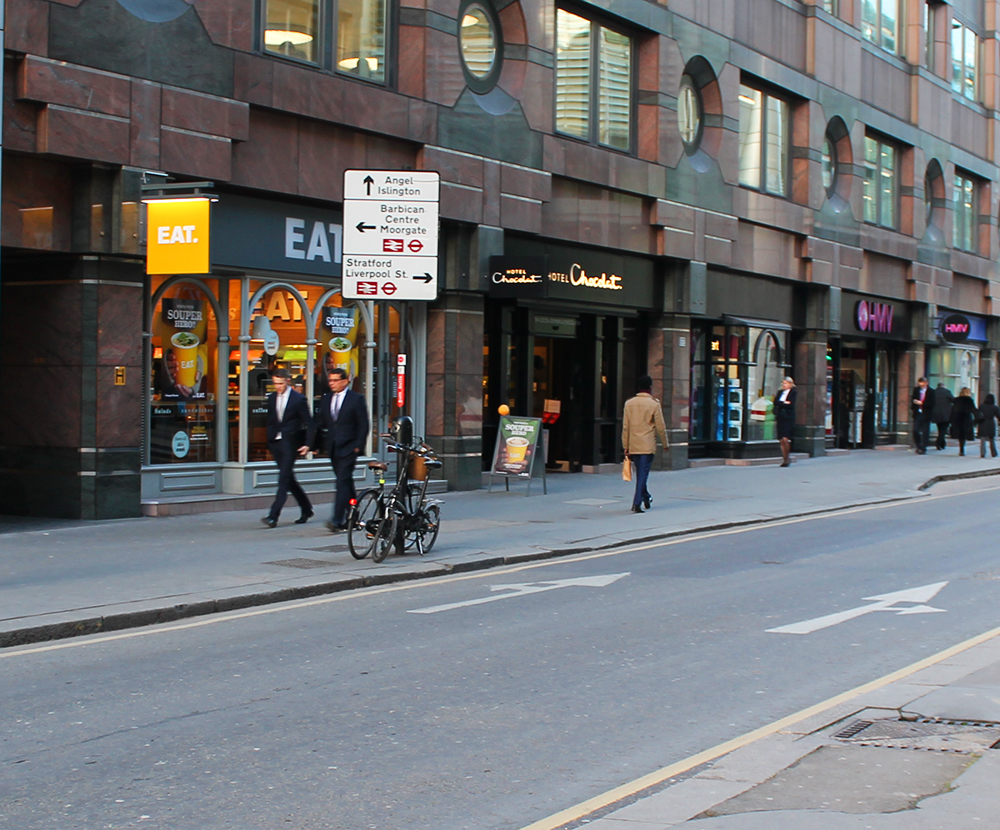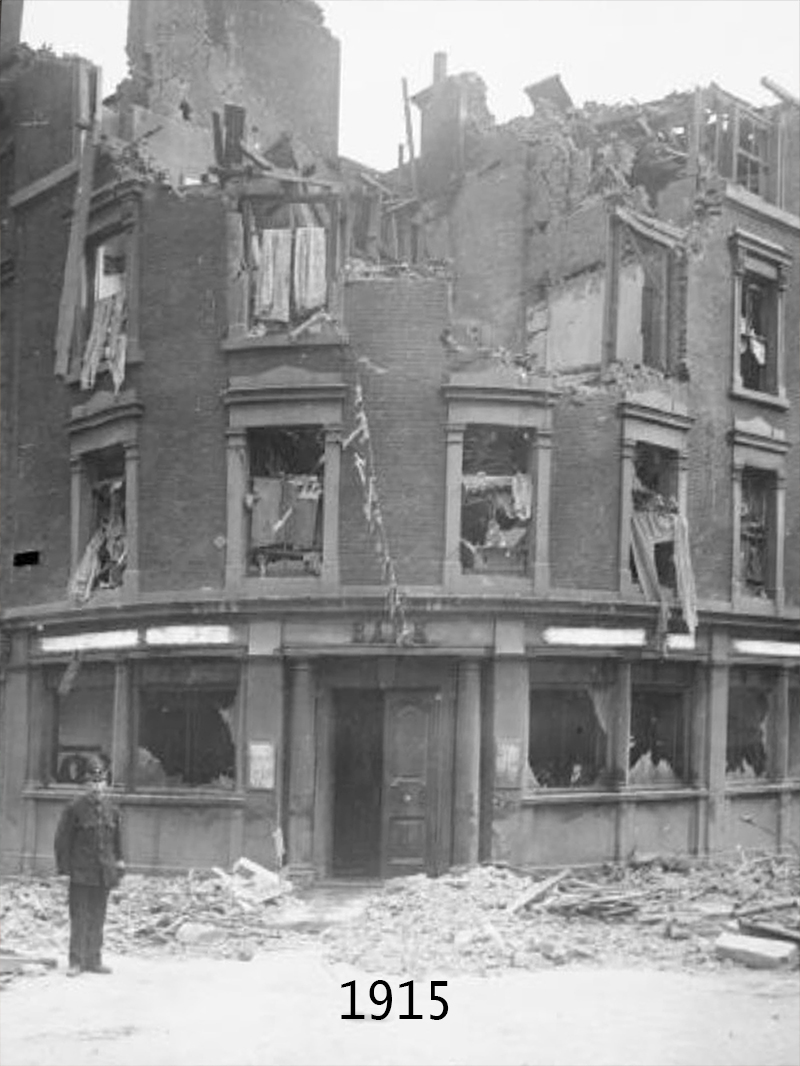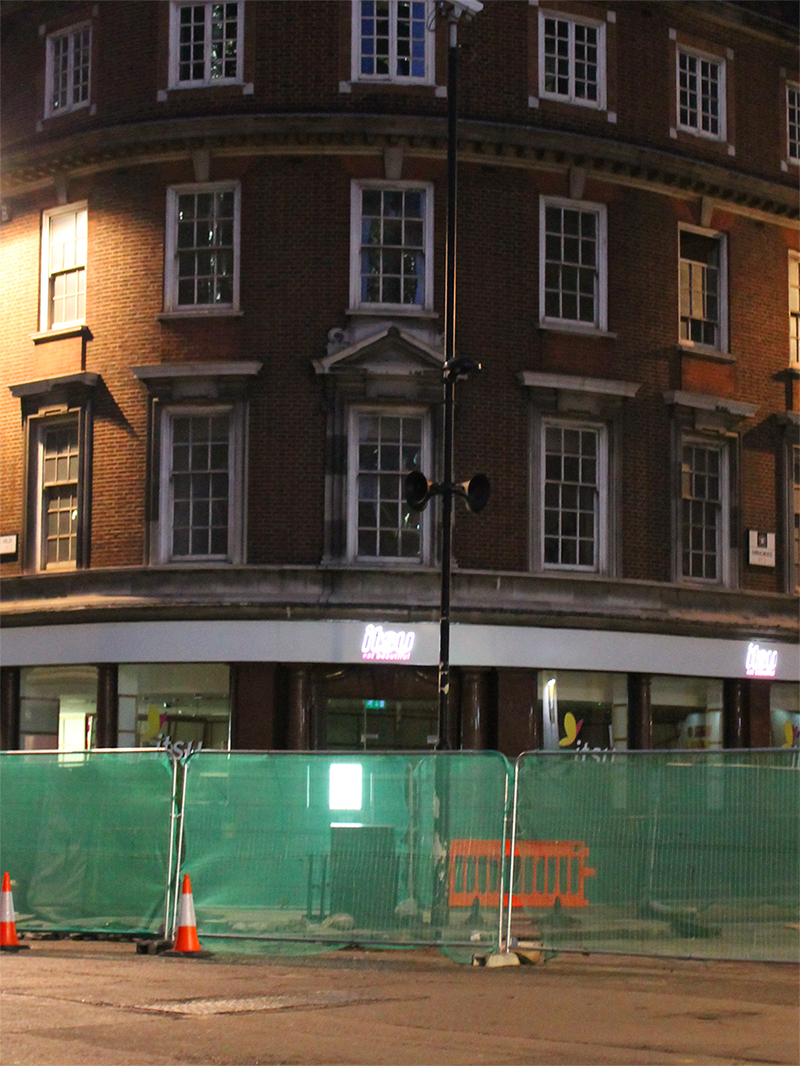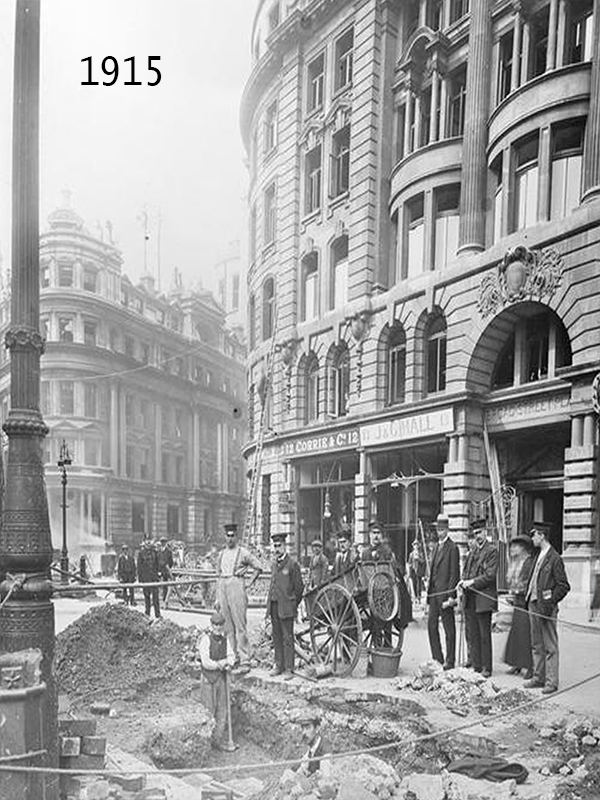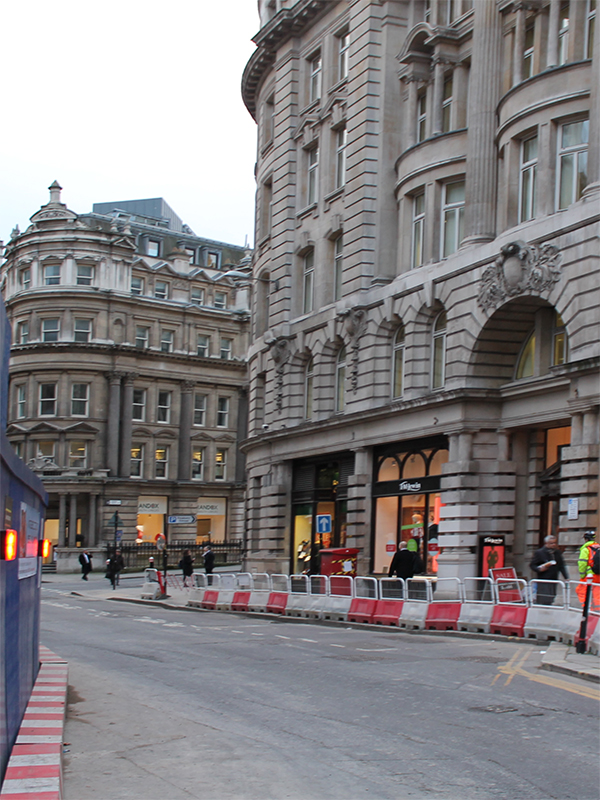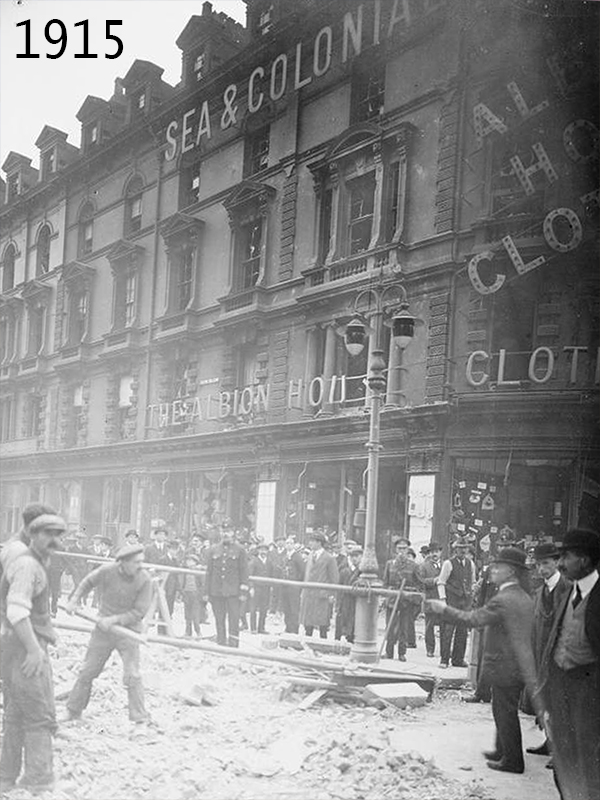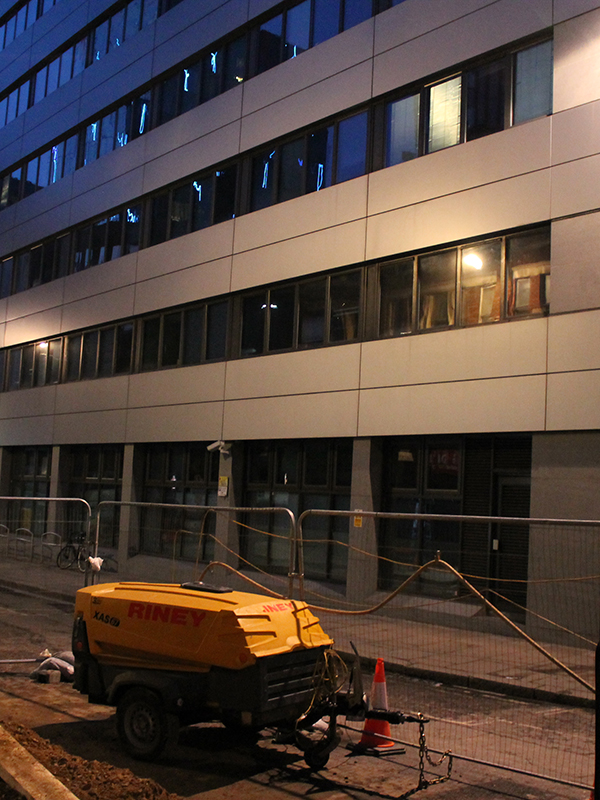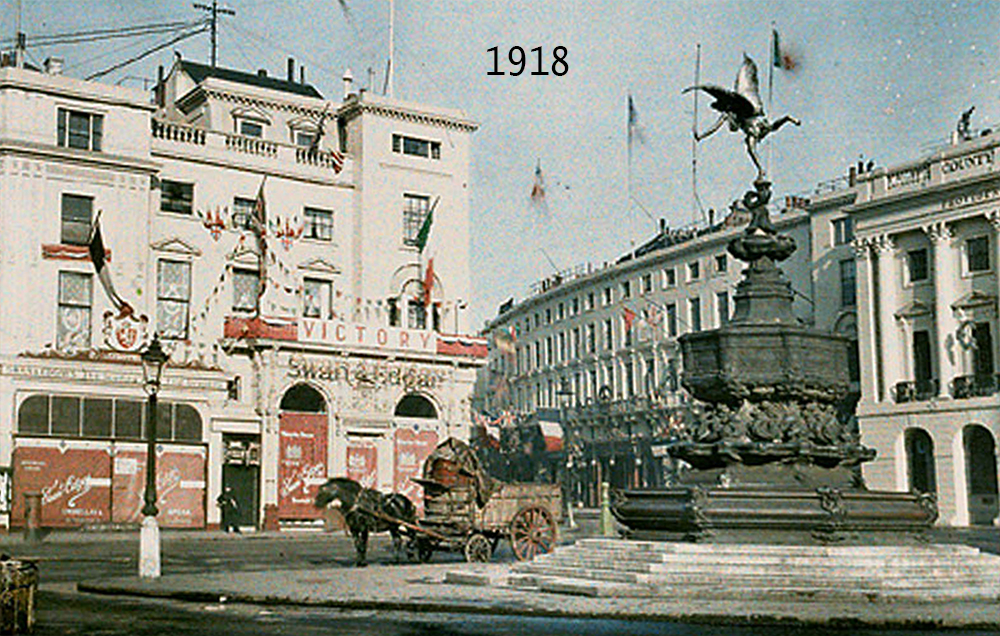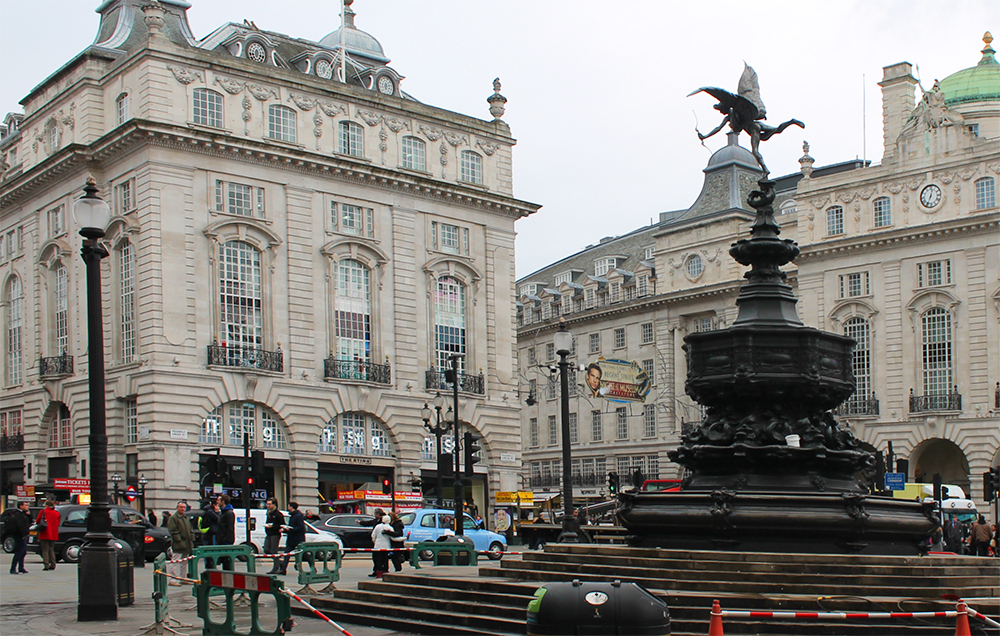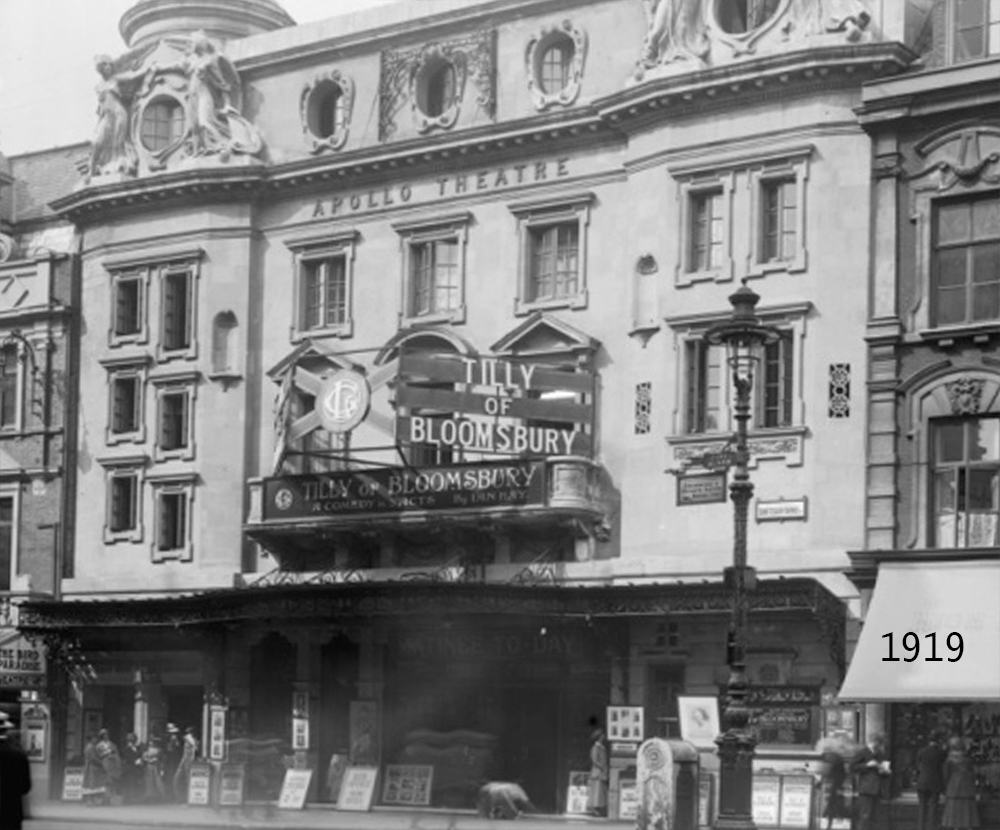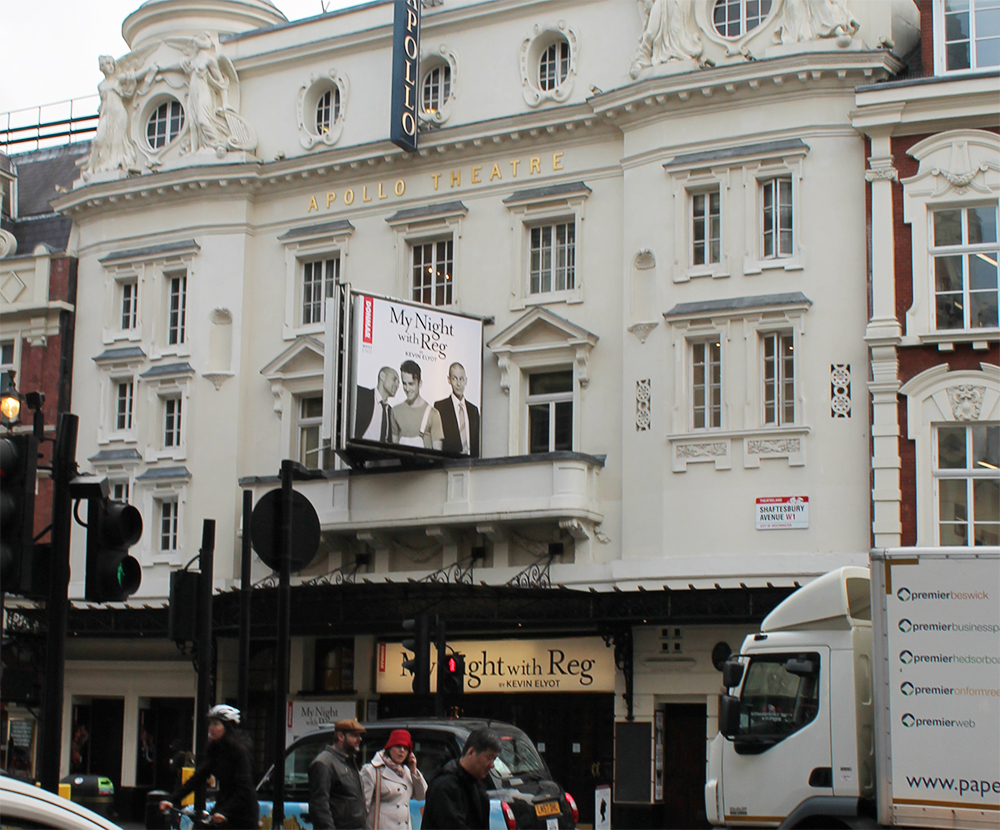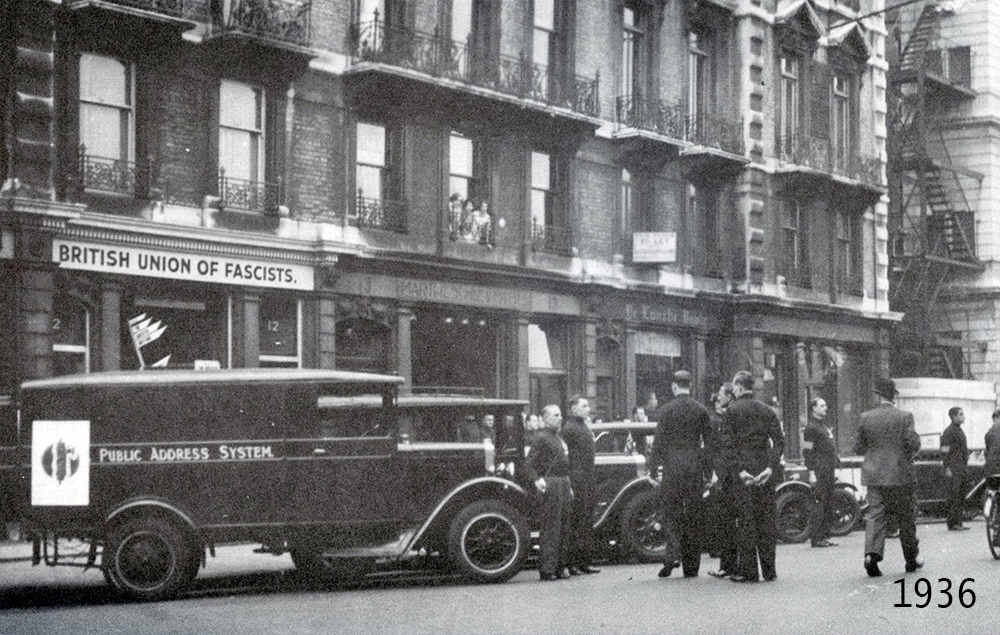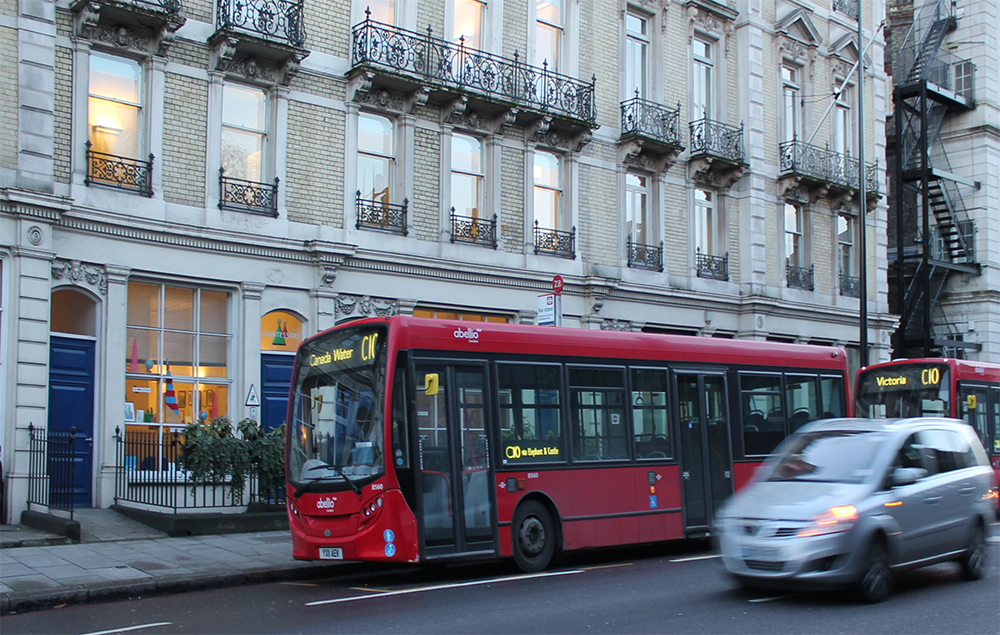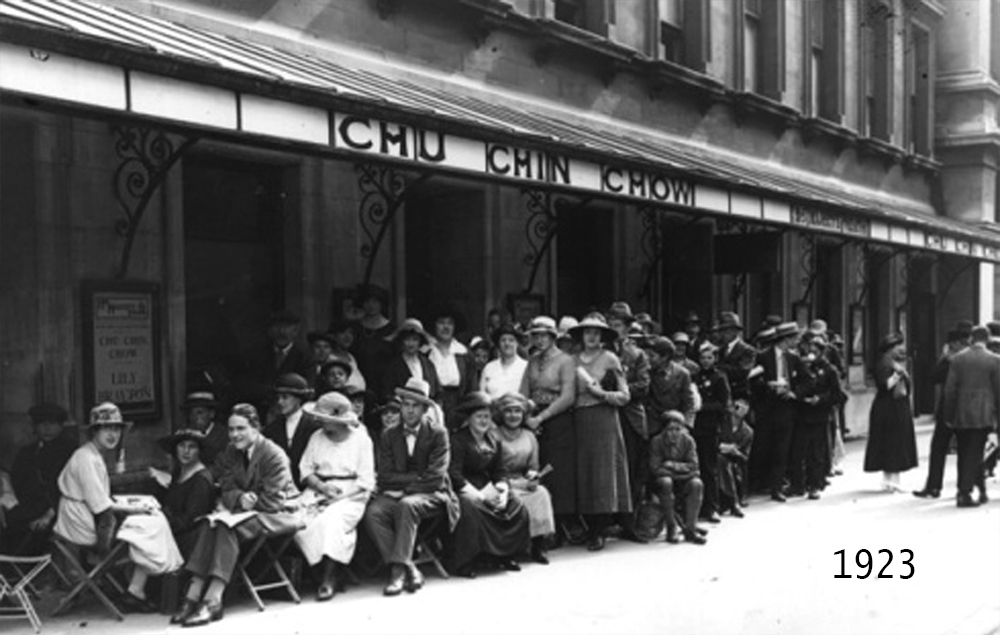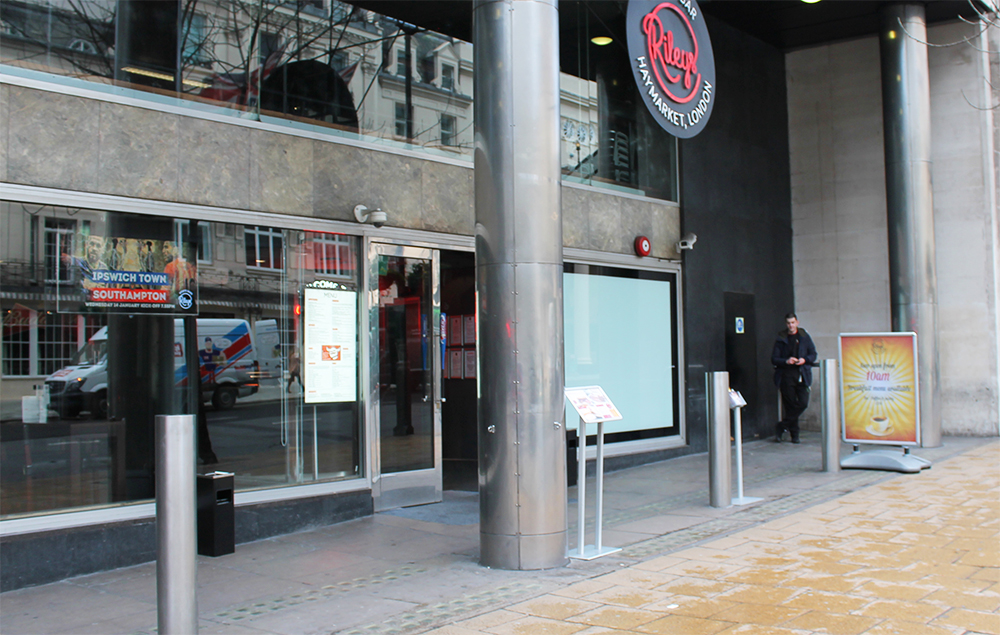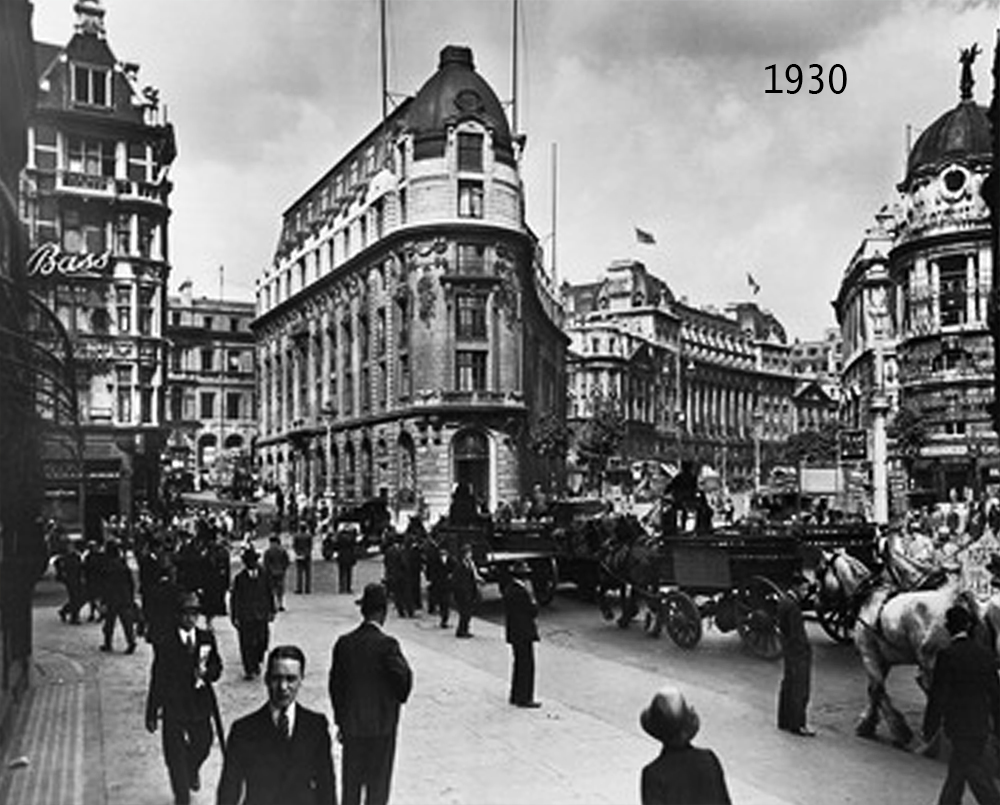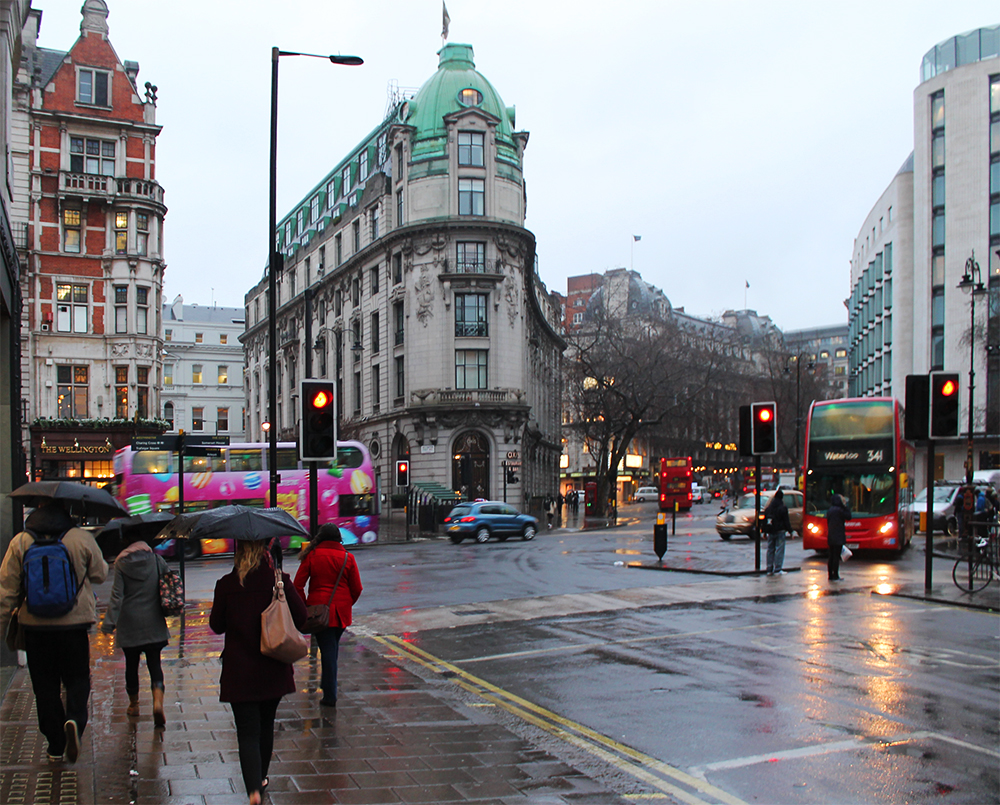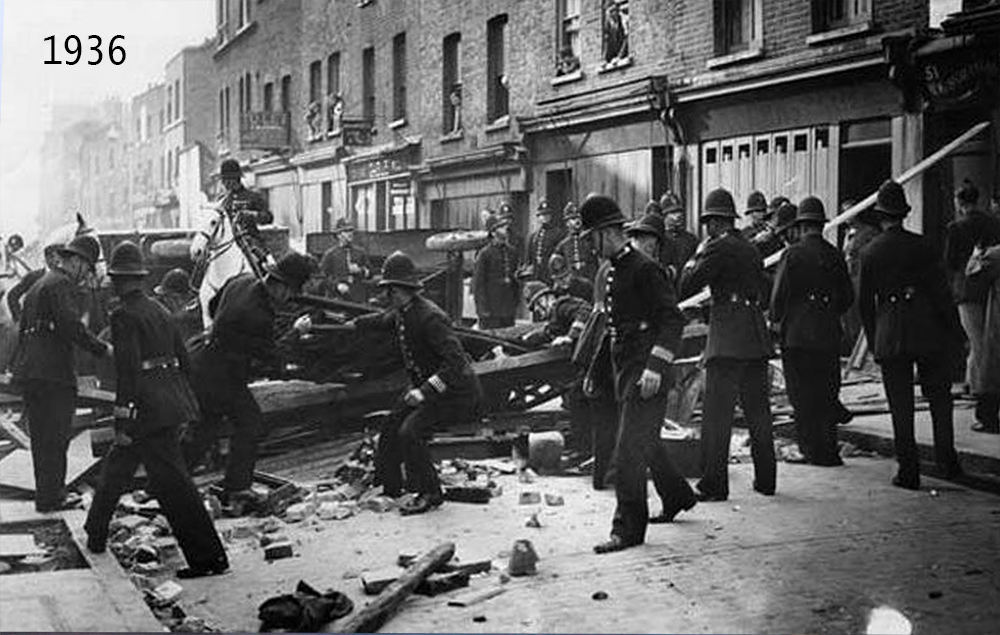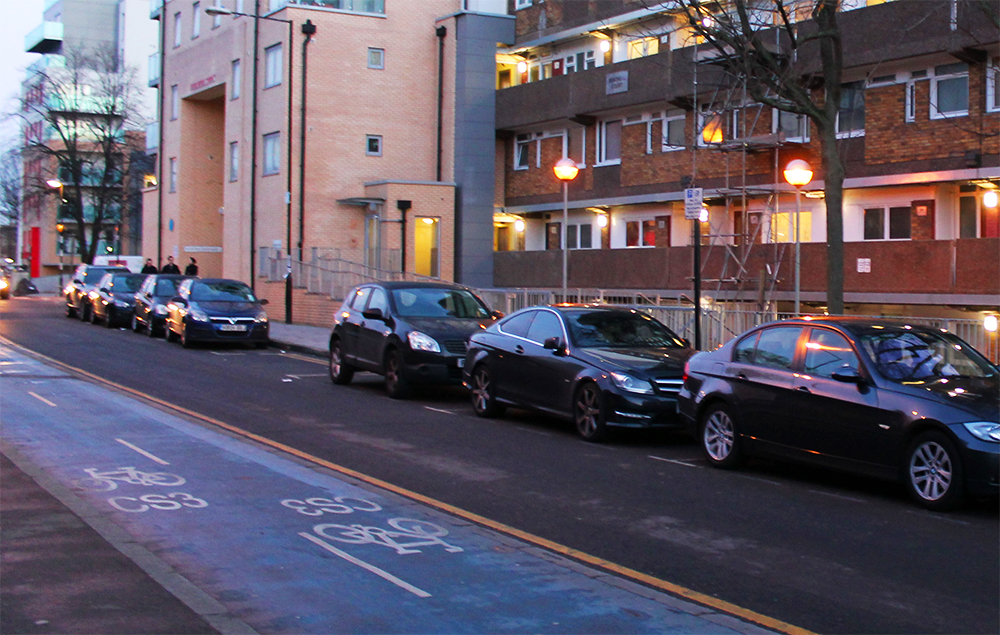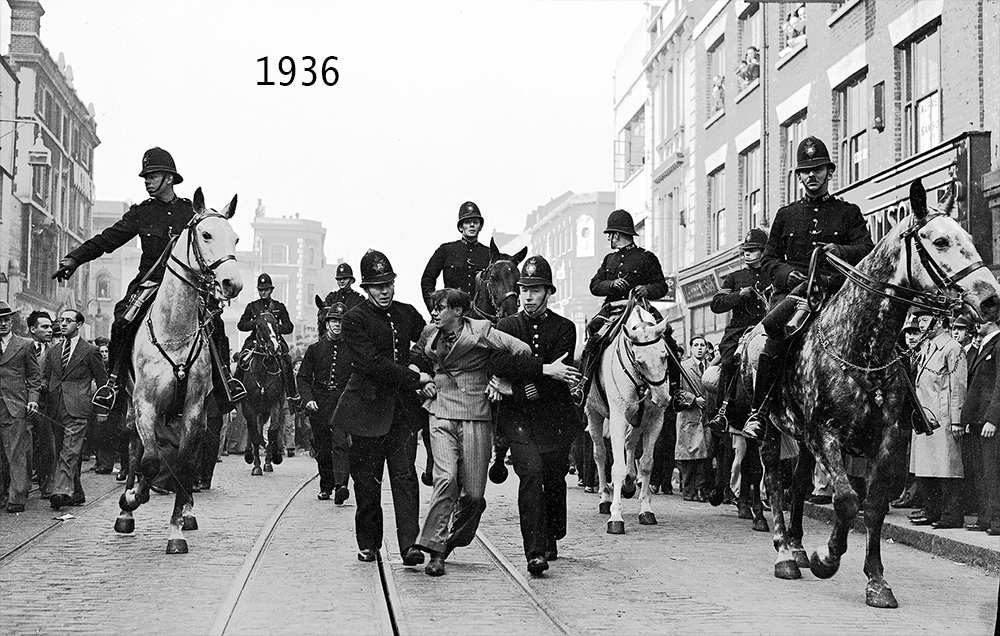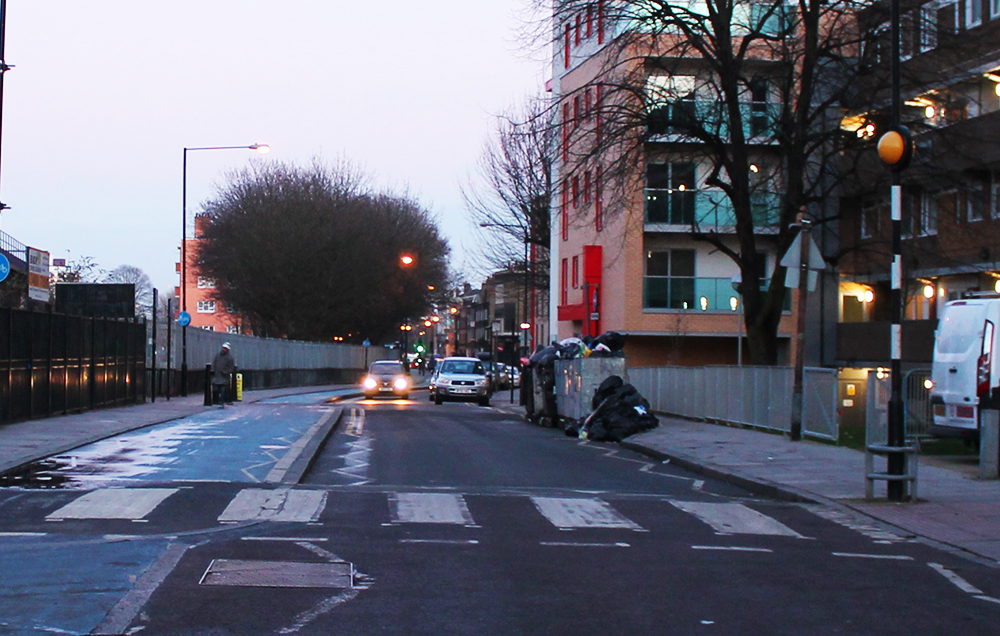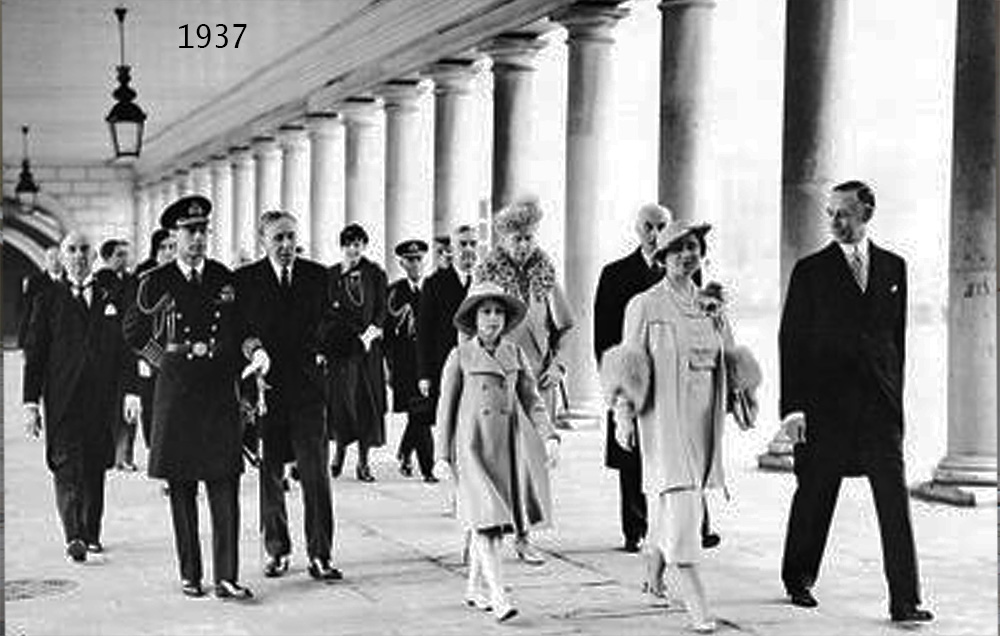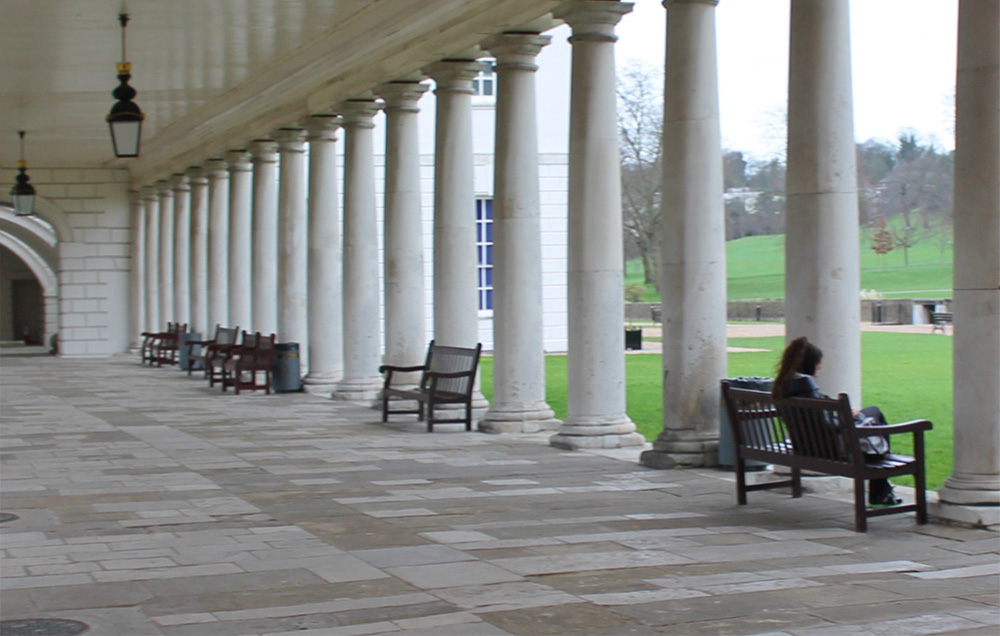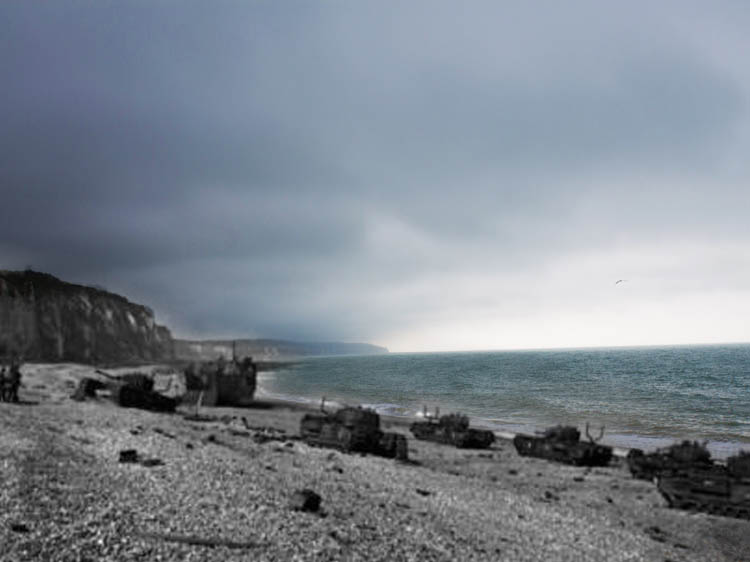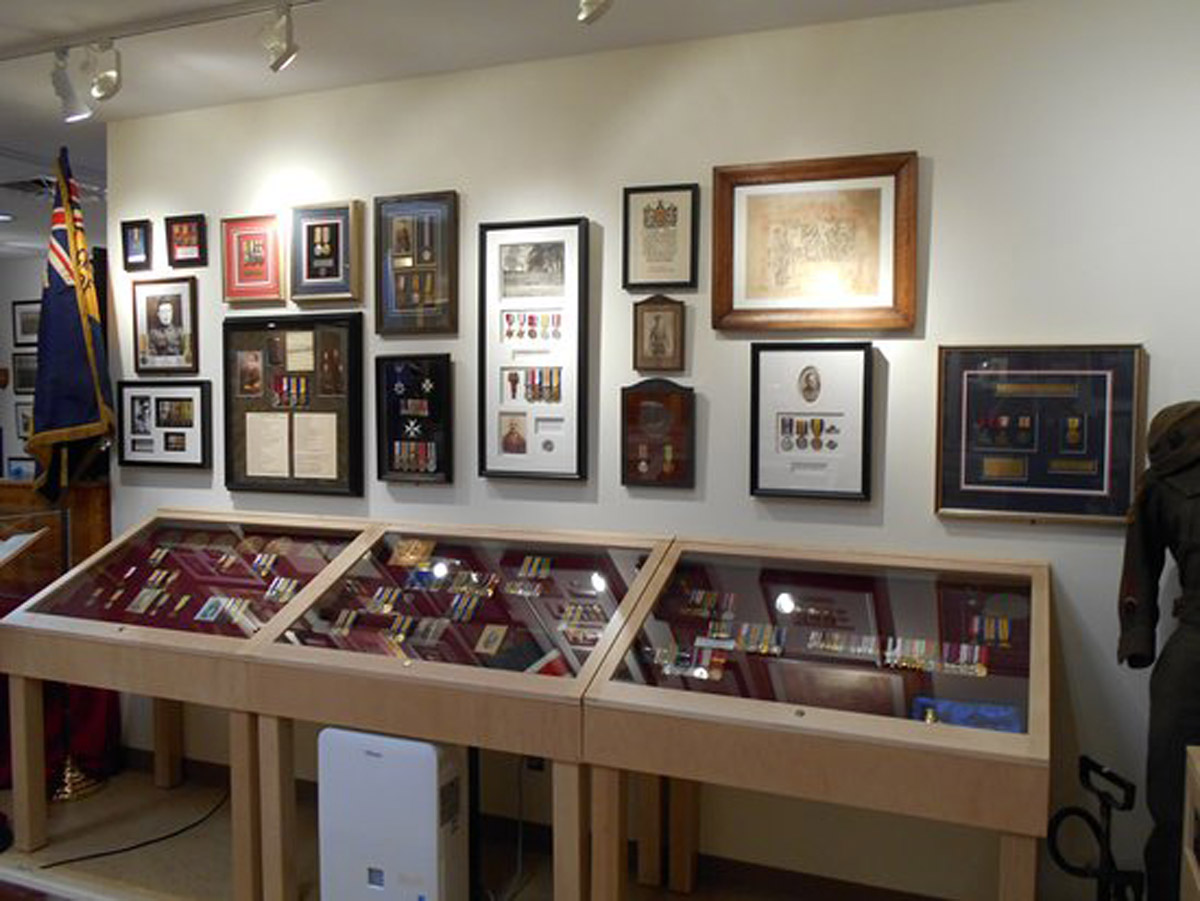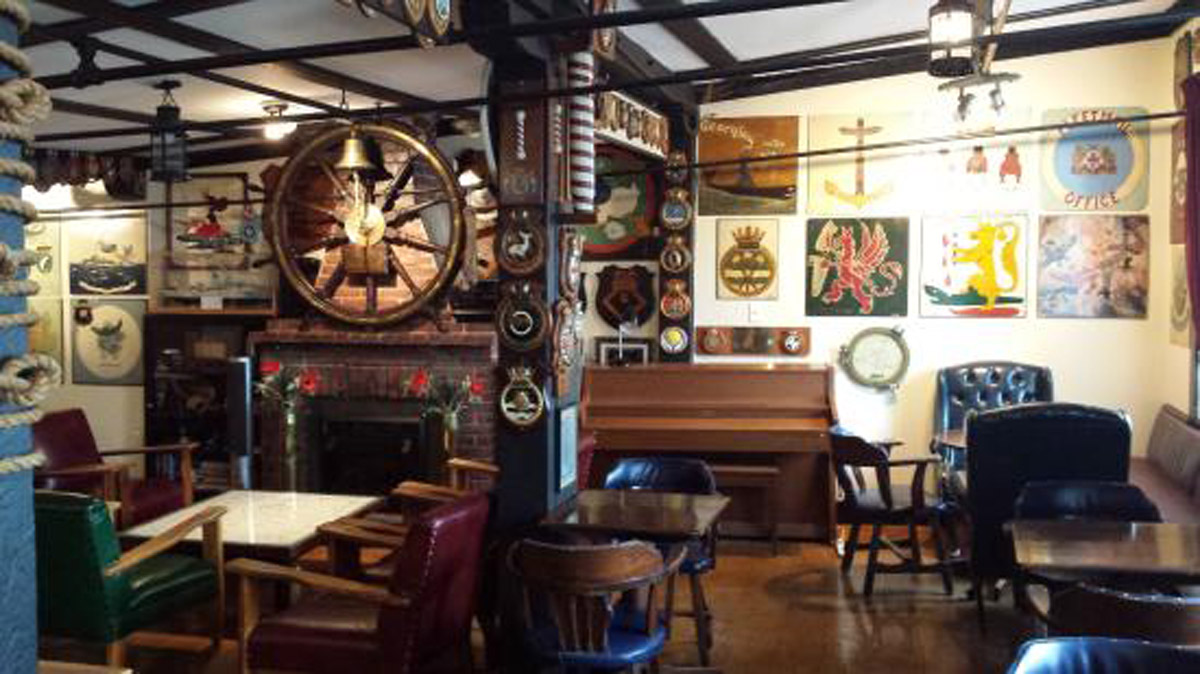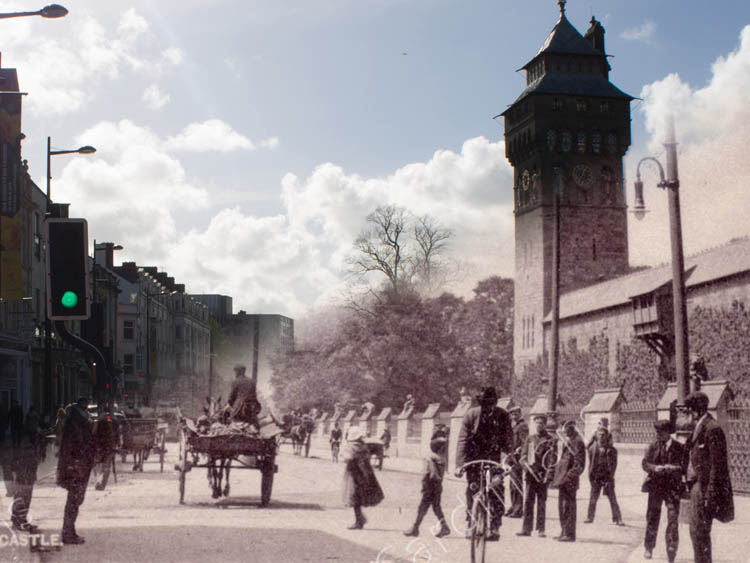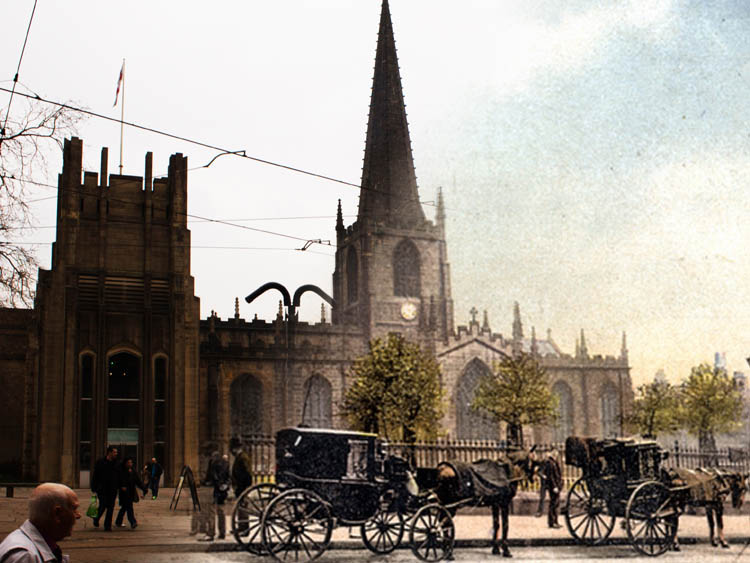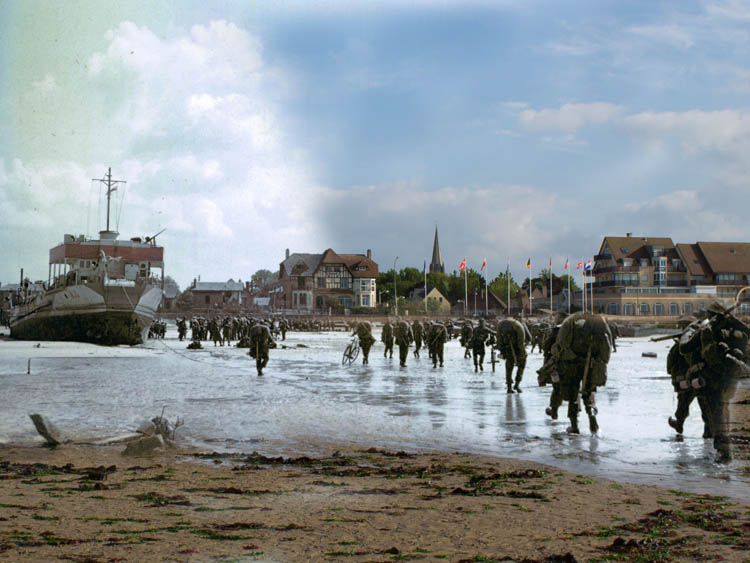Partner City
London
The city that shaped the world
London is a city steeped in history like few others. The leading city of the British Isles since Roman times, the history found in London's grand monuments, cobbled streets and narrow lanes is in some ways reflective of the experience of all Britons. The United Kingdom was only a middling power on the European stage at the end of the Middle Ages. London bore witness to prolonged religious strife, bloody civil war, regicide, and was utterly destroyed by fire. Yet the city and the nation emerged from these centuries a striving and innovative maritime power, rising to global prominence through naval prowess. The empire created and controlled from London came about essentially by accident, and yet somehow came to be the largest and most successful the world has ever known. It brought undreamt of wealth and glory to a lucky few and by the end of the 19th Century Queen Victoria at Buckingham Palace ruled over a bewildering array of peoples and lands. The government at Whitehall held in its hands more power than any in human history. For these reasons the story of London - and therefore Britain - in these centuries is one of the most fascinating and important in all history.
Explore
London
Then and Now Photos
Balham Station Disaster
1940
During bombing even the most secure of places became deathtraps. On 14 October 1940, a bomb crashed into the road above Balham Tube station, seen here. It caused the roof of the platform to collapse on the heads of the civilians sleeping there, bursting the water mains and flooding the station. At least 64 were killed. Here's a bus that crashed into the crater being hoisted out.
Golden Jubilee Celebration
1887
Celebrating the Queen's Golden Jubilee, the 50th year of her reign, in Trafalgar Square in the shadow of Nelson's Column.
Balham Station Crater
1940
Photo of the bus that drove into the crater created by German bombs at Balham tube station.
Protestants Burning at the Stake
1556
Protestants about to be burnt at the stake in Smithfield Market. They would be faced towards the nearby portal of Saint Bartholomew's Priory, giving us the right spot for the Now photo. The Market was the scene of the martyring of both Protestant and Catholic heretics (depending on the predilections of the monarch at the time). William Wallace was hanged, drawn and quartered here and coin forgers were boiled alive at this spot as well. Today it is a quiet place to have lunch.
Damaged Bank Station
1940
A German bomb has penetrated into Bank Station in central London after a particularly heavy air raid.
Execution of King Charles I
1649
The execution of King Charles I. He was led out the middle window of Whitehall's Banqueting House onto a scaffold that had been erected to allow a crowd to witness his beheading. The scaffolding today is used for a less gruesome purpose.
Statue of Eros
1940
The famous statue of Eros in Piccadilly Circus has been removed and the pedestal covered with sandbags to protect it from bomb blasts. London's experience of aerial bombardment in the First World War meant the city took no time in preparing for a second onslaught.
Great Fire of London
1666
People flee towards Tower Wharf on the Thames to escape the Great Fire of London. On the right can be seen the Tower of London, and on the left London Bridge. The bottom of Tower Bridge, which was only built in the 19th Century, can be seen in my photo.
Churchill War Rooms
1940
George Rance changing the weather in the Churchill Bunker underneath Whitehall. George Rance managed the intensely secretive operations in the bunker. Many of the staff would spend days or weeks underground coordinating Britain's global war effort without seeing the light of day. "Windy" was the tongue in cheeck way of notifying the bunkers staff the Germans were bombing London.
Jack Tars
1844
Pensioners outside the chapel at Greenwich hospital by Henry James Pidding. The Greenwich hospital for seamen was founded in 1692 to care for disabled or destitute Royal Navy sailors. Today this painting hangs in the National Maritime Museum. The chapel itself is a tourist attraction, part of the Maritime Greenwich UNESCO World Heritage site.
The Old Naval College
1859
The Old Naval College in Greenwich seen from the Isle of Dogs. A steamship can be seen towing a sailing vessel out to sea, a motif of the time frequently used to symbolize the end of the age of sail. It is most famously depicted in Turner's The Fighting Temeraire.
Sleeping in Tube Station
1940
To escape German bombs thousands of Londoners slept in tube stations. Here we see sleepers on the platform of the Elephant and Castle station.
Duke of Wellington's Funeral
1852
The funeral cortege of the Duke of Wellington, victor at Waterloo, departs Trafalgar Square.
Fighting Fires
1941
The London Fire Brigade battles blazes on Queen Victoria Street on the night of May 10. This was the heaviest air raid of the Blitz, the last before the bulk of the Luftwaffe was diverted to the east for Operation Barbarossa. The destruction of water mains in many areas deprived firefighters of the means to combat the flames. On that single night 1,486 Londoners were killed, though this horrifying toll would pale to insignificance beside the casualties of the Allied firebombing of German cities only two years later.
Buckingham Palace
1888
Buckingham Palace before the facade was redone in 1913. At the time this photo was taken Queen Victoria reigned over almost a quarter of the world's landmass and its people.
Building the Underground
1869
Workers building a metro line in front of Somserset House. This was the first underground line ever built anywhere in the world. Initially poor ventilation meant the stations and cars filled with noxious smoke from the engines, though the novelty and convenience of the tube meant this did not greatly impact ridership.
Windmill Theatre
1940
The Windmill Theatre, the only one in London to remain open throughout the Blitz, as the "We Never Closed" sign reminds us. Londoners fought to maintain whatever semblance of normalcy possible despite the almost nightly air raids.
Naval Honour Guard
1943
Led by an honour guard of sailors and high-ranking officers, the funeral cortege of First Sea Lord Sir Dudley Pound leaves the Horse Guards Parade.
Building Paddington Station
1867
Underground construction by Paddington Station. Constructed through the back-breaking cut-and-cover method, the work looks exhausting.
Admiral's Funeral
1943
Deputy First Sea Lord Admiral Sir Chas Kennedy-Purvis inspects the Admiralty Company of the Home Guards at the Horse Guards Parade.
East African Soldiers
1942
East African troops take time off their duties to be tourists in London. A salvation army volunteer is showing them Buckingham Palace. Britain could count on men and women from across the empire to support her war effort.
Building the Great Eastern
1857
Here we see welders at work on the SS Great Eastern on the Isle of Dogs. Working at night, the scene is lit by gaslight. The Great Eastern was meant to be a symbol of Britain's naval power, engineering prowess and industrial strength. Designed by the legendary Isambard Kingdom Brunel, the ship was six times bigger than any other afloat at the time of its launch in 1858. It wouldn't be surpassed for another 40 years.
Polish Pilots
1944
Two Polish pilots stroll through Piccadilly Circus. Men and women from all over occupied Europe also came to Britain to continue the fight against Germany, most notably the Poles and the Free French. By 1942 London was home to nine different governments in exile.
Crowd at Woolwich Arsenal
1902
Workers gather to listen to a preacher speak at the Gatehouse of the Royal Arsenal in Woolwich. Woolwich had been the centre of British armaments manufacturing since the 17th Century, one of the world's largest manufacturing centres. By the First World War, a few years after this photo was taken, over 80,000 people were employed in the sprawling complex. Today the Royal Arsenal is a historic site and hosts the excellent Royal Artillery Museum.
WAAF Members
1944
Members of the Women's Auxiliary Air Force feed pigeons in front of a poster-plastered Nelson's Column in Trafalgar Square.
Carriages on Oxford Circus
1888
Regent's Circus, or Oxford Circus as it is now known. Most of the buildings have been knocked down or at least redeveloped in the last 130 years. In the foreground you can see a man pulling an organ grinder, a form of entertainment very popular with the urban poor at the time.
Marble Arch
1942
Here we see the Marble Arch in Hyde Park has also been covered in posters, reminding Londoners to invest in Britain's war effort.
Bookmobile
1943
This vehicle is collecting books as part of the Supply Directorate's campaign to rebuild libraries destroyed by bombing. The photo was taken behind the Senate House.
Photographer in Clapham
1877
A nanny poses with a baby for a photograph. The photographer has brought along his mobile dark room.
Trafalgar Square Traffic
1942
Traffic leaves Trafalgar Square past the National Gallery. This is from a series of photos created by the government to remind people around the world that life continued in London despite the Germans' best efforts to disrupt it. "London is still London."
People on Oxford Street
1940
Photo of Oxford Street. It's busier than you would expect in wartime, but compared to the traffic today it looks positively tranquil. The famous Selfridge's Department Store can be seen on the right.
Prince of Wales Theatre
1895
The Prince of Wales theatre. Home of Shakespeare's Globe Theatre and the focus of English entertainment throughout the world, London has always had a vibrant and trend-setting theatre scene.
Crystal Palace Exterior
1855
The Crystal Palace built for the Great Exhibition in 1851. It was the first large building constructed of walls of plate glass supported by iron struts. This novel building that didn't require any interior lighting astonished visitors and was named the Crystal Palace because it reminded viewers of crystal.
People on Oxford Street (2)
1941
Despite the carnage and destruction people went about their daily lives. Here's a shot of busy Oxford Street, with a man waiting for a bus at Wardour Street Stop.
Crowds by Liverpool Station
1888
A crowded street in front of Liverpool Station. Only the building on the left survives, the pub owners proudly reminding us that it's still "open as usual." In 1801 Greater London had a population of just over a million. By 1901 this had increased to well over 6 million, the largest surge in population seen anywhere up to that point and making London far and away the largest city in the world. Second was New York (4 million), followed by Paris (3.3 million), Berlin (2.7 million) and Chicago (1.7 million). These people were overwhelmingly concentrated in Inner London and most of them lived in cramped and fetid conditions. This is opposed to today where the majority of London's inhabitants inhabit outer London.
Celebrating VE Day
1945
Victory in Europe Day on May 8 caused a spontaneous outpouring of celebration on the streets of London. Here confetti falls from rooftops onto Davies Street.
Punch and Judy Show
1875
A crowd watches a Punch and Judy Show in Waterloo Place. On the left can be seen the Crimean War Memorial. Punch and Judy shows are mobile booths where puppet shows can be put on. They were wildly popular with the lower classes.
Celebrating VJ Day
1945
In confetti strewn streets people celebrate the surrender of Japan several months after VE Day, and the end of the Second World War. Nelson's Column can be seen in the background.
VJ Day Crowds
1945
Eager crowds await Winston Churchill's announcement of Japan's surrender just outside Downing Street in August 1945. After six years of war--and the death and maiming of millions of civilians, soldiers, sailors and airmen, the thousand wartime deprivations, had come to an end.
Tenement Slums
1899
Slums on lower Fore Street near Moorgate. These slums, like many slums throughout London, were cleared out early in the 20th Century.
Clare Market
1890
The Clare Market which was once on the edge of Lincoln's Inn Fields. Once a densely populated slum, now the London School of Economics stands on the spot.
Painting of Parliament
1903
One of Claude Monet's paintings of the Houses of Parliament. He painted these as he sat in his hospital bed in Saint Thomas looking out the window across the Thames. The buildings are shrouded in smog the dense smogs typical of the time that were the origin of the term "London pea souper". The smog was caused by the burning of coal for home heating and cooking, a practice detrimental to the health of all the city's inhabitants.
Police by Downing Street
1908
Police guarding the prime minister's office on Downing Street during women's suffrage protests in 1908. The fight for a women's right to vote in Britain began as early as 1865, when John Stuart Mill was elected on a platform of women's suffrage. The debate was bitter and divisive and the wheels of history turned slowly. In Britain the struggle continued long after women in some of the dominions, including New Zealand (1893) and Australia (1902), had won their right to vote.
Arrest of a Suffragette
1914
One of the many arrests of leading suffragette activist Emmeline Pankhurst, this one outside Buckingham Palace. After the government backed down from extending the franchise to women at the last minute in 1912, the suffragettes adopted more aggressive tactics. They chained themselves to railings, vandalized government buildings and even committed acts of arson at night. Many imprisoned activists went on hunger strikes, to which the government responded with brutal force-feeding. During the First World War suffragette organizations rallied behind the war effort and in 1918 women over 30 meeting certain property qualifications were given the vote. Finally in 1928 the franchise was extended to all women over 21.
Animal Rights Activists
1907
Animal rights activists gather at Nelson's Column during the Brown Dog Affair. In 1903 Doctor William Bayliss of University College London vivisected—that is dissected alive and (allegedly) without anaesthesia—a small brown terrier in front of his class. The resulting debate over vivisection led to a series of riots and street battles between medical students defending vivisection on the one hand and feminists and animal rights advocates on the other. If the treatment of animals in classrooms has since improved, the treatment of those in pharmaceutical laboratories has not.
Siege of Sidney Street
1911
Detectives cautiously approach the burning building at the centre of the Siege of Sidney Street in London's East End. The Siege began after an anarchist, anti-capitalist gang led by the notorious (and mysterious) "Peter the Painter" murdered several police constables during an attempted robbery. They were tracked back to this house in Stepney and surrounded by constables and the then Home Secretary Winston Churchill, who came to supervise. The well-armed anarchists pinned down dozens of police officers until the building was set alight. Churchill refused to allow the fire brigade to douse the fire until all resistance had ceased. When the fire brigade finally entered the building all they found were the charred remains of two anarchists. "Peter the Painter" was never found.
Moving a Maxim Gun
1914
BEF Troops leave Westminster Polytechnic with a carriage mounted machine gun in the first days of the First World War. You can see on the left one of the soldiers is holding a puppy. It looks like a happy occasion. Mountings for machine guns like this were useful for pitched battles of the sort fought in the colonial era, but they were absolutely useless for the trench warfare the Great War would shortly degenerate into.
Searchlight Array
1915
The houses of Parliament are lit up by a huge array of searchlights during the German zeppelin raids on London in 1915. I wasn't able to get the perspective just right but it is still a fascinating look into history's first attempt at organized air defense.
Zeppelin Bombing Damage
1915
Damage from a zeppelin raid to Moorgate Hall. Though these raids caused comparatitvely few casualties and slight damage compared to the Second World War Blitz, the psychological effect was immense. For the first time in history a civilian population far from the front line became a viable target in warfare.
Minories Bomb Damage
1915
More zeppelin damage to the Minories after the raid of October 13 . The zeppelin raids occurred at night, adding to the terror they caused. The indiscriminate bombing of civilian areas, as accurate aiming was impossible, led to the zeppelins being dubbed "baby-killers" in the British press.
Liverpool St. Bomb Damage
1915
Men work to repair bomb damage to Liverpool Street, just outside Liverpool Station. Throughout 1915 there were 20 zeppelin raids that dropped 37 tons of bombs killing 181 people, mostly in London.
Minories Bomb Damage (2)
1915
More bomb damage to the Minories. The zeppelin raids continued in 1916 and 1917, but the introduction of incendiary and explosive bullets in 1916 finally allowed British fighters to shoot down zeppelins. The huge expense of zeppelins, and their sudden vulnerability to British air defenses, made these raids incredibly hazardous for the zeppelin crews. From 1917 the zeppelin raids were phased out, replaced with faster Gotha bombers, ominous precursors to the fleets of Heinkels and Dorniers that would ravage British cities 25 years later.
Piccadilly Circus
1918
A rather quiet and subdued Picadilly Circus in the Summer of 1918. Even at this point the outcome of the war was far from certain. The sudden change in fortunes on August 8, 1918, that led to the Hundred Days and the collapse of the Central Powers, came as a shock to many. Even the generals were busy planning the spring campaigns of 1919 when Germany surrendered on November 11.
The British Union of Fascists
1936
The headquarters of the British Union of Fascists, right behind Buckingham Palace. BUF leadership appear to be inspecting the loudspeaker truck drivers. After the Stock Market Crash and the ensuing Depression people around the world became disillusioned with democracy. Millions flocked to extremist ideologies, both left and right. In Great Britain there were many fascists and communists. The pro-Nazi BUF at one point claimed 50,000 members and influential backers like the Daily Mail.
Battle of Cable Street
1936
Police dismantle a barricade set up by anti-Fascist protesters during the Battle of Cable Street, right at the intersection of Christian Street. Around 2,500 Fascist demonstrators from Mosley's BUF sought to march through the East End's Jewish Quarter. 100,000 anti-fascist protesters turned out, largely organized by the Communist Party. They set up barricades to block the marchers. 6,000 police officers were sent in to dismantle the barricades and allow the march to go ahead. A street battle ensued where protesters hurled stones, furniture and rotten food at the police and fascists. Those in upper windows emptied the contents of their chamber pots on the fascists' heads.
Battle of Cable Street (2)
1936
An anti-Fascist protester is arrested during the Battle of Cable Street. The march ended quickly and the Fascists dispersed, while a number of protesters were arrested and received harsh treatment at the hands of the police. The frequently violent and thuggish tactics of the BUF, and virulent anti-Semitism of many of its members, turned many people off of Fascism and the movement was reduced to irrelevance by 1939. When World War II broke out the BUF was banned and its leadership interned.
The Royal Family
1937
The royal family walks down a collonade towards the National Maritime Museum on the day of its grand opening. The future Queen Elizabeth II is at centre. The royal family would remain in London throughout the Second World War and become symbols of the staunch British determination to resist Nazi Germany.




